


Classic
kit: A closer look at John Deere’s SoundGard
PAGE 72




Classic
PAGE 72



PAGE 20











New income stream from
PAGE 19

INDUSTRY figures have welcomed positive moves in the milk markets but have raised concerns as confidence remains low.
For March, Arla announced a 0.88ppl increase in the conventional manufacturing milk price to 40.06ppl.
For Muller, there was an April price boost of 1ppl. This will take the price to 37.5ppl from April 1, including the 1ppl Muller Advantage premium, which was paid quarterly in arrears.
NFU dairy board chair Michael Oakes welcomed the rise in prices, but said there was still a lack of confidence in the industry, with producers reluctant to invest and some thinking of exiting.
He said: “The cost of new legislation and the attractiveness of environmental schemes is also a factor, but it should not be a binary choice. Dairy farmers should be able to produce milk viably and
play their part in protecting the environment.
“This is particularly important in Wales where the Welsh Government has promoted and helped with investment in dairying and on the other hand is considering introducing environmental schemes which would make dairying unattractive.”
NFU Scotland milk committee chair Bruce Mackie said he was concerned by the spread of prices with some producers struggling with prices in the low 30s.
He said: “It is still a very expensive time to be producing milk and, if you are in that bottom quartile of prices, it is a very tough place to be.
“There is also concern that while farmgate prices plunged in 2023 they are not recovering as fast as the global market has recovered recently.”

Hannah

BOVINE TB rates have fallen by more than 50 per cent thanks to Defra’s culling policy, a new study has revealed.
This
With NFU Cymru deputy

According to research published in the Nature journal, monitoring data from 52 badger control policy (BCP) intervention areas, the herd incidence rate of tuberculosis reduced by 56 per cent on average up to the fourth year of culling interventions.
The results were compiled by a team of scientists headed by APHA’s lead statistician, Colin Birch, and showed the most significant fall in bTB rates were seen in years two and three after culling.
The study concluded the Government’s badger control policy had a ‘substantial effect in treated areas’, however, it also found there was ‘insufficient evidence’ to judge whether the incidence rate reduced beyond four years.
It also stated that other factors, such as badger vaccination and delivering ways to reduce their fertility, plus onfarm biosecurity actions, may help to reduce bTB.
Cheshire dairy farmer Phil Latham said the cattle only approach had failed ‘spectacularly’.
“It is a sad reality, regrettable but necessary that we have no other good
tool for reducing the TB threat posed by badgers,” he said.
“The reduction in badger population density reduces the sustainability of TB in the remaining population.
“There is no need for eradication, but there is a need for supplementary culling to keep the population in check.”
According to Defra figures, the number of cattle with bTB going for slaughter in England in 2022 to 2023 was 20,228 a 24 per cent fall on the previous year and the lowest number since 2008.
Since the cull began in 2013, more than 210,000 badgers have been killed and more than 330,000 cattle.
In response, a Defra spokesperson said: “Our bTB eradication strategy has led to a significant reduction in this insidious disease and building on the progress made we are now able to move onto the next phase, including wider badger vaccination, alongside improved cattle testing, continuing to help farmers improve biosecurity and work towards deployment of a cattle vaccine.
“Badger culling must remain a part of our approach and we have been clear that we will be informed by the science,” the spokesperson said.
CHANCELLOR of the Exchequer
Jeremy Hunt has delivered what many believe will be the last Budget before a General Election, and which offered very little for the farming community.
There was welcome news that Agricultural Property Relief will apply to the Environmental Land Management schemes and Mr Hunt unveiled his plan to cut 2p from employee National Insurance which he said would save workers £450 per year.
He announced greater powers for devolved areas which included the counties of Buckinghamshire, Warwickshire and Surrey.
He also said there would be more money to support village halls. However, the decision to abolish tax breaks for those who rent out furnished
properties to holidaymakers, will, according to the CLA, deprive farmers and landowners of the option to diversify, which it said could be considered a rural business necessity.
CLA president Victoria Vyvyan said by converting unused properties which may not be suitable as homes, property owners contributed to communities’ economic vitality.
She said: “The current tax rules for Furnished Holiday Lets provide a crucial support mechanism, strengthening the resilience and viability of many rural businesses that in turn enables them to invest in their work looking after the environment and feeding the nation.”
Other items included a freeze on fuel duty and a rise in the VAT threshold from £85,000 to £90,000.

SPRING was in the air near Market Drayton in Shrewsbury, as these January-born, Beltex-sired lambs reflected on a wet February. It comes as the National Trust highlighted blossom has started blooming four weeks earlier than usual because of a largely mild winter.
RED Tractor should drop its controversial Greener Farms Commitment (GFC) module and instead adopt a more transparent approach which works better for farmers, according to the UK farming unions and AHDB.
Issuing a joint response this week (March 5), following the findings of the independent review into governance at Red Tractor by Campbell Tickell, the organisations said they ‘strongly recommended’ development of the GFC scheme was ‘discontinued’.
AHDB chair Nicholas Saphir said now was the time for everyone involved with Red Tractor to ‘hold an open debate and to take a breath’ while the greater role of assurance bodies was re-evaluated.
Mr Saphir said he expected the second wider review, which would consider organisations including
NEW Holland has asked the farming community to share any memories of its plant based at Cranes Farm Road in Basildon, Essex, as it celebrates 60 years of continuous production this year.
It was looking for former employees, suppliers, farmers and farm workers who may have been impacted by the plant, either as New Holland or as Ford.
MORE INFORMATION
Memories – written, photographic or video – can be sent to newhollandukroi@cnh.com
Leaf and the RSPCA, to begin in the coming weeks.
“Assurance in itself is vital and Red Tractor has done a super job over the past 20 years in getting consumers to recognise British provenance. But the GFC sparked off issues which have been simmering for some time,” said Mr Saphir.
He added farmers needed to feel ‘comfortable and confident’ in Red Tractor. Mr Saphir acknowledged sustainability would be a larger part of food production in the future, and said farmers needed to be engaged in the process.
The groups offered six advisory
messages and said they would continue to support the ‘basic objectives’ which established and underpinned the role of Red Tractor, and that it should retain its position as a ‘principal standard of choice’.
However, the statement added Red Tractor’s board and leadership team should ‘move swiftly to implement’ the recommendations contained in the report to begin to ‘rebuild trust’.
In response, a spokesperson for Red Tractor said the board was considering every aspect of the report and that the GFC remained on hold.
“This process is clearly a priority and will be completed properly before
any decisions are taken on next steps,” they said.
They added the review was an ‘essential opportunity’ to reflect and refresh the way Red Tractor delivered, and said: “Balancing differing views across the supply chain is difficult at any time, but we hear loud and clear the level of frustration farmers feel in the current operating environment, and we will listen carefully and take these views into account.”
Following the news, the British Farming Union vowed to halt the ‘supermarket greenwashing scheme’, calling for Red Tractor to ‘push back’ against the British Retail Consortium.
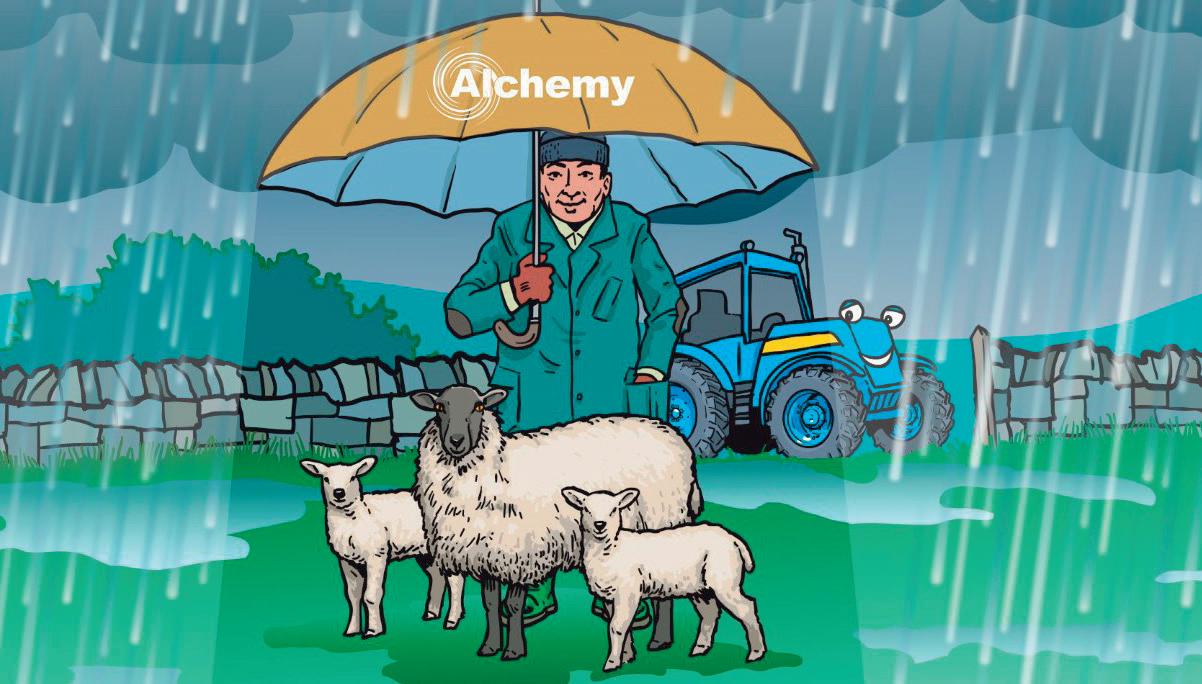


THE HEART OF AGRICULTURE
Farmers Guardian, Unit 4, Fulwood Business Park, Caxton Road, Fulwood, Preston, Lancashire, PR2 9NZ
Editor Olivia Midgley, 07787 240 750 olivia.midgley@agriconnect.com
Head of News and Business Alex Black, 01772 799 409 alex.black@agriconnect.com
Chief Reporter
Rachael Brown, 07974 039 778 rachael.brown@agriconnect.com
News and Business Reporters
Jane Thynne jane.thynne@agriconnect.com
Chris Brayford, 07773 110 733 chris.brayford@agriconnect.com
Business Reporter Cedric Porter cedric.porter@agriconnect.com
Arable Technical Specialist Ash Ellwood, 07786 190 188 ashleigh.ellwood@agriconnect.com
Head of Machinery and Farm Technology
Toby Whatley, 07583 054 831 toby.whatley@agriconnect.com
Machinery Reporter James Huyton, 07787 242 185 james.huyton@agriconnect.com
Head of Livestock
Katie Jones, 07786 856 439 katie.jones@agriconnect.com
Head of Livestock Sales Angela Calvert, 07768 796 492 angela.calvert@agriconnect.com
Livestock Specialists
Ellie Layton, 07814 997 407 ellie.layton@agriconnect.com
Katie Fallon, 07815 003 227 katie.fallon@agriconnect.com
Online Editor and Features Editor Emily Ashworth, 01772 799 446 emily.ashworth@agriconnect.com
Picture Editor Marcello Garbagnoli, 01772 799 445 marcello.garbagnoli@agriconnect.com
Sales Director Stephanie Ryder, 07917 271 987 Stephanie.ryder@agriconnect.com
Group Publisher Ben Briggs ben.briggs@agriconnect.com
Circulation
Subscription hotline 0330 333 0056 help@subscribe.farmers-guardian.com
Newstrade enquiries 01772 799 434 UK print subscriptions £189; Europe: £226.80; RoW: £283.50.
FG digital subscriptions: £109
News trade distribution
Seymour Distribution Ltd, 2 East Poultry Avenue, London, EC1A 9PT. Tel 0207 429 4000, Fax 0207 429 4001
PublishedbyAgriconnect
The plastic used
After being elected as NFU president, Tom Bradshaw spoke to Rachael Brown as he finds his feet in his new role.
IN a week which the newly elected president Tom Bradshaw announced he was stepping down from his director role on the Red Tractor board and backed the ‘discontinuation’ of the Greener Farms Commitment (GFC) module, the NFU president has also confirmed he would be taking a step back from social media.
Deputy president David Exwood will take on the Red Tractor role.
Speaking to Farmers Guardian, Mr Bradshaw reflected back on October last year, when farmers first learnt about GFC.
Mr Bradshaw faced backlash online from farmers and the wider industry, after he shared a post which claimed the NFU had ‘no involvement’ in the development of the GFC.
The governance review, published by Campbell Tickell last month, has since outlined the GFC development had been agreed by the board in March 2021 and, since then, the NFU has been ‘duly briefed’ at various formal meetings.


Looking back to the events surrounding GFC, Mr Bradshaw said it was the most difficult time he had faced in his working life.
“As soon as I turned off social media the pressure went away,” he said.
On reflection, when asked about whether he regretted posting the message, he said, ‘being briefed and being involved’ were very different things.
“We tried to get more involved with the development of the module and for our staff to have more oversight, but there was no formal way for that to happen.
“We made our views very clear through those briefings.
“We are where we are. For me it is essential that we stop looking backwards and we all start look-

ing forwards, on how we fix this relationship. We believe as a farming union, farm assurance is absolutely required. We are producing food and having standards, to demonstrate our safe, traceable food supply chain is essential.”
For the leader of any organisation, an easy question to answer is your biggest strength, but when Mr Bradshaw was asked what his weakness was, he said being put under pressure.
“I think when I come under real pressure, that is probably when I go into my shell. That is what happened in October,” he said.
“I now feel better equipped to deal with that because of those pressures I have been through.
“It is my first rodeo as they say, we have to learn as we go along.
“There will be times I will need the strength and expertise of the organisation and probably others outside to help me through,” he said.
But he added he knew members needed him to be visible and a leader, and getting the balance right was essential.
When Mr Bradshaw was asked what he wanted to be known for, he said he would love for members to feel connected to the NFU, adding that this was something he was ‘really passionate about’.

“They need to know what we deliver on their behalf day in day out and so, when they see the renewal comes through, they are not questioning what the NFU delivers for them,” he said, adding members’ problems were the NFU’s problems and the union’s role was to find solutions.
NFU communications has come under fire and Mr Bradshaw was keen to state that it was not broken, but they ‘can do better’ and they were going out on the road to engage with the membership.
When asked whether he was concerned about members moving away from the NFU to join other organisations, Mr Bradshaw said he believed ‘one co-ordinated industry united behind the NFU’ was how to deliver change.
“I am not here to censor the voice of any farmer, we want to amplify the voice of the farming industry. But if we have disenfranchised members that are part of other groups, we need to make sure they see the value of NFU.
“And that is my job, Rachels’ [Hallos, vice-president] and David’s [Exwood, deputy president]. It is the whole organisation’s job to make sure they want to be part of the NFU and be proud of the NFU and that they will want to rejoin in the future.”




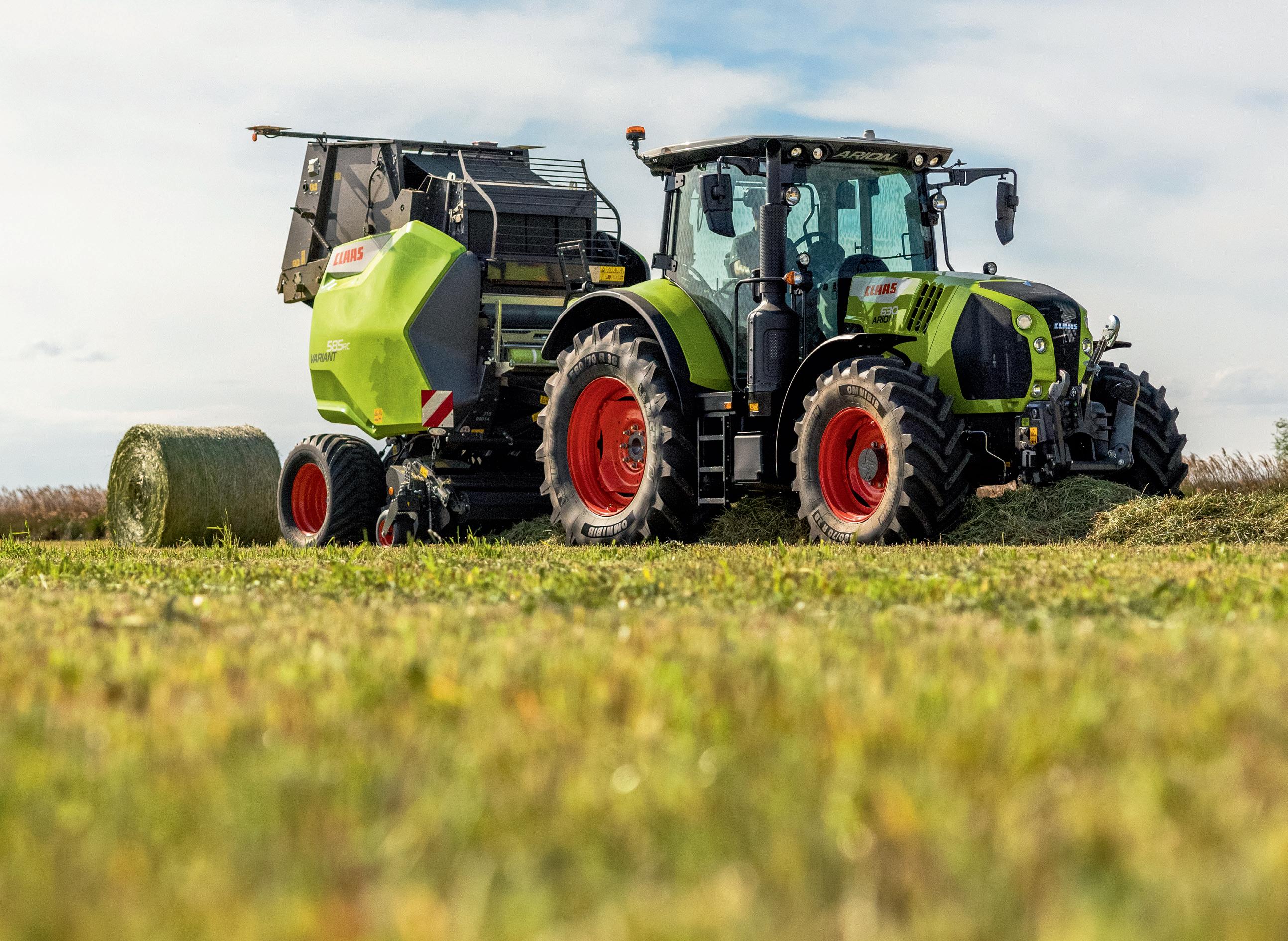
Offer available on all round balers.
Closing date 31st March 2024. Finance for business users only. Terms and conditions apply.*
With 0% nance and immediate availability, get your round baler today. Call your local dealer for further details.
claas.co.uk
*Finance
THEWelshGovernmenthas comeunderfireforthedelayed implementationofascience-led TechnicalAdvisoryGroup(TAG)to adviseonscientificandtechnical aspectsofbovineTBcontrol.
Itfollowsajointstatement lastweekfromRuralAffairsMinister LesleyGriffithsandtheFirstMinister announcingtheappointmentofa bTBTAG.ButWelshConservatives questionedthetimingofthe announcement,withthestatement releasedlessthan24hours beforethefarmers’protest outsidetheSenedd.
ShadowMinisterforRural Affairs,SamuelKurtz,saidwhile theideawaspositiveinprinciple,he questionedhowseriouslytheWelsh Governmentwasactuallytreatingit.
Hesaid:“Afterbeingannounced inJuly2022,ittookuntil24 hoursbeforethelargestprotestof farmersinWalesattheSenedd,for invitationstojointheTAGtobesent.”
NFUCymruTBFocusGroup chair,RogerLewis,saidthecreation ofTAGhadbeensomethingithad recommendedformorethantwo years.Hehopedthegroupwould beupandrunningquicklyand wouldbeabletorecommend ‘immediatechangestothe on-farmslaughterpolicy’.
MrLewissaiditwasvitalthat ideasandpoliciesgeneratedfrom TAGworkedon-farm,adding theNFUCymru’sTBfocusgroup ‘standready’toworkwiththem.
AWelshGovernment spokespersonsaiditwasdetermined toeradicatebTBinWalesandthe TAGwouldplayakeyrole.
“Appointmentlettershave beenissuedtocandidatesand oncethefinalchecksarecompleted themembershipwillbeannounced,” theysaid,addingthatthefirst prioritywouldbetolookatthe on-farmslaughterpolicy.

A SYMBOLIC display of 5,500 wellies was placed on the steps of the Senedd in Cardiff on March 6 to represent the 5,500 agriculture jobs forecasted to be lost through the Sustainable Farming Scheme if there was a 100 per cent take up of the scheme across the country.
THE farming industry has warned ‘time is very much against us’ with the Welsh Government still sticking to its plans to launch the Sustainable Farming Scheme (SFS) next year, adding how the incoming First Minister chooses to use the next few months to rethink SFS proposals and listen to farmers concerns would be ‘crucial.’
Leaders from both farming unions, sat down with the Rural Affairs Minister, Lesley Griffiths, this week as part of their final push to lay out farmers’ frustrations, with the final consultation for the
A NEW programme which seeks to help farmers on their journey to net zero and more sustainable farming practices has been unveiled by retailer Morrisons in partnership with Harper Adams University’s School of Sustainable Food and Farming.
The details of what The Morrisons Sustainable Farm Network has to offer were explained to members of its Morrisons supply chain at a farm-
er engagement event at the company’s Skipton store.
Technical and sustainability director of manufacturing at Morrisons, Sophie Throup, said: “We are hoping to link them up to industry specialists, academic expertise and crucially, other farmers. Participating farms will be leading examples of the ways in which we can hone our practices as we transition towards a more sustainable future.”
scheme coming to a close.
Both NFU Cymru and the Farmers Union of Wales (FUW) have long warned of the impacts of aspects of the SFS proposals – not least the 10 per cent tree planting and habitat requirements – on the farming sector’s viability.
NFU Cymru president Aled Jones said: “We left Ms Griffiths in no doubt over the mounting strength of feeling and seriousness of the situation.”
He said he impressed on her the need for a ‘long-term commitment to a stability payment’ within the SFS, which recognised the economic, environmental, social and cultural contribution of Welsh farming and food production.
We left [Lesley] Griffiths in no doubt over the mounting strength of feeling and seriousness of the situation
ALED JONES
“We are clear that no decisions on next steps for the SFS should be undertaken until this economic assessment has been completed,” adding if necessary, the SFS should be paused until such time.
FUW president Ian Rickman said the ‘practical and bureaucratic barriers’ within each of the 17 universal actions needed to be addressed, as well as the payment methodology to ensure it goes beyond income foregone and costs incurred.
He said: “I truly hope these messages are now being realised and will be actioned.”
Current bovine TB policy in Wales was also a constant source of frustration and anxiety for farmers.
A motion tabled by Plaid Cymru last week to establish bTB policies which reflect wildlife as a source of infection and addressed on-farm slaughter was voted down in Senedd, hours after thousands of farmers gathered to protest.
Mr Rickman said the votes reflected ‘party political priorities, rather than real consideration of facts’.
“This is history repeating itself since two years ago Plaid Cymru’s motion to annul the Control of Agricultural Pollution ‘Nitrate Vulnerable Zone’ regulations was lost by 30 votes to 27,” he said.


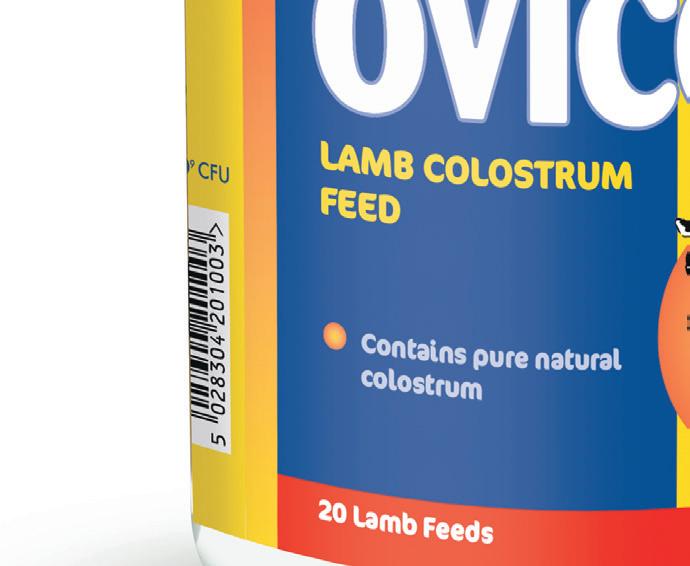



OVICOL®, Britain’s premium lamb colostrum, costs a little more than its competitors. Roughly 50p per lamb more.
But don’t think of it as a cost – more of a smart investment with a very healthy return. Here’s what sets OVICOL® apart from the competition...
For 30 years farmers have come to rely on OVICOL® for fast, easy, no hassle mixing. When you’re up against it you can always rely on OVICOL® to mix well and stay in suspension.
OVICOL® has an extremely high fat content, which mirrors that of the mothers’. This ensures all lambs get the energy necessary to get up and go!
OVICOL® contains 100% pure, natural colostrum with absolutely no manufactured by-products. This ensures a feed that’s as close as possible to mum’s own.

CONCERNS British farmers are being subjected to unfair export checks as a result of the UK Government’s Free Trade Agreement (FTA) with Australia have been raised by an industry leader.
Chief executive of the British Meat Processors Association, Nick Allen, has outlined his fears in a letter to the Secretary of State for the Department for Business and Trade, Kemi Badenoch.
He asked the Minister to explain why domestic farmers are being forced to complete a ‘protracted export approval’ process while the UK has listed Australian Lamb as ‘low risk’ –meaning an export health certificate (EHC) is not required, while beef has been designated ‘medium risk’ which allows the UK’s new simplified EHC to be used.
Mr Allen told Ms Badenoch: “We feel UK farmers would be deeply concerned if it emerged we are prepared to import Australian meat and meat products without restriction, but are unable to export to that market despite there being an FTA.”
 By Chris Brayford
By Chris Brayford
WEEKS of wet weather have had a profound impact on the health and well-being of farmers after winter rainfall.
The Met Office published statistics on March 1 indicating England and Wales had both its warmest and wettest February on record.
Parts of Central, Eastern and Southern England had witnessed the wettest February since records began in 1836, with 445.8mm of rainfall.
Angus Gawthorpe, mixed-arable farmer from the Vale of York, said the pressures faced by growers because of the weather had placed a toll on his mental health.
He added: “The past year has seen a lack of crops growing in the ground
OCADO has become the fourth retailer to back the campaign for a ‘Buy British’ tab online, after farmers said they wanted supermarkets to do more to enable consumers to have the option of buying British produce.
Ocado joins Morrisons, Sainsbury’s and Aldi, who have already signed up to the campaign, and it is hoped more retailers will now follow.
The Conservative MP for Bosworth, Dr Luke Evans, led the campaign from the outset, with the support of more than 125 MPs and the NFU, who
wanted supermarkets to make it easier for the general public to choose British produce online with a ‘Buy British’ tab.
Amit Chitnis, chief commercial officer at Ocado Retail, said: “Our Best of British aisle comes in response to a rising demand from our customers for more homegrown produce.
“We are proud to have gathered a range of 800 quality products which are British all year round in an easyto-shop aisle on site spanning fruit, vegetables, meat, eggs and dairy.”

due to the sheer amount of rainfall. It is quite depressing and places a huge burden on the well-being of farmers who have been placed in appalling situations from the weather.
“We need help urgently to give us some chance of planting our crops for the spring and summer.”
Jack Ward, chief executive of the British Growers Association, said the pressure placed on farmers had been ‘distressing’ to witness.
“The problem of planting has pretty much plagued farmers since autumn when storms affected places such as Lincolnshire quite badly,” Mr Ward said.
“There has been disparity between the planting of old and new season crops because farmers just have not been able to get on the land.”
He added a lack of returns and lost products had loaded an added financial burden on farmers.
He said: “It has placed a huge
weight on their shoulders with a lack of returns and lost products. I know many have thought about giving up due to the adversity they face.
“However, their enduring attitude to keep going is a shining example of their resilience.
“Consumers are really fortunate and lucky that farmers are continuing to farm and I think they should receive more gratitude for this.”
Defra said it had invested more than £5.2 billion to better protect communities and agricultural land from flooding and coastal erosion.
The Environment Agency said it has invested more than £150 million into flood management schemes, including the flood and coastal resilience innovation programme to develop, test and implement practical and innovative resilient actions in 25 local areas.


THE Government has refused to back down on its decision to move UK border checks a further 22 miles inland, despite a potential legal challenge and concern from MPs that its new Border Trade Operating Model (BTOM) risks exposing the country to diseases such as African swine fever.
In response to a series of questions raised by the Environment, Food and Rural Affairs Committee following revelations that 68 tonnes of illegal meat had been stopped at Dover in just over 12 months, Defra confirmed the ‘transitional grant’ – which had been paid to Dover’s Port Health Authority (DPHA) to carry out biosecurity checks – would be halted in
April once Phase Two of BTOM comes in to effect.
Replying on behalf of the Government, Lord Robert Douglas-Miller, Minister for biosecurity, animal health and welfare, said the DPHA would now have to reclaim costs from offenders.
However, Dover District Council, which oversees the DPHA, said the decision poses a threat to UK biosecurity and will mean a cut in Government funding of more than £3.5 million over the coming two years, which the town’s taxpayers could now be forced to shoulder.
Councillor Kevin Mills, council leader, said: “Defra is backing Dover District residents into a corner, expecting them to pick up the tab for vital national biosecurity checks. The DPHA has clearly demonstrated its expertise.

Dover’s Port Health Authority is now considering legal action against the Government over its decision to end physical checks of imported meat at point of entry.

“If these proposals remain unchanged we will have no option but to scale back the biosecurity of the nation to protect local services for local taxpayers.”
The DPHA is now also considering legal action against the Government over its decision to end physical checks of imported meat at point of entry in favour of its Sevington base in Ashford, which is around 20 minutes’ drive away.
The issue was also raised in Lord Douglas-Miller’s communication in which he asked why anyone trading


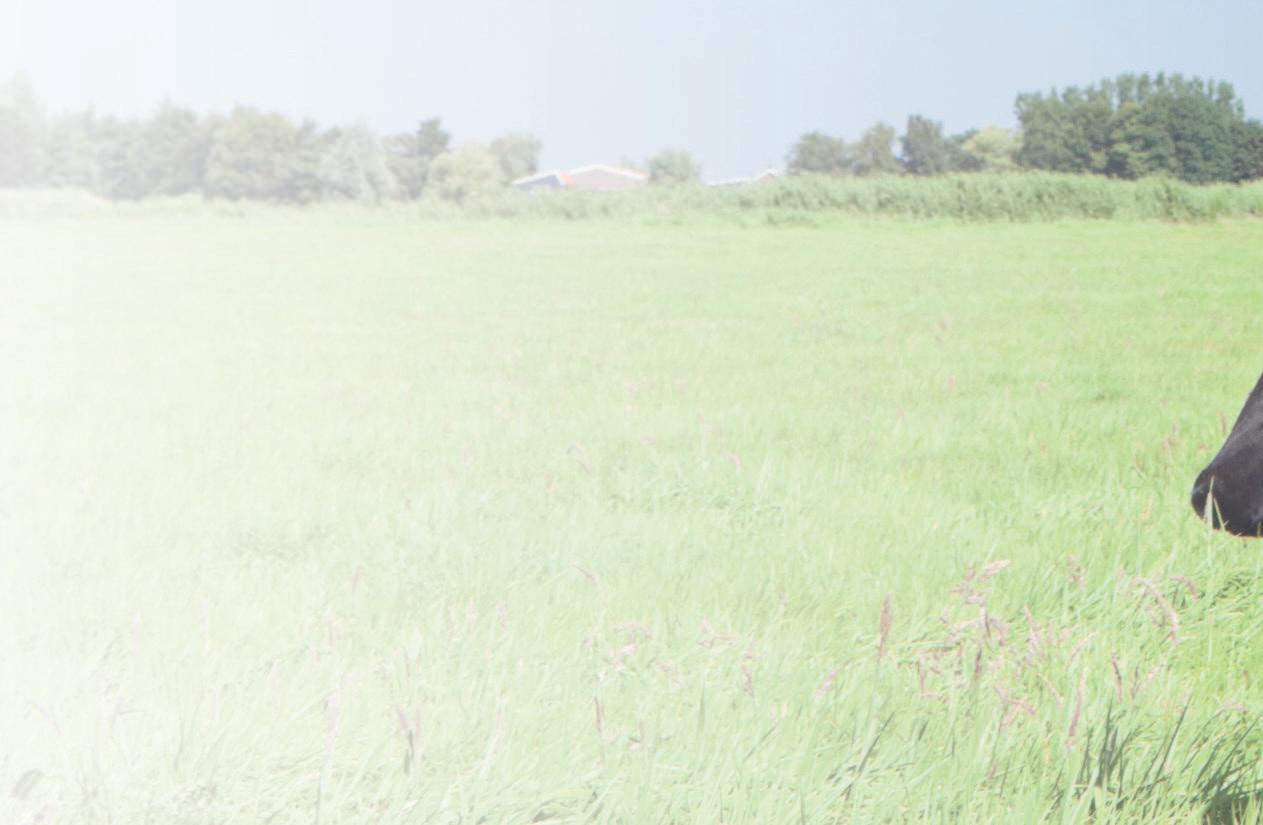





illegal meat would self-present at the new base. But Defra insisted its new ‘risk-based’, trusted-trader approach would remove the need for port examination.
Lord Douglas-Miller said: “This new design means fewer physical checks will be required at the border compared to earlier plans.”
The statement added the responsibility for illegal and smuggled goods will sit with Border Force which will carry out ‘intelligence-led checks’ at the point of entry. It said full details will be published in April.
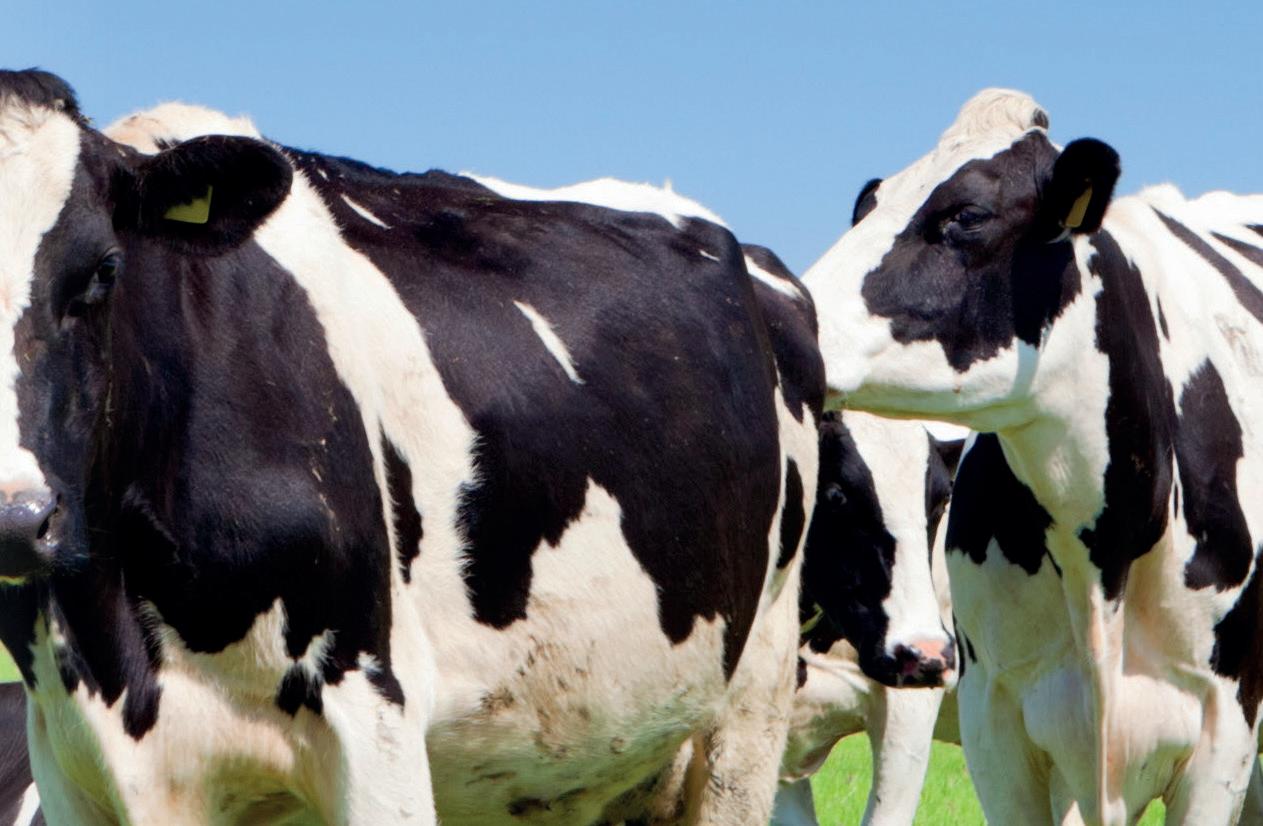






And finally...
With criminals taking aim at machinery and fertiliser, our focus on rural crime on p13 and p70-71 gives top tips on keeping your property safe from thieves.
IT seems difficult to imagine there is any way back for the Greener Farms Commitment (GFC) module given the strength of industry feeling for it to be dropped.
A joint statement demanding it be ‘discontinued’ by farming unions and levy body AHDB shows the scale of opposition Red Tractor is facing, especially if it chooses to turn a blind eye. But as frustration continues to simmer, Red Tractor’s position remains the same: the GFC module has been put on hold ‘for now’.
Most farming organisations agree assurance in some form is vital, and as chair of AHDB Nicholas Saphir says – Red Tractor has an important part to play within that, as does sustainability and the push towards greener food production. But, as Mr Saphir also points out, any move in that direction must offer value to farmers and be produced alongside them.
The development of GFC has fallen well short of any co-design, as its progression exposed a lack of communication and trust between Red Tractor and its members – something which farmers have long


bemoaned. This level of distrust must be ‘urgently’ repaired if Red Tractor is to get farmers back on side.
It is an issue that has also plagued incoming NFU president Tom Bradshaw who, while deputy, publicly denied the union had any involvement in the bolt-on module. When this was discovered not to be the case, it is fair to say he did not do himself any favours, and neither did the union.
By his own admission, he ‘went into his shell’ as the pressure mounted.When asked if he regretted sharing the defensive post, Mr Bradshaw did not answer. What he did say was last October ‘was one of the most difficult times in his working career’.
This week’s show of support from NFU and AHDB has been warmly received by farmers. And with Mr Bradshaw now stepping down as director of the Red Tractor board, he will be hoping, in his words, ‘to start looking forwards’.
Red Tractor says balancing the ‘differing views’ across the supply chain is difficult at any time. But the level of opposition is now loud and clear.
‘I have always considered my future in agriculture’
Family farm: Ihavealwayslivedonmy Wiltshirefamilyfarmwithmyparents andtwinsister.Wearearableandlivestock,including800breedingLlyenewes whichwelambinJanuaryandMarch.
Farmingisinmyblood,withboth parentshavingastronghistoryand connectiontotheland.
Havinggrownuponafarm,Inever consideredmychildhoodanydifferent tomypeersuntilsecondaryschool whenmyhomelifeseemedtofascinate myfriendsandteachers.
Duetothisupbringing,Ihavealways consideredmyfutureinagriculture.
Education: Iamcurrentlyinmy secondyearstudyingagricultureat HarperAdamsUniversity,whichhas openedmyeyesuptomoreofa modernfarmingapproach,withinputs fromlecturesandstudentshelpingto broadenmyfarmingknowledge.
WhenIwas12,IjoinedChippenham YoungFarmers’Club.Imetalotoflike-
mindedpeopleandgainedfriendsfor life.ThroughYoungFarmers,Ialso establishedapassionforstockjudging.
Mystudieshaveenabledmetodelve deepintomyenthusiasmforlivestock whichisfantastic.
Shows: Iwasluckyenoughtoqualify tostockjudgeattheGreatYorkshire Show,BathandWestShow,andthe EnglishWinterFair.
IalsocompetedinYoungStockman oftheYearformycountryandarea,at SouthWestareaandnational competitionswhichprovidedmewith valuableskillsandexperience.
ThroughuniversityIhavegainedalot ofbusinessknowledge,withabetter understandingofhowtorunabusiness andthefinancialandlegalstepsthat mustbetakentobesuccessful.
Ihavealsogainedawider knowledge,withmyexperience previouslybeinglimitedtothehome farmandneighbouringfarmsbefore

meetingpeoplefromallovertheUK whofarm.
IstartmyplacementyearinAugust attheFarmConsultancyGroupwhich isfantastic.IwillbebasedinWiltshire butwillhavetheopportunitytoseethe group’sbasesacrosstheUK.
ThisreallyexcitesmeasIhopeto workinconsultancyandpotentially start/runmyownbusiness.
Passion: Mypassionforfarminghas evidentlycomefrommyupbringingon afarmandIwishtohavethe
opportunitytoshareapositiveandreal sideofanindustryIliveinandIam enthusiasticabout.
Withinagriculturetherearesome majorchallengestheindustryfaces.
Inthepublicsphere,therehasbeen achangeinthewayhealthylifestyles areviewedandthewayinwhichfood isbroughttoourplates.
Ifeelitiscrucialforthefutureof farmingthatthepublicareeducated moreonwhatfarmingistrulylike.
Farmersalsoneedtoviewthe publicasbuyersofthefoodweare producing,andweneedtowork togethertobringqualityandfairly pricedfoodtoourtables. MORE
If you would like to be featured, email chris.brayford@agriconnect.com
WALES’ Government hypocrites want Welsh farmers to grow trees on 10 per cent of farmland.
These figures are just for wind turbine sites only – I do not have figures for all of Wales.
We need to ask more new Freedom of Information (FOI) questions to Natural Resources Wales (NRW) which controls Welsh forestry.
NRW has released statistics under FOI about healthy immature trees felled in Wales to make clearance for wind turbines on state forest land.
For wind turbines on four sites 1,938,400 healthy trees were cut over an area of 1,155 hectares. Pen y Cymoed saw 732,320 trees cut; Brechfa 330,880; Cefn Croes 568,000 and Clocaenog 307,200.
I have been trying to calculate the amount of atmospheric carbon capture lost in this process.
It can vary depending on the type of tree – I have used the Sitka spruce data as it is the most common Welsh forestry tree. It can also vary with prevailing weather and altitude.
These calculations could be described as ‘back of an envelope’ figures but they do give a serious estimate.
This does not include trees on farmland and hedgerows along approach roads to the four sites – they would have been mostly deciduous.
Things to note are:
■ These trees cannot be replaced at these sites as they are the areas of the massive concrete wind turbine bases; the network maze of hard surfaced vehicle service tracks to each and every wind turbine; and corridors for the outgoing power line cables.
■ The calculations do not include the very extensive and considerable mass
■


of foliage growth and thin branches and large tree root growths which do not count in the following timber calculations.
Figures obtained from reliable forestry websites:
■ Such forestry generally produces about 16cu.m of timber per year per hectare and such trees are frequently harvested at 40 years (and then replanted). This becomes 16 x 1,155 x 40 = 739,200cu.m.
■ Such timber weighs in at about 0.8 tonnes per cu.m, which is 693,000 x 0.8 = 591,360t of timber, which is 50 per cent carbon = 295,680t of carbon element, or, via photosynthesis, 971,520t of carbon dioxide.
The new ‘green God’ replacement religion rules. It is blasphemy to challenge it.
Ioan Richard, Via email.
John Benson having an early driving lesson in the summer of 1967 from his father, Arthur Benson, in Malpas Cheshire. Arthur was always wearing a regulation flat cap, with one for work, one for the auction and one for going out at night. The tractor was a Nuffield.
Sent in by John Benson.
IN response to Graham Bottley’s comments questioning the genuine motives of the ‘No Farmers, No Food’ campaign in last week’s letters page.
As a British farmer, while being passionate about my farm and my environment, who, like many primary producers, being at the poor end of the food supply chain, I feel we are fighting for our very own survival, despairing at the unchallenged and ever increasing regulatory burden, along with the greening agenda that we are facing.
I despair at these unhelpful comments from the likes of Mr Bottley, with his attempt to discredit this ‘No Farmers, No Food’ campaign as being run by ‘right wing conspirators’.
This, along with his unwarranted criticism of those behind the campaign along with others, is just clearly
because he personally opposes their views and opinions. What should be a red flag is the very real concerns of productive farmers and it is these sorts of comments and slights that are of concern.
Farmers who are embracing these campaigns are doing so in desperation for their very own future, these comments are not only unhelpful but, diabolical and typical of the conspiracy theorists of the liberal left, who are always desperate to attempt to discredit those who question their agendas and motives, and swift to slate them as ‘right wing extremists and climate deniers’.
I do not accept his disingenuous comments and neither do my fellow farmers.
David Brookes, Uttoxeter, Staffordshire.
uniform resource locator (URL), clickstream and length of visit. How we use the information you provide: We will use your personal information: • to administer the Competitions, on the basis that the use of your personal data for this purpose will be necessary to enter you into the competitions and, if you are successful, contact you to notify you of your prize; and, • if you are new to Farmers Guardian and where you have agreed to this, to provide you with news and updates from time to time about our services; and, if at any point in the future you do not wish to receive any news and updates from us or from, you can unsubscribe from our marketing list at any time by following the steps below. To unsubscribe from any communications using the link on the email we send you or by emailing us at dataprotection@farmersguardian.com. We will not use your information for any purposes except those listed in this policy without letting you know and getting your permission, if necessary, first. Who do we share your information with? We will not disclose your information to any third parties without your consent, except where: • it is necessary to enable any of our staff, employees, agents, contractors, suppliers or commercial partners to provide a service to us or to perform a function on our behalf; • we have a legal obligation to disclose your information (for example, if a court orders us to); or • there is a sale or purchase of any business assets, or where Farmers Guardian or any of its group companies are being acquired by a third party. Where we use third parties as described above to process your personal information, we will ensure that they have adequate security measures in place to safeguard your personal information. For how long do we keep your personal information? We keep your personal information for 36 months for the purposes for which it was collected or for any period for which we are required to keep personal information to comply with our legal and regulatory requirements, or until you ask us to delete your personal information. Your rights: You have a number of rights in relation to your personal information. These include the right to: • find out how we process your personal information; • request that your personal information is corrected if you believe it is incorrect or inaccurate; • obtain restriction on our, or object to, processing of your personal information; • ask us not to process your personal information for our own marketing purposes; and • obtain a copy of your personal information which
SUGAR beet growers have been granted access to seed treated with neonicotinoids after it was revealed the virus yellows infection rate had risen to more than 80 per cent this season.
The British Beet Research Organisation said the national forecast – which was more than 20 per cent higher than 2023 – provided by Rothamsted Research related to the proportion of the crop that was expected to show virus yellows symptoms in the absence of any control measures. The body also said the expected arrival of aphids in crops was estimated to be April 10.
The forecast meant growers would now have access to the previously

banned Cruiser SB treatment after the 65 per cent risk threshold was surpassed, triggering emergency authorisation by the Government.
Prof Mark Stevens said the warmer weather across January and February had prompted the higher forecast.

“Last year [2023] saw a very mild winter, with temperatures averaging at 5.9degC. However, this year has seen even milder temperatures of 6.4degC which has led Rothamsted to elevate its forecast,” he said.
This, coupled with wetter conditions, could prove problematic.
“February’s weather was almost what we would expect in April,” he said, adding that some non-flying aphids had already appeared.
“However, for those farmers left with wet fields and who are considering planting later, the risk of virus yellows will be much greater, which means the use of Cruiser SB will be essential.”


NFU Sugar board chair Michael Sly welcomed the move, saying it would come as a ‘relief’ to growers who had seen drastic losses in the past.
“This independent, scientific forecast is a clear indication that British sugar beet growers are facing a significant threat from virus yellows disease this year,” he said.
“The emergency authorisation granted by the Government for growers to use the neonicotinoid seed treatment in a safe, limited and controlled way gives them a crucial tool to help manage the aphids which spread the disease and can decimate crops.”
FARMING Minister Mark Spencer has raised concerns over the appointment of a tenant farming commissioner.
During a meeting with the Minister, Tenant Farmers Association chief executive George Dunn said Mr Spencer believed appointing a commissioner risked creating something which could end up restricting the tenanted farming sector further.
Mr Dunn said the Minister reassured him that, despite his concerns, he would still look at the evidence and listen to views.
When approached by Farmers Guardian, Mr Spencer declined to comment on the matter.

However, a Defra spokesperson said: “As we committed to in our response to the Rock Review, we recently ran a call for evidence on encouraging good practice in the tenanted sector and are exploring the proposal
for a tenant farming commissioner.”
The call for evidence closed in February. Defra is now considering responses.
The meeting also discussed the implementation of Rock Review recommendations. Mr Dunn said he ‘took issue’ with the claim made by the Minister at the NFU Conference that 60 per cent of Baroness Kate Rock’s proposals had been put into effect.
He said there were key aspects yet to be determined, including legislative change, taxation reform and improving compensation for tenants losing land to development.
Mr Dunn also raised the issue of landlords, in particular those who were resuming land to put in their own name to access the Sustainable Farming Incentive. In response, the Minister said he would be seeking to introduce checks and balances into the system.
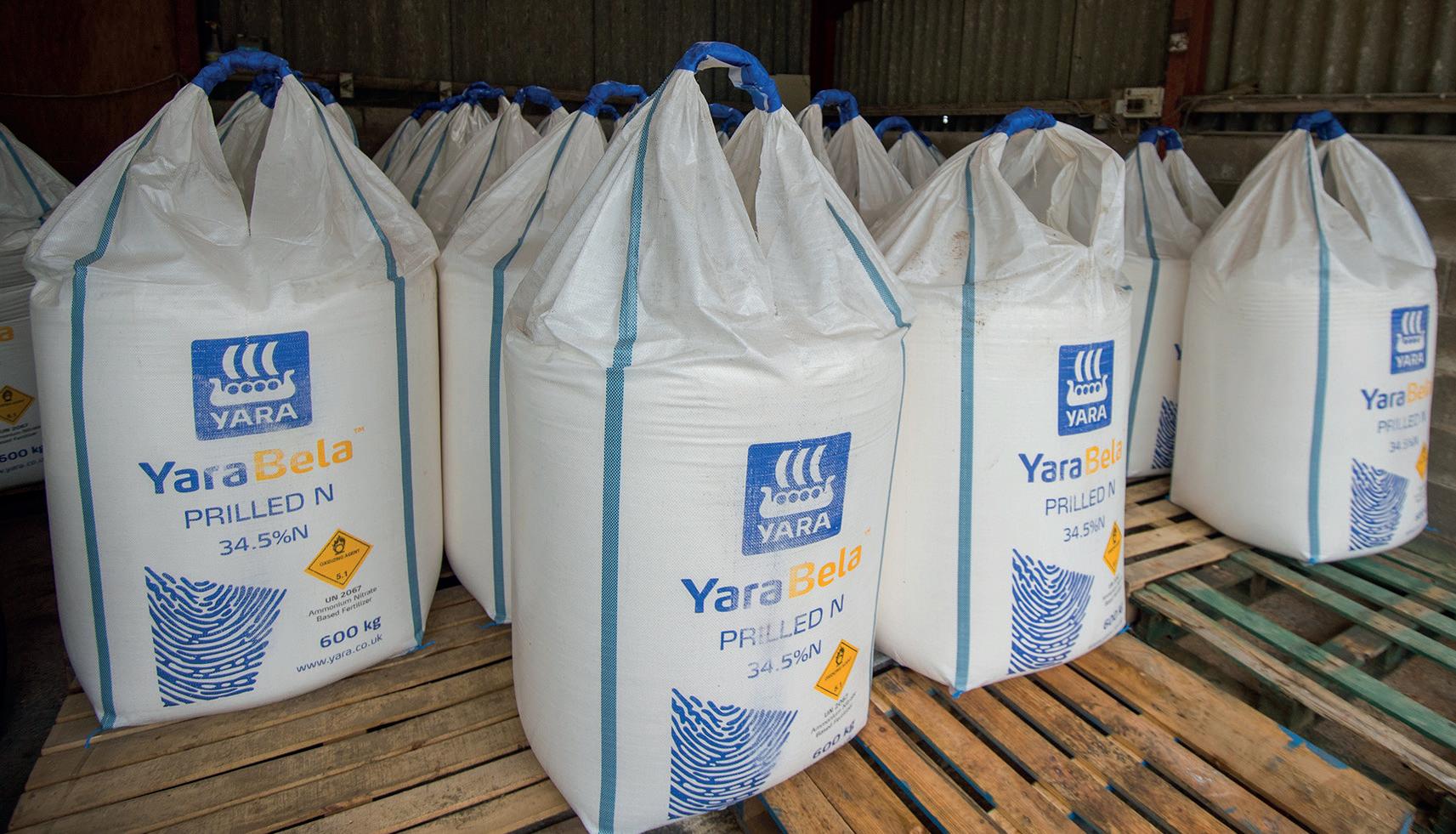
NFU Mutual has urged farmers to take action to safeguard their pickup trucks against the perils of ‘sophisticated thieves’ targeting vehicles.
Working alongside the National Rural Crime Unit, the rural insurer said it had seen an increase in the thefts of pickups from farms and rural locations around the UK, with newer models targeted by sophisticated criminals who compromise keyless entrance systems.

Fertilisers can pose a risk if they fall into the hands of criminals.
WITH poor weather hampering efforts to deliver essential nutrients to crops, the Agricultural Industries Confederation (AIC) has urged farmers to be vigilant against the risks of fertiliser theft.
The AIC has provided advice on how to follow safe handling and to store fertilisers safely due to the risks it can pose if products fall into the hands of criminals.
In particular, nitrogen-based fertilisers could be ‘exploited’ in criminal activities such as terrorism – posing a serious threat to the public.
Anyone handling these products has a responsibility to securely store

fertiliser and be vigilant against safety risks.
Roberta Reeve, AIC services technical manager, said: “As farmers gear up for what may prove to be a hectic spring application window because of poor weather, it is vital they do not forget their responsibility to keep fertilisers safe and secure at all times.
“By following the simple guidance on the storing and handling of fertiliser, farmers and growers will help to deter thieves and keep the public and the environment safe from harm.”
The AIC operates the Fertiliser Industry Assurance Scheme (FIAS), which ensures the security, safety and traceability of fertilisers meets the robust safety requirements of the Government and the wider industry.
AIC advised using an FIAS approved supplier where possible, keeping fertiliser in a secure place away from public view, carrying out regular stock checks and reporting any losses to police. It also advised avoiding leaving fertiliser in a field overnight.
Farmers were also told to be aware it was illegal to resell ammonium nitrate fertiliser without the correct documentation, and any suspicious sales activity should be reported to the police and the Home Office.
It should not be advertised for resale on auction sites, local and trade magazines or social media.
Farmers may also be able to sell nitrogen-based fertilisers which are no longer needed back to suppliers.
For more on rural crime and security, see pages 70-71.
Detective constable Chris Piggott, of the national construction and agri thefts team, said Toyota Hi-Lux were being targeted by organised criminal gangs, with officers seeing a general rise in crimes rising during 2024.
He said: “Most Toyota Hi-Lux vehicles are less than five years old and are being electronically compromised without any need to access the vehicle keys. It is therefore worth doing all you can to fortify your vehicle.
“The Midlands and the south east of England have been worst affected recently, but we know criminal gangs often move between regions, so everyone should stay on alert.”
■ Keepthevehiclelockedat alltimeswhennotinuse
■ Fitanaccreditedalarmfor securityandatrackingdevice tolocateyourvehicleifstolen
■ Fitamechanicalimmobiliser,such asasteeringwheelorpedallock
■ Thievescantargetcomponent parts,somarkthemusingaforensic markingsolutionorsystem
■ Keepthevehicleinalockable buildingifpossibleorparkin well-litareaswhichareoverlooked
■ Ensureanyvaluablesare removedfromthevehicle


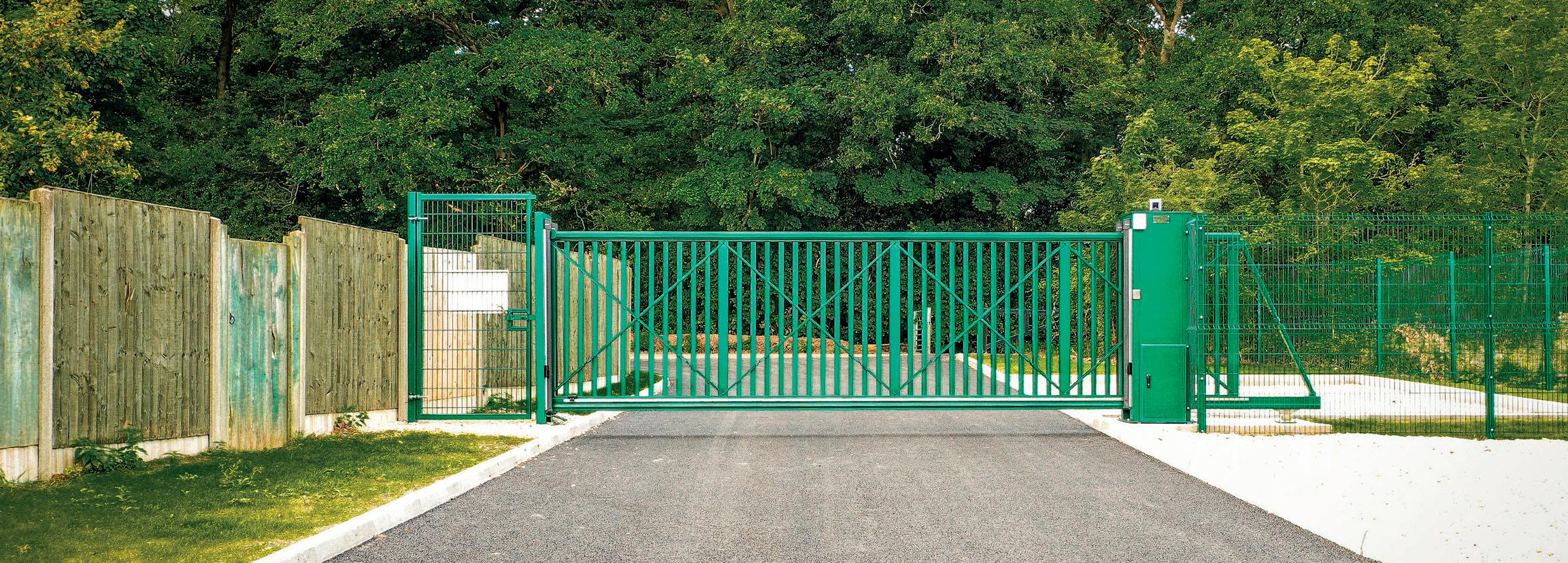


As major milk buyers announce price rises for March and April, Cedric Porter takes a look at the market ahead of the spring flush.


MILK prices have firmed up again with more evidence some dairies are willing to pay extra to secure supply and attract producers.
Arla announced a €0.01/kg increase in milk price for March which means an 0.88ppl increase in the conventional manufacturing milk price to 40.06ppl and a 0.85ppl increase in the conventional liquid price to 38.43ppl.
Those prices are the highest since March last year, but still 23 per cent lower than the all-time high at the end of 2022.
“As we move through the first quarter of 2024, a stable market outlook will be welcomed by our farmer owners,” said Paul Savage, agriculture director for Arla UK.
Dairy farmers supplying Muller who meet the conditions for Muller
Advantage will receive a milk price of 37.5ppl from April 1 2024.
This includes a 1ppl premium paid quarterly in arrears.
Richard Collins, head of agriculture at Muller, said: “We recognise the ongoing pressures for supplying farms and with the market looking stable, we will continue to do what we can to support, and protect security of supply.”
A drive for new producers from smaller dairies may be troubling the larger players.
Organic Herd (formerly OMSCO) has raised its standard April milk price to 50ppl for the organic milk it buys, with increases of 0.5ppl in each of the past two months. It has also announced a recruitment drive.
Sarah Ogborne, director of membership and communication at Organic Herd, said: “We are now signing carefully selected new
members to help meet increased demand for our organic milk and dairy products from both domestic and export customers.”
Organic Herd’s 50ppl milk price is 2.62ppl above Arla’s organic conventional price and 4.54ppl above its liquid organic price.
Newcomer Mona Dairy on Anglesey is also on the lookout
for suppliers. Its new dairy began cheese production at the beginning of March.
The dairy cost £23 million with support from Dutch investors and the Welsh Government. It has not published its milk price.
Another new dairy launched its new milk price for Welsh milk on St David’s Day.

Producers will be more optimistic with the edging up of prices in March and April, but for many, prices do not cover the cost of productionCHRIS WALKLAND
Pembrokeshire Creamery has announced an April milk price of 38.5ppl for the ‘industry-recognised’ liquid standard litre.
It will be the only liquid milk bottling facility in Wales certified to supply Welsh supermarkets.
Transporting
This will eliminate the need for transporting milk to England for processing.
Mark McQuade, managing director of Pembrokeshire Creamery, said: “It seemed fitting, on St David’s Day, to launch an April milk price for Welsh milk which we hope will be sufficiently competitive to attract farmers from across the region to consider us as a potential customer.
“We will be the only BRC certified facility to offer Welsh milk that is also bottled in Wales enabling us to offer an authentically Welsh milk supply for Welsh supermarket stores.
“This unique selling point gives Pembrokeshire Creamery, and the farmers who work with us, a strong point of difference in meeting the needs of both retailers and consumers who increasingly value locally-sourced produce,” he said.
Elsewhere, Barbers Cheesemakers has announced a 0.52ppl increase in its standard April 2024 milk price to 38.72ppl, while Saputo’s April price remains
unchanged at 38ppl. When asked, it said that it did not share information about farmer recruitment or cessations.
There is market support for higher prices.
January UK production was 0.6 per cent less than January 2023 at 1.239 billion litres, according to Defra, with 12-month output down 0.1 per cent to 14.855bn litres, the smallest total since the year ending December 2022.
AHDB tracked a further decline in February.
Meanwhile, wholesale UK butter prices rose 2 per cent in the four weeks to February 18, according to AHDB and were 24 per cent higher than February 2023 at an average of £4,850/tonne.
Despite slipping by 1 per cent in February, bulk cream prices were still 32 per cent higher than the year before.
Skimmed milk powder and mild Cheddar were 3 per cent and 4 per cent lower than in February 2023 respectively with a small drop during the month.
The Global Dairy Trade (GDT) auction introduced a negative tone to the market this week, with the average price in Tuesday’s sale down 2.3 per cent – the first fall in seven auctions.
That was driven by a drop in milk powder prices, with the skimmed milk powder price down 5.2 per cent. Butter prices were down 1 per cent. The GDT price index is 4.5 per cent higher than a year ago, but one-third lower than its peak two years ago.
“Producers will be more optimistic with the edging up of prices in March and April, but for many, prices do not cover the cost of production,” said dairy market commentator Chris Walkland.
“Much will depend on the strength of the spring flush. If it is subdued this year, then prices may rise again. Higher butter and fats prices are supporting the market, but that is being balanced by lower powder and Cheddar prices.”

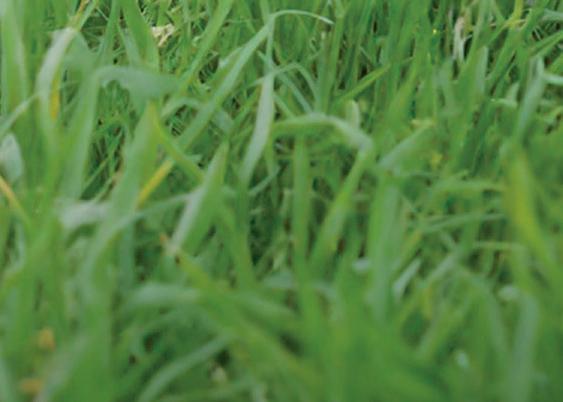
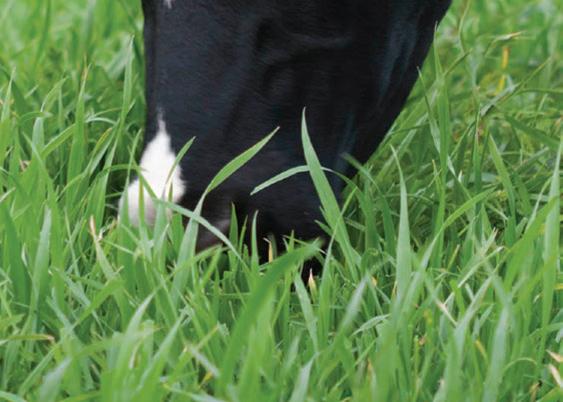

Feed your grass with Yara’s Booster range of fertilizers:
• Contains Selenium for healthier livestock
• Additional sulphur increases yield by 10-15% in first and second cut
• True uniform fertilizer – every granule contains every nutrient
• Apply NPKS by the end of March for best grazing results
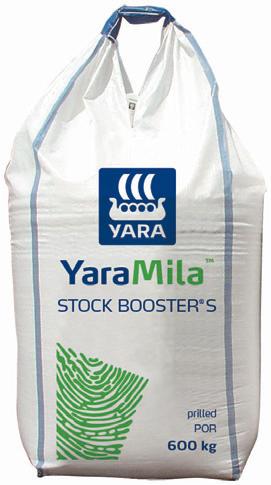



r‘Poor’ year for arable predicted in 2024
FALLING prices, historically high input costs and changing support were putting pressure on profits, according to farm business consultants Andersons.
Defra’s UK Total Income From Farming figures were at £8 billion in 2022, although could be revised downwards, said Michael Haverty, partner at the Andersons Centre.
At the first of Andersons’ spring seminars in London, Mr Haverty said: “Input costs remain at high levels and output prices have declined in the key cereal and milk sectors.
“We expect 2023 total income to be below £5bn, which would be the smallest total since 2016. Total income in 2024 might edge back above £5bn.”
Average cereal and milk income per farm was set to be half what it was last year, according to Andersons; down from £150,000 to £75,000 for English cereal farms and below £100,000 for dairy operations, when it was at almost £230,000 in 2022/23.
It was a similar picture in Wales and Scotland. Higher beef and lamb prices might support those sectors, while pig and poultry incomes were also expected to be a little higher.
“The high level of inflation has the effect of reducing profits too, and is also eroding the real-term value of support,” added Mr Haverty.
Using Andersons’ business models, its typical 600-hectare, 40 per cent owned, combinable crop Loam Farm model was expected to generate a business surplus of £321/ha in 2023; the lowest since 2016 and less than a third of the 2022 surplus.
A combination of reduced output due to lower prices and higher costs driven by forward purchasing during 2022 had hit the business. Direct support continued to fall, but this was outweighed a little by
With farm incomes expected to be down year-on-year for 2023, Cedric Porter spoke to Andersons about its outlook for 2024.


increased Sustainable Farming Incentive (SFI) payments. The pressure on income was expected to continue into 2024. Direct support would save Scottish cereal farms from making a loss in 2023 and 2024.
After two very profitable years, support payments would be the difference between profit and loss on Andersons’ English Friesian Farm model of 200 plus cows and followers. Increased milk prices, lower costs and greater income from SFI payments should increase the business surplus to 4.4ppl.
The picture was similar in
Scotland, although a lower margin from production than England, at -0.4ppl, was expected in 2023, and a higher margin from production in 2024 at 2.4ppl.
Higher costs hit Andersons’ 154-hectare Meadow Farm model in 2022/23, with a 31 per cent increase in costs during the year to £871/ha outweighing a 7.9 per cent increase in output and resulting in a loss of £2/ha. Business surplus was expected to rise in 2023/24 as costs fell, although Government payments
would be needed to deliver an overall profit in both 2023/24 and 2024/25. The maintenance of direct support in Scotland meant that beef and lamb producers saw a business surplus in 2022/23, although that was a fifth of what it was the year before.
The Welsh model moved from loss in 2022/23 to surplus in 2023/24 and loss in 2024/25.
There was evidence that British farmers had responded to the changes and challenges they had faced over the last few years by becoming more productive.
Defra figures showed that between 2022 and 2023, UK farming became 8 per cent more productive; the fastest change in the 22 years of the survey, outstripping improvements in food manufacturing, food retailing and the wider economy.
“We expect 2024 to be a poor year for arable businesses, moderate for efficient dairy farms and reasonable for other livestock units,” said Mr Haverty.
“For some, the challenges of the next decade might be too great to accommodate, but for others, the opportunities will be great and substantial.”
AHDB, in collaboration with Basis Research, has been looking at how producers and retailers can optimise red meat packaging and labelling.
While spend has increased over the past few years, volumes of red meat purchased have declined year on year since peaking in 2020.
The research revealed consumer preferences of what should be included on pack could be split into three main categories.
These were inspiring with foodie imagery, informing with health and provenance messaging and aiming to reassure consumers on the environment and farming.
For inspiration, shoppers were drawn to images of tasty, wellpresented dishes meaning having strong foodie imagery on the pack was essential.
Information on cooking times gave consumers more confidence, particularly for less familiar cuts.
Health and provenance information was liked by shoppers, particularly messaging around fat, vitamin and mineral content.
Highlighting British origin, farming methods such as grass-fed or free-range as well as any assurance schemes were also favoured.
Of those involved in the study and interested in health, 73 per cent said that ‘lean and low in fat’ messaging would encourage them to make a purchase, while only 35 per cent said that ‘regeneratively farmed’ would push them to buy.
LAMB markets have seen ‘incredible strength’, with Ramadan set to start this weekend helping to further boost demand.
A strong export trade, a positive demand period over Christmas, alongside a backdrop of constrained domestic supplies with a markedly lower carryover compared to 2023, point to ‘robust domestic market fundamentals’, according to AHDB red meat lead analyst Tom Dracup.
He said: “Combine this with the fact we are currently in a key purchasing period for some religious events, including Ramadan starting March 10, alongside an early Easter at the end of the month and Eid al-Fitr landing early April, it points to further domestic demand peaks in the near term.”
Longer term, he highlighted Qurbani on June 16, a key focus point for old season lamb and cull ewes.
“While trade both domestically and across the EU remains robust, we need to remain vigilant to wider global market factors,” Mr Dracup said, adding that with large price differencials between the UK and New Zealand and Australia, some Southern Hemisphere product may be looking to capitalise on the UK market.
Grace Randall, AHDB retail


Strong
insight manager, said British shoppers bought 80,000 tonnes of lamb from supermarkets in 2023, according to AHDB/Kantar, which was worth £852 million.
She highlighted that lamb purchases peaked in the month containing both Easter and Eid, with 28 per cent of the population buying lamb.
Important
Christmas was also an important event for lamb in 2023.
She anticipated retailers would continue to promote lamb through Easter, Ramadan and Eid al-Fitr and expected to see increased demand, but shoppers would scale back in the non-event periods due to the cost of living.
Hybu Cig Cymru (HCC) pointed
to all-time highs for deadweight lamb prices in February, while recent consumer demand for lamb has stayed steady despite the pressures on spending.
Glesni Phillips, HCC intelligence, analysis and business insight executive, highlighted a smaller lamb crop shown in the latest Defra annual June survey.
“As the current throughput of lambs up until December 2023 is ahead of what would be expected, given the size of the lamb crop, this could mean the market will likely experience a tightening in supply during the first few months of 2024,” Ms Phillips said.
With both the start of Ramadan and Easter in March, she highlighted it was likely supply ahead of these ‘key dates’ would be tight.



SHEEP imports from New Zealand fell in 2023 to just under 26,500 tonnes, a drop of 6,000t year on year, according to AHDB.
Frozen sheep legs saw the largest drops in imports, with fresh sheep legs the only category to see growth.
AHDB red meat analyst Isabelle Shohet highlighted production has started off the year slightly higher than 2023, with hotter weeks in early
February contributing to some drought-related destocking in both islands.
She said: “There are some similar concerns on the number of lambs available for slaughter, and therefore export.
“Industry commentary suggests that pressures on the number of lambs available to kill in recent weeks has provided some strength to prices,
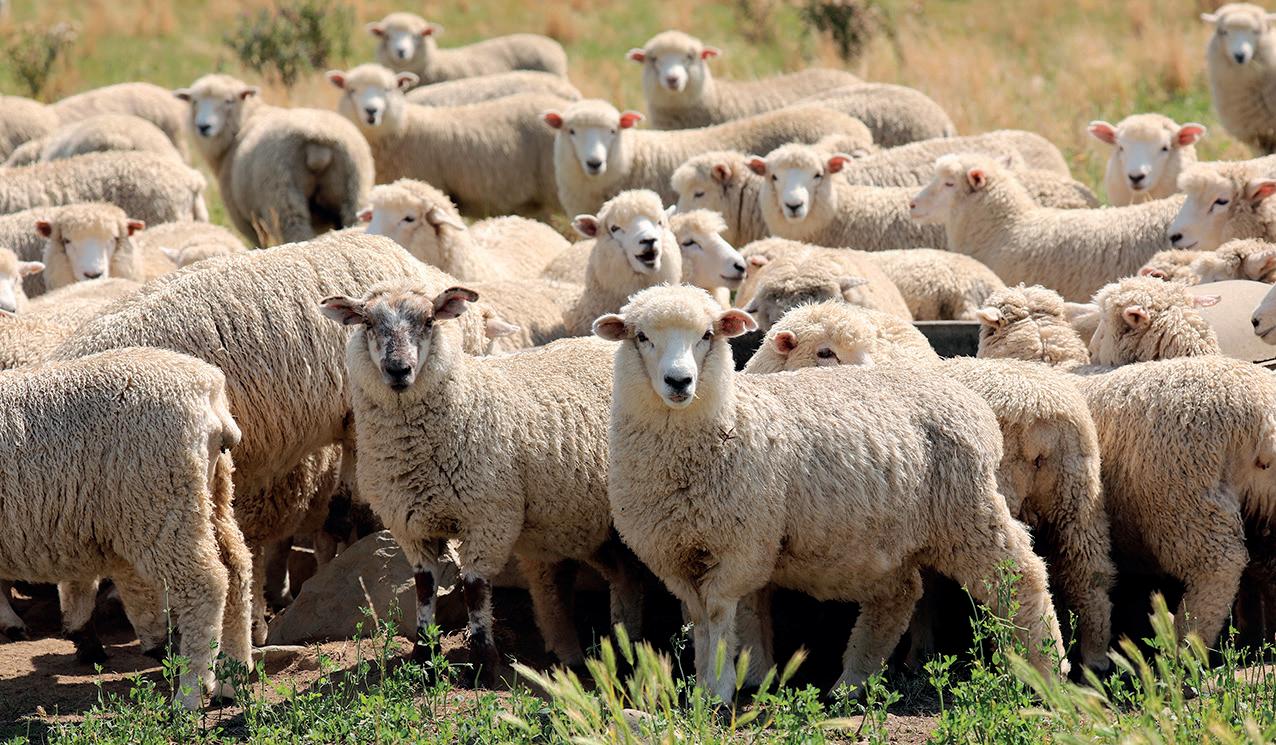







but farm margins remain lower than usual.”
Australian imports saw growth in volumes in 2023, reaching 11,400t, an increase of 1,800t from 2022, with increased volumes in the second half of the year following access from the free trade agreement.
Ms Shohet said: “Australian lamb slaughter is expected to climb slightly from its record-breaking high for 2023, especially in the first half of the year, with a higher carryover.”
However, production in the second half of the year looked to be lower.
Ms Shohet said southern hemisphere trade into the UK had been interesting in 2023, with Australia and NZ trade deals commencing at the end of May.
NZ and Australia provide the majority of UK imports.
But the amount was affected by trade with China, the Middle East and the US, which are the main focus for the two countries.
GLOBAL beef demand was likely to remain steady in 2024, despite the economic challenges and shifts towards lower-priced proteins, but trade flows are shifting.
According to Rabobank, beef retail prices have risen since 2019 and the impact of inflation in 2022 and 2023 added to the cost of living, pressuring consumer budgets and changing spending patterns across the world.
With consumers trending toward cheaper options in 2023, foodservice and retail companies began promoting value-based propositions more frequently, some of which outperformed.
and putting more pressure on household income.
He added: “Questions about economic performance, income levels, costs and the direction of monetary policy remain unanswered, but we expect overall beef demand to hold in 2024 and, therefore, consumption levels to remain steady.”
For production, Rabobank expected increases in Australia and Brazil would offset declines in Europe and the US.
Mr Gidley-Baird said: “Without strong demand pulling volume through the supply chain and bidding prices up, price setting falls back to the producer end of the chain and, with it, increased exposure to seasonal conditions and producer sentiment.”

















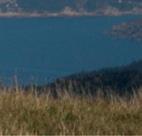




Angus Gidley-Baird, senior analyst for animal protein at Rabobank, said: “While there was some channel shifting and movement to lower-priced options for beef, overall demand held up relatively well in 2023, supporting consumption levels.”
Rabobank expected GDP growth rates to slow and unemployment rates to rise in many countries in 2024.
Rising unemployment suggested upward pressure on wages would ease, leading to a real wage decline
He questioned whether prices could be maintained or pushed higher to make up for consumption falls, or whether they would need to fall to encourage higher demand.
Chinese import demand was forecast to remain sluggish in 2024, at least in the first half of 2024.
With demand in the US market, beef was being diverted to the US instead. Rabobank expected the US was likely to lead the price-setting market, but value would remain the most predominant theme across more markets.
With vending machines increasing in popularity, a North Yorkshire beef and sheep farm has added a new income stream selling home-reared meat. Chris Brayford reports.
Afarm in North Yorkshire has invested in vending machines to increase and boost its offering to customers in a technically advanced and developing world.
Mark and Louise Day, of New Sheepfold Farm, Ingleby Greenhow, have added a £20,000 vending machine, selling home-reared and grassfed meats from livestock on the farm, including their pedigree beef shorthorn cattle and Herdwick sheep.
Having gained investment of more than £21,000, including £4,000 funded by a Farming in Protected Landscape grant from North York Moors National Park, the beef and sheep farmers have transformed their old milking parlour into a cosy facility for school visits, which also houses the innovative vending machine.
Including an option for customers to click and collect meat products, the vending machines have been seen as a ‘fantastic’ new opportunity for the business to increase its vision for a sustainable future.
Mrs Day said the popularity of milk vending machines has demonstrated the way customers want something direct from the farm and not necessarily from a supermarket, because they want to know where their food comes from.
They have also invested £250,000 into the business in holiday lets.
Letting out luxury shepherd hut accommodation – called Incline View – on the farm with private hot tubs had been seen as a necessity to tempt
potential customers to enjoy and explore the wonderful North Yorkshire scenery.
While visiting the farm’s vending machine, customers can pick up and enjoy prime cuts of New Sheepfold Farm’s home-reared grassfed beef and lamb.
As well as selling cakes, drinks and other items from suppliers such as Botham’s of Whitby and Yorkshire Wolds Apple Juice, the farm maintains a close link to other local businesses.
With a focus on the environment, the beef and sheep farmers have also worked with Tees Rivers Trust to improve water quality and have planted a wildflower meadow.
Mr Day said diversifying the business had led to environmental and financial gains.
He said: “It is really important to us to keep moving forward and also to ensure future generations understand farming and where food comes from.
“Like many farmers, we chose to move away from keeping a dairy herd and have found that diversification has enabled us to sustain the farm while also adding huge value to the local ecosystem.
“We are environmentally focused, using a biomass boiler to power the farmhouse, heat source pumps in the shepherd huts and, thanks to a grant, ponds and scrapes and a whole farm Albrecht soil analysis has been funded along with planting hedges.”






A move from intensive pig finishing to pasture-reared poultry and beef production is bringing greater job satisfaction for George Ford and his family.


George Ford is a sixthgeneration farmer at Nempnett Farm, near Bristol, which for many years relied on the income from buying in 12-week-old piglets and rearing them through to finishing, as well as producing beef cattle from the continental suckler cow herd which were marketed deadweight.
The catalyst for change came in 2018 when George’s uncle, Ian Ford, offered him the opportunity to take over a barn-reared Christmas turkey business. In 2021, the farm moved to a pasture-reared poultry system, adding a broiler chicken enterprise and selling the meat direct to the public.
Pig rearing ceased in 2022, and the development of a customer base meant adding beef to the product
range was a logical step. Income is also derived from holiday accommodation letting.
The addition of the broiler chickens extended the poultry business beyond seasonal turkey sales, and the family adopted a pasture-reared system to reflect their growing interest in holistic farm management.
George admits he was initially apprehensive about forgoing the regular income from the approximately 4,000 pigs that used to be finished annually.
“Winding down the pig enterprise felt like a risk, but it spurred us on to drive the new enterprises forward,” says George, who farms in partnership with his parents, Gill and Pete, and his wife, Meg.
“Christmas turkey sales built up slowly from the initial 120 birds to the 600 head that were sold last year.
“The birds are processed in our own small slaughtering plant, which also has a dry aging facility.
“Several hundred chickens are reared annually in three batches that are taken to 11-14 weeks, depending on the season, and their meat is frozen post-slaughter to provide a 12-month supply.”
The turkeys arrive as day-old poults and are turned out at six to nine weeks old when they are fully feathered, while the Hubbard broiler chickens are brooded for 21 days on a relative’s farm.
The birds are released into 25by 50-metre paddocks, contained using plastic poultry netting, and the ranges are moved daily to allow access to fresh grass, with the diet supplemented with locally grown
cereals. Designed to mimic the birds’ natural roosting behaviour, the floorless mobile shelters are constructed on-site.
Avian flu has had minimal impact on the business, says George. The turkeys had to be housed in cattle sheds for the final month before slaughter in one year, but restrictions have not been applied to the chickens, which are reared in the summer months.
Essential to the turkey and chicken enterprises are the farm’s Maremma sheepdogs.
“The Maremma was originally bred in the Italian Alps to protect sheep from wolves, and their natural guarding instincts operate in the same way for the birds.
“The system would not be viable without the dogs, as they prevent losses due to fox, badger and buzzard

predation. They live out on the ranges permanently,” says George.


Historically, the farm supported 80 continental cross suckler cows, sourced from a relative’s dairy unit and put to a continental sire. However, a Hereford bull was introduced to the breeding programme last year in response to the move to 100 per cent pasture-fed beef.

Currently, the majority of calves are finished and sold deadweight, aside from a small number which meet the demand for direct beef sales. The herd size has fallen to 33 head, but the aim is to increase to 40-50 cows.
“Our first Hereford-sired suckler calves will be finished this year,” says George.
“The breed should be ideally suited to a grass-based regime, and will hopefully increase marbling in the meat to enhance its flavour.
■ Thefarmcovers61hectares (150acres)
■ Chemicalfertiliserisnotapplied tothegrazingpaddocks


“Three finished cattle were taken to 24 months and sold direct in the first year and the number doubled in 2023, while the remainder continue to be marketed deadweight.
“Early research indicated that the main roasting joints would be the bestsellers, and that it would be more difficult to market the off cuts. This has not been the case in our experience, probably because cooking a traditional Sunday lunch is no longer a routine for many families.



■ Thesoilismainlyaheavyclay,and steeplyslopingfieldspreventcultivation

out to New Zealand and he came back in 2012 full of enthusiasm about pasture-reared cattle and ideas for grazing management.

“We were encouraged to try cell grazing on a 21-day rotation using an electric fencing system. It worked quite well, but chasing tight residuals meant that over the summer our heavy clay soil would alternately bake hard, and then turn to mud after periods of high rainfall.


“Any surplus roasting joints are cut into minute steaks in the summer months, and they have proved very popular.”
Several cattle grazing programmes have been trialled on-farm over the years.
George says: “A friend had been


■ Alocalbutcherprocessesand preparesthebeeffordirectsales
■ TheturkeypoultsfortheChristmas marketaredeliveredinmid-June
■ Thenewsubterraneanholidayunits arebeingbuiltontheformerpigunitsite

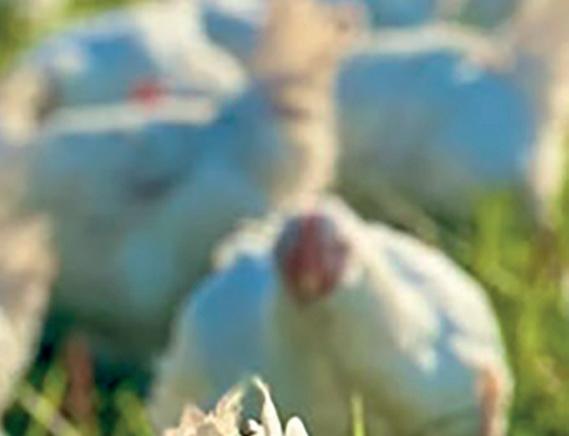
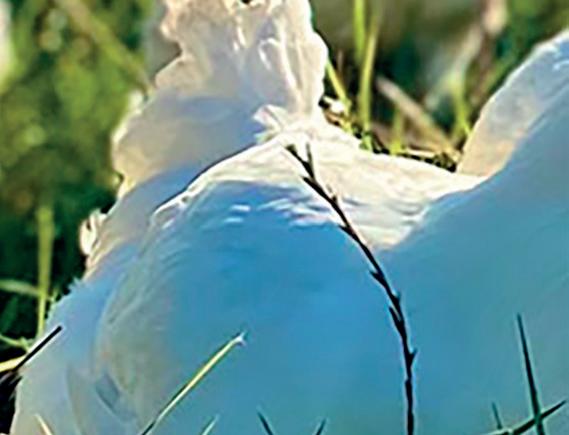
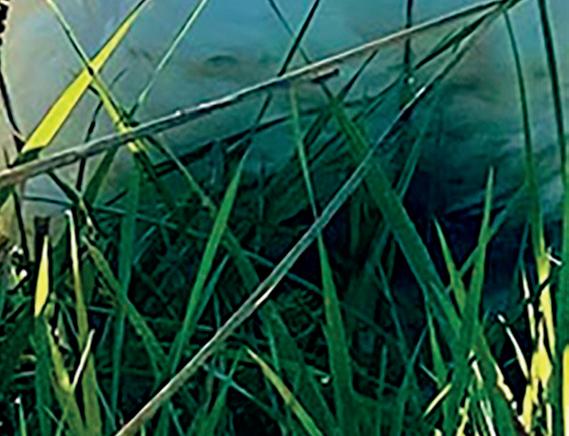



“In 2021, I attended a course on holistic land management, which prompted us to change to the present mob grazing regime. Up to 120 head of cattle graze a paddock measuring about 0.4 hectares for 24 hours.
“It avoids what we call the ‘baking and pugging’ effect of the former system, and the longer rest period boosts the productivity of the native species. The cattle take the grass height down to a more suitable level for the poultry which follow, and the birds enjoy foraging for the insects in their dung.”


The farm’s social media marketing efforts have driven sales to date, together with the annual open days.
George says: “The Facebook



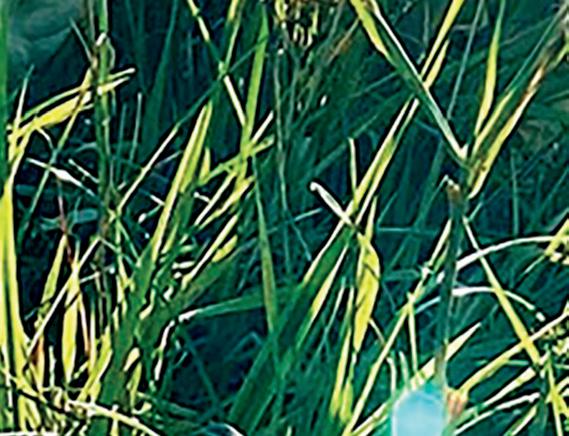


Winding down the pig enterprise felt like a risk, but it spurred us on to drive the new enterprises forward
GEORGE FORD

page has been the most successful platform to date, and we have found that sharing to local Facebook groups has been one of the best ways to attract orders, although we also send out meat further afield via a courier service.
“Despite the system being run along organic lines, the farm is not officially certified. Our customer survey showed that the main concerns were provenance and animal welfare.
“Three open days were held last year, and they were extremely


The addition of the broiler chickens extended the poultry business beyond seasonal turkey sales.







well-attended. Other regional businesses were invited to have a presence, and we cooked and served our home-produced meat, with 450 customers served with food on just one of the days.
“To entertain visitors, we put on tractor ‘safaris’ around the farm and set up a hay bale maze. The open days have proved a useful way to connect with potential local customers and holidaymakers, and they will be held again for the coming season.”
An annex built adjacent to George’s family home in 2017 started out as a bed and breakfast business, taking advantage of the holding’s proximity to Bristol airport. It is now run as a holiday let alongside the main farmhouse, since the older generation of Fords have moved into a converted barn on the holding.
“The bed and breakfast business attracted customers, but carrying out the changeovers for people who stayed for just one or two nights took up a lot of time,” says George.
“It works better as a long-term holiday let, and it has a door which links into our own house, meaning it can be opened up and used as extra accommodation for our friends and family during a vacant period.
“We are very fortunate to live in a tourist area, and two subterranean accommodation units are due to be built this summer. These income streams would not have been possible if we had carried on with the pig business, as it was inevitable that some guests would have complained about the smell.”
George has been open to change ever since he returned home from Harper Adams University in 2012 with a degree in agriculture.
“I never really enjoyed working on the pig unit and some of the


buildings were in need of replacement, so the enterprise had come to a crossroads,” he says.
“As a family, we were facing a choice between investing in a new building or shutting down the enterprise altogether; we chose the latter. Our ethos is to work with nature, rather than fight against it.”
Previous generations produced turkeys for the Christmas market onfarm for six decades, so the business has come full circle, says George. He and his wife have two children: Maggie, five, and Tilly, three.
“The farm can no longer rely on income from the Basic Payment Scheme. The measures that have been taken should secure the business for future generations, and producing healthy, welfare-friendly food is highly rewarding. The next step is to focus on increasing direct beef sales – we have set a minimum target of butchering 12 head for 2024,” he says.


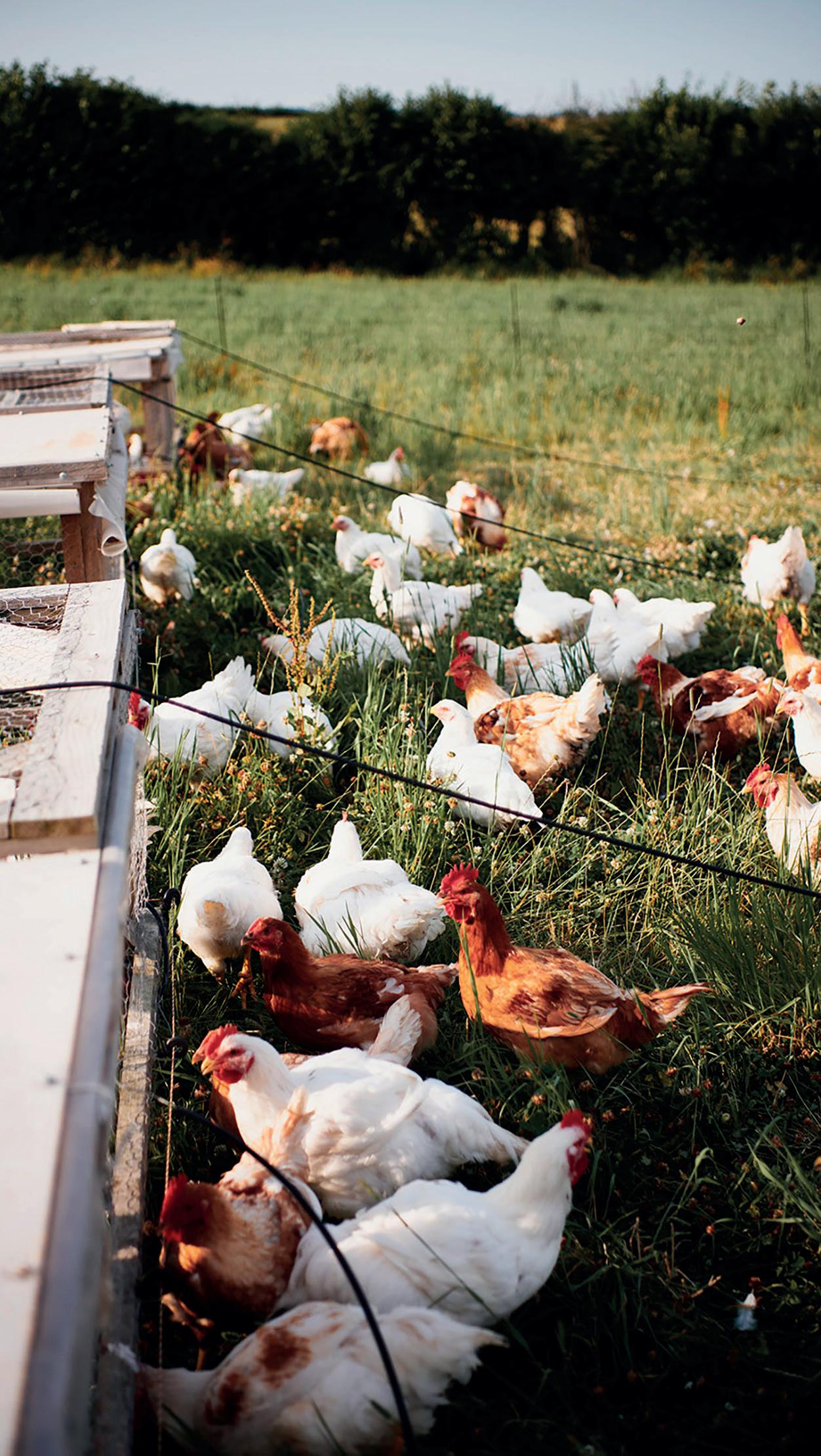




Our ethos is to work with nature, rather than fight against it


GEORGE FORD

rEarly nitrogen applications are advised
GETTING autumn-sown crops into shape to deliver their full potential is going to be a real challenge for many producers in the next few weeks, according to Agrii’s R&D fertiliser technical manager Jim Carswell.
Many growers who managed to avoid flooded fields in January still face the prospect of thin, backward crops with poorly developed root systems sitting in saturated soils and vulnerable to pests and diseases, he says.
He adds: “Such crops are far from being in the best condition to start utilising nutrients as the weather warms up, but there is also a question mark over what nutrients are available.
“Soils that have experienced heavy rainfall are likely to be starved of vital nutrition, while cold, waterlogged soils are also slow to release phosphate and mineralise nitrogen for plants.
“The challenge is, therefore, not only to rehabilitate plants and stimulate root and tiller development, but also to ensure they have the right nutrients available to them so they can do this.”
Soil testing ahead of fertiliser applications is absolutely essential in establishing a baseline for application programmes, says Mr Carswell.
He says: “A soil mineral test [SMN] should be carried out in preference to a ‘paper evaluation’, allied to understanding what additional available nitrogen [AAN] will be accessible as the season develops.
“Values for these vary significantly, and without knowing them for an individual farming situation and year it is difficult to make the right decisions about applications, which can have cost, productivity and environmental implications.
“Ten years of trials at Agrii’s Bishop



Reviving winter-battered crops is going to be challenging this spring, but a series of trials carried out across the country are highlighting some key insights into how to achieve this. Farmers Guardian reports.


Burton trials centre in North Yorkshire have shown SMNs ranging from 30kg to over 160kg N/hectare, and total soil N supply – which combines both SMN and AAN – being as low as 70.8kg and as high as 211.6kg N/ha.
“Ideally, soil testing needs to be considered in conjunction with grain analysis from the previous harvest to see which nutrients were removed by the crop. Tissue testing during the season is also very useful in keeping applications on track.”
There is a strong case for starting N applications early this year, with rates depending on crop condition, SMN and rotational position, says Mr Carswell.
“Timing of that first application is
Trials on high pH soil with good phosphate and potassium indices have shown the importance of both calcium and copperJIM CARSWELL
also important, and it should really be made as soon as soils start to warm up and land can bear the weight of a tractor with a spreader or sprayer,” he says.
“If you are starting N programmes earlier than normal, it also makes sense to bring plant growth regulator applications forward, so the N can deliver its full benefits without producing unnecessary growth and increasing lodging risk.”
Ammonium nitrate has proven a good choice for early applications, providing an immediate lift to plants. But if urea is being used, the addition of a nitrification plus urease inhibitor has shown impressive results, he adds.
But kick-starting crops into life after the difficult winter will require more than just good N management, says Mr Carswell.
“Phosphate availability may be compromised by cold soils in early spring, so an early application can increase rooting and energy production in the plant,” he says.
“Applying phosphate in the spring to replace crop offtake and balance autumn applications can be beneficial, with trials showing splitting phosphate applications between autumn and spring can lift yields by 0.16 tonnes/ha.
While it is essential to focus on N and other macronutrients, it is also im-
portant not to overlook micronutrients, says Mr Carswell.
“Often, when soil indices look acceptable, providing extra micronutrients identified as lacking in tissue and grain testing has delivered positive results in numerous Agrii trials,” he says.
“For example, two years of trials on high pH soil with good phosphorus and potassium indices have shown the importance of both calcium and copper. Providing foliar calcium to winter wheat in the spring has been shown to not only improve yields, but also increase specific weights and lift grain protein levels without applying any extra N.
“Applying copper to winter oilseed rape in early spring, in addition to autumn, has also been shown to improve yields and nitrogen use efficiency [NUE] to give a return on investment of more than £54/ha.”
But even with crop nutrition spot on, the strength of the plant’s root system and overall root mass, combined with its ability to tiller, can have a major influence on how well these nutrients are utilised, says Mr Carswell.
“Applied early in the season, a plant-boosting biostimulant has been shown to increase wheat yields by 0.55t/ha without adding extra N, resulting in significant increases in NUE and a corresponding lift in profitability,” he says.
Disease control in cereals could test growers and agronomists this spring in light of ongoing climatic challenges. Edaphos agronomist Rob Beaumont explores some options for wheat and barley growers.


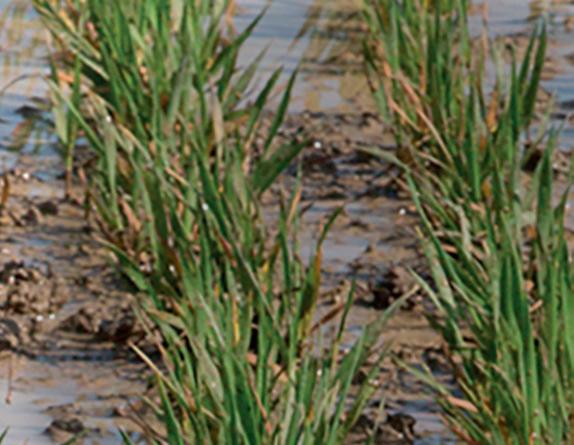


Disease control in cereals could be a challenge for growers and agronomists this spring. Winter wheat crops are a mixture of good, bad, ugly and submerged.
However, winter barley has not suffered to quite the same extent, with many crops being drilled in the earlier window at the end of September. This enabled it to get better established before the worst of the weather set in.
Growers will need to pay careful attention to their crops as the spring progresses. Due to the prolonged drilling season, many farmers now find themselves with winter wheat crops that have been drilled from September through to early February.
It is important to remember that crops which have been planted after February 1 are technically classified as spring crops, so will need to
follow appropriate pesticide label restrictions.
Wheat drilled in September will have a very different disease risk to those crops drilled in January. Septoria and yellow rust will be the two main issues as the weather warms up and crops start growing.
Septoria will be the biggest threat for early-drilled crops with forward canopies, while yellow rust will be a greater worry for those which were drilled later.
Yellow rust is a particular concern in crops with a reduced canopy because they have a much smaller photosynthetic area, so any loss can have a dramatic effect on yield in a short period of time.
Meanwhile, septoria can sit in lush, forward crops as a slow burner and then explode later in the season if left unchecked.
Also, eyespot should not be ignored if this is a particular risk for your variety or environment.

With this in mind, it will be important to assess crops based on their yield potential, risk factors and fungicide budget.
Do not spend lots of money on wheat crops that are unlikely to deliver the goods come harvest, and look instead to be adaptive to the season. Avoid setting out with a fixed chemical programme that you cannot deviate from.
Some fungicide regimes will be starting at growth stage (GS) 30, T0. This timing only needs a chemical fungicide if yellow rust is present, and a simple tebuconazole application is usually sufficient to keep the disease in check until leaf 3 emerges.
Some growers may be tempted to use a ‘multisite’ for septoria control. While this may have some effect, there is little evidence that controlling septoria at this timing will provide an economic return. GS30


is also the best time to apply immune elicitors, such as a laminarin-based products. These trigger plant defence mechanisms, so it is important they are applied before disease sets in.
For winter barley, the earlier growth stages are more critical in terms of controlling disease, protecting tillers and maintaining yield. Barley has a much higher green area index on the lower leaves than wheat, so it is important to protect this leaf area for as long as possible.
Products containing bixafen, fluopyram and prothioconazole (Ascra Xpro) have a wide spectrum of disease control in barley and could be a useful product for T1 timing. As winter barley goes through its growth stages quickly, growers need to be attentive to ensure correct timing of applications to growth stages, so as to achieve maximum efficacy.

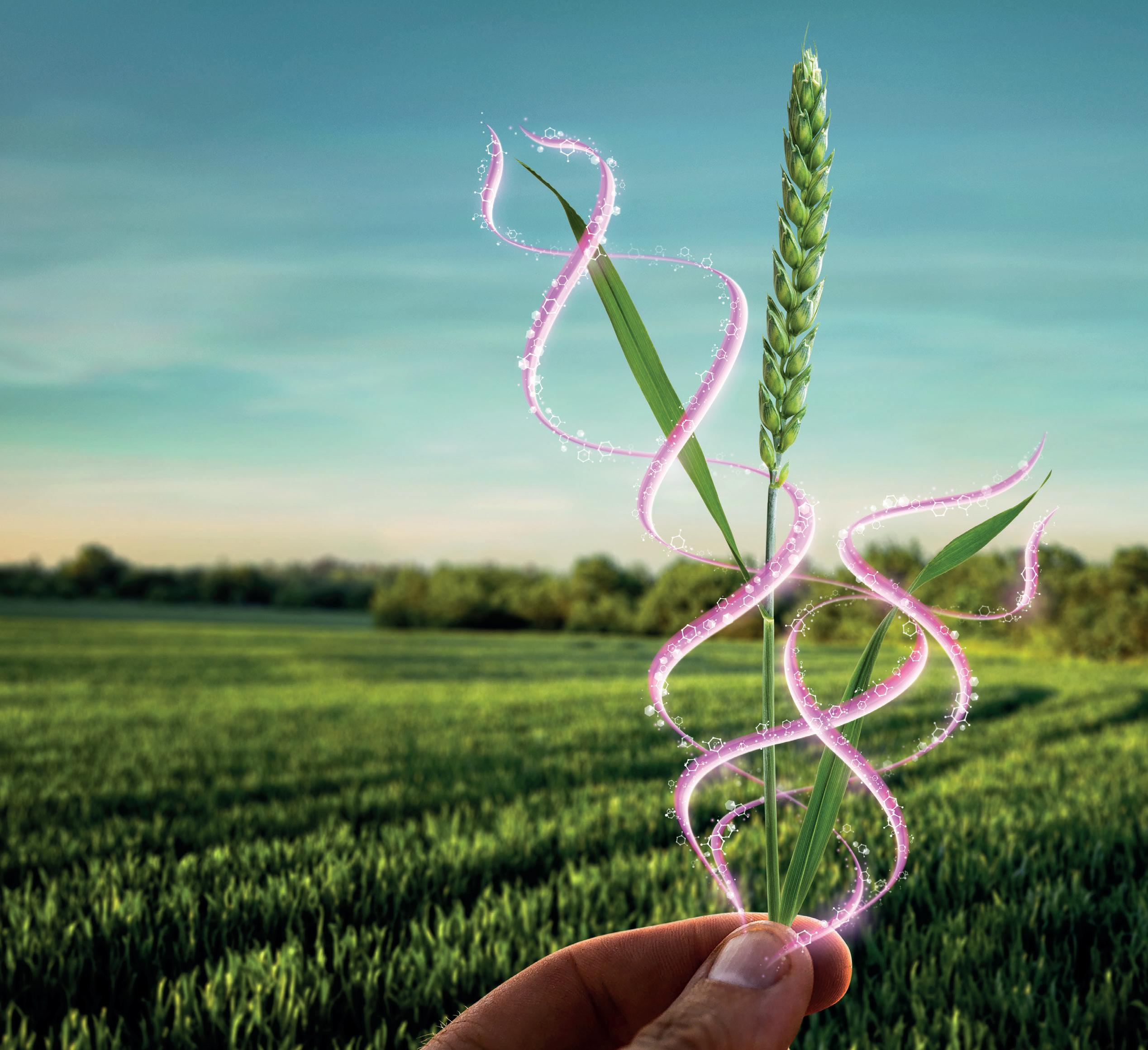
UnivoqTM
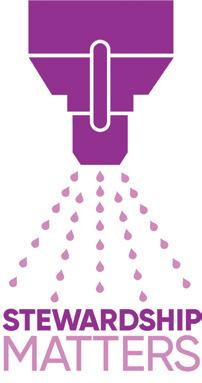
Fungicides faced a tough septoria tritici test last season and the 2023 results, presented at the AHDB Agronomy Conference, included for the first time data for SDHI isoflucypram (Iblon) in Vimoy.
In terms of protectant activity against septoria, Vimoy’s overall performance was similar to that of DMI mefentrifluconazole (Revysol) in Myresa, with QII fenpicoxamid (Univoq) in Peqtiga giving good control at lower dose rates.
ADAS plant pathologist Rebecca Joynt said: “You can see a step up from inclusion of mixture partners, with Revystar giving greater control than the solo product.”
Products containing fenpicoxamid + prothioconazole (Univoq) gave the highest levels of protectant control.
Ascra Xpro (bixafen + fluopyram + prothioconazole) returned to the trials in 2023, performing comparably to Revystar XE (fluxapyroxad + mefentrifluconazole).
In over-year trials between 20212023, extending to 17 trials over the last three seasons, the data is largely
consistent with that seen in 2023, with a single, full application of the multi-site folpet (in Arizona) giving about 40 per cent control on average.
A lower level of control was seen overall in eradicant situations compared to protectant situations in seven trials over three years (2021-23,) reflecting the importance of spray timing, said Ms Joynt.
“You can see a benefit in Myresa separating out from the other products at lower dose rates,” she added.
Looking at yield performance, the advantage of the mixtures is apparent, with Univoq yielding higher than Peqtiga and Revystar yielding higher than Myresa.
“At a full label rate, you can see Myresa and Vimoy performing comparably and yield responses of over a tonne were achieved by the best-performing products at full label rate from a single spray application,” said Ms Joynt.
There was just one yellow rust trial in 2022-23 at Terrington in Norfolk. Disease pressure was very high, with
about 45 per cent infection levels in untreated plots.
SDHI Elatus Plus (benzovindiflupyr) was added to the trials programme for 2022-23 and gave high levels of control at all dose rates.
Myresa, Vimoy and Peqtiga all performed comparably at dose rates below 50 per cent, separating out a little approaching full label rate.
“For both Myresa and Peqtiga you can see a step-up in control from addition of mixture partners in Revystar and Univoq and this is largely consistent with what we see over-year. [We are] perhaps seeing a little more separation at the lower dose rates for Peqtiga,” said Ms Joynt.
Yellow rust over-year yield data (three trials, 2021-23) reflects persistence of control and more separation between the straights is evident, with applications of Vimoy tending to outyield Myresa or Peqtiga.
Highest yields were achieved with Elatus Plus and Univoq – more than a tonne per hectare higher than the untreated at full label rate, with mixtures providing a boost in yellow rust control.
“Again, you can see the step up in
Yield responses of over a tonne were achieved by the best-performing products at full label rate from a single spray application
control from Myresa to Revystar from the addition of fluxapyroxad and from Peqtiga to Univoq with the addition of prothioconazole,” said Ms Joynt.
FIND OUT MORE
For more information, including fungicide performance data for barley and oilseed rape, go to ahdb.org.uk
Products containing fenpicoxamid + prothioconazole (Univoq) gave the highest levels of protectant control against septoria.















First beginning in 2021, the Bartlow Estate, Cambridgeshire, has been trialling the effects of the biostimulant Pluton, by Orion Future Technology, as part of an established integrated pest management (IPM) strategy.
First tested on a crop of Crusoe winter wheat, the result highlighted a yield increase of 18.2 per cent and a nitrogen fertiliser use efficiency (NFUE) improvement of 13 per cent.
Sprayer operator Barry Williams says the aim of the trial was to establish whether the use of biostimulants within the farm’s existing IPM strategy could improve plant health and lower inputs while gaining or keeping yields consistent.
The tramline trial saw a 30.3-hectare field of winter wheat split into three, with two biostimulants used and a control plot. The Pluton site was 1.71ha, with 0.76ha allocated to the use of Biomex, and 27.83ha as the control.
Mr Williams says: “The control site was treated with the standard farm fungicide routine only, with no biostimulants. The two trial sites were treated with the same fungicide routine as the control, but with the addition of the biostimulant products.”
The biostimulants were applied at GS32 with the use of the farm’s self-propelled Horsch sprayer, in accordance with all label recommendations, to apply one litre/ha diluted into 200 litres of water to achieve a soil drench effect.
He says: “The level of soil cover is important to allow the plant growth-promoting rhizobacteria bacillus to colonise the soil structure.
“Both products were applied on the same day with appropriate hygiene measures between applications to avoid any cross contamination.”
The crop was monitored during the growing season, with the use of Omex SAP analysis tests for micronutrients, which were taken at T1, T2 and T3 intervals. The samples taken from all three plots were taken on the same days under the same conditions.


The products were applied using a conventional sprayer, diluted into 200 litres of water to achieve a soil drench effect.

A 2,600-hectare estate has trialled the use of a liquid plant growthpromoting rhizobacteria biostimulant and has found it to increase yield and improve plant health. Farmers Guardian reports.
Mr Williams says: “The first samples were taken before any biostimulants had been applied to establish a baseline and subsequent samples were taken at the longest interval possible from the previous fungicide and trace element application to give the best chance of showing potential effects.”
The whole field was harvested on the same day and the trial plots and
We are committed to using biostimulants as part of an integrated pest management strategy
BARRY WILLIAMS
control plots were harvested and weighed separately over a weighbridge. Representative samples of each plot were taken for analysis at Granta Laboratory to allow grain quality to be assessed.
The control plot yielded 8.4t/ha compared to the Pluton plot, which showed an 18.2 per cent increase with a yield of 9.9t/ha. There was also an increase on the plot treated with Biomex, which yielded 9.7t/ha.
Mr Williams says: “Samples of all three plots were also sent to Omex Agriculture for nitrogen usage efficiency and NFUE testing. The Pluton plot performed the best with an NFUE uplift of 13 per cent on the control.”
“This translated to a gross margin increase of £283.60/ha.
“This takes into account the cost of adding Pluton at £85/ha without reducing the amount of fungicide used. It therefore shows a marked yield increase and that yield increase was cost-effective for the farm.”
The outcome has led Mr Williams to believe that the farm could potentially reduce its fertiliser usage, which
would offer further savings and thus increase margin.
He says: “While the yield data is encouraging, the nitrogen fertiliser usage is what offers the farm the greatest single cost-saving measure.”
Mr Williams has continued to use Pluton and the following 2022 harvest also showed encouraging results. However, the value of wheat dropped significantly and has since stabilised at about £200/t, which is making it harder for him to justify the cost.
He says: “We are committed to using biostimulants as part of an IPM strategy and we want to reduce our reliance on nitrogen fertiliser and fungicides. However, we also have to manage our costs and, with the current price point of the product, it is not possible to use it across the whole farm.”
As Mr Williams strives to find the balance and also looks at other inputs to improve the sustainability of the farm’s yields, he suggests that biostimulants are likely to have a part to play in his future decision-making.


AT the sale of pedigree bulls at the Royal Northern Spring Show at the Thainstone Centre Charolais led the averages at £6,542.31 and produced the top priced bull at 11,500gns.
This was for Harestone TikTok, a May 2022-born bull by Harestone Outlander from R. and N. Barclay, Insch, which sold to D.M. McCallum, Dingwall.
Two bulls sold at 11,000gns, the first being the Charolais champion, Hollywell Taco, a March 2022-born son of Whitecliff James from J. and S. Middleton, New Pitsligo. It sold to Cairness, Fraserburgh.
The second was a 22-month-old Simmental bull, Islavale Nightrider from W.S. Stronach, Keith. The May 2022-born son of Coose Lincoln sold to W. and V. Leith, Keith.
R. and A. Simmers, Keith, took the next top price of 8,800gns for May 2022-born Simmental bull Blackmuir Nigel by Blackmuir Krypton, which sold to T. and I. Alexander, Wick.
Two bulls made 8,500gns, the first being the Limousin champion Wedderburn Tom, from J.K. Hunter, Huntly. By Sarkley Ronaldo the June
PICTURES:


2022-born bull sold to the Robertsons, Newton of Logerait. Also making 8,500gns was
THE show and sale of exhibition calves at the Northern Spring Show at Thainstone topped at £4,000 for
the reserve champion heifer, an April 2023-born 440kg AberdeenAngus-cross heifer by Sebay

Rockytop Nimrod, a April 2022born Simmental bull from G. and A. Christie, Huntly, which was
Jacobite from D. Work and Sons, Ellon. The buyer was G. Cameron, Acharacle.
Theoverallchampionwas Brewdog,aFebruary2023-born 454kgLimousin-crossbullock fromWilliamRobertsonandSon, FodderletterFarms,Tomintoul,which willbekeptforfutureshowing.
Champion
Reserve overall champion went to a March 2023-born 420kg Limousincross heifer from Smallburn Farms, Duffus, which went on to sell for £3,250 to Scott Drever, Orkney.
A 454kg 12-month-old Limousin-cross heifer by Glenrock Inferno from J. Robertson and Co, Pitlochry, sold for £2,900 to J.W.K. Paterson and Son, Stranraer.
Also, from the Robertson family
knocked down to Colin Inglis, Saline, Dunfermline.
In the Aberdeen-Angus section, a top price of 5,000gns was achieved for Ballindalloch Eoin, a 22-month-old bull by Wedderlie Timaru from Ballindalloch Home Farms, Banffshire, which went to J. and J. Henderson, Dingwall. The sale of Limousin females from J. Penny and Son, Peterhead, topped at 2,800gns three times selling to A.R. Ironside, Gamrie.
AVERAGES
Bulls – 3 Aberdeen-Angus, £4,725 (+£175.13 on 2023); 13 Charolais, £6,542.31 (-£131.19); 17 Limousin, £5,565 (+£408.50); 11 Simmental, £5,832.27 (-£841.23); 4 Limousin females, £2,887.50 (+£115.50). Auctioneers: Aberdeen and Northern Marts.
was a 449kg Limousin-cross heifer which sold to R. McKinnell and Sons, Newton Stewart, for £2,700. In the bullock’s section, a 465kg February 2023-born
Limousin-cross bullock by Johnstown Premier from Finlay Hunter, Insch, sold for £2,450 to Wilson Peters, Crieff.
A 468kg Limousin-cross bullock from the Robertsons sold for £2,300 to Messrs McKinnell.
Next, at £2,200, was the reserve champion bullock, a 509kg entry from Messrs Work, which sold to Messrs Paterson.
AVERAGES
11 heifers, £5.18/kg; 9 bullocks, £4.007/kg; £2,094 per head.
Auctioneers: Aberdeen and Northern Marts.
CALVES sold to £560 at Gisburn, where trade was described as ‘fast and furious’ for both continentals and named-sire natives.
More than half the 189-head were British Blue-sired and it was a pair of two-month-old Blue bulls from A. Bretherton, Whitechapel, which topped the trade, with others from
the same home to £530. M. and W.M. Berry, Horton-in-Craven, sold a 33-day-old calf at £545.
Blue heifers peaked at £445 for four strong entries from A. Bowker, Cowling. Younger Blue heifers sold to £390 from Messrs Bretherton and also from W.H. and J.W. Hartley, Barnoldswick.
Auctioneer Rachel Capstick said
month-old calves were really the trade of the day, with J. Shuttleworth and Son, Rylstone, selling at £385 and J. and S. Lancaster, Hortonin-Craven, with seven heifers from £310 to £365. Other continentals included a month-old Charolais bull at £358 and Charolais heifers to £355. A strong Simmental bull made
£525 and all bar one Limousin bulls were above £350.
Aberdeen-Angus sold to £432 for a Nuera T14-sired 56-day-old bull calf from J. and R. Lancashire, Saddleworth, to average £290. Angus heifers reached £308 for E. Roper and Sons, Thornley.
Auctioneers: Gisburn Auction Marts.



rPre-sale champion sets new centre record
TRADE reached unprecedented levels at the show and sale of continental cross store cattle at Carlisle, peaking at £12,000.
The sale topper was a first prize winning Limousin-cross heifer from A.J. and R.E. Marston, Easegill Head, Kirkby Stephen, which was knocked down to Mike and Melanie Alford, Cullompton.
The pre-sale show championship went to Messrs Robertson, Pitlochry, with a Limousin-cross bullock, which sold for a centre record of £10,000 to Blair Dufton, Huntly. Messrs Robertson sold 84 head to average £1,914.19.
Also selling for £10,000 was a British Blue-sired heifer from I.P. Jones, Corwn, Clwyd. It sold to Paul and Christine Tippetts, Shifnal, who also paid £6,500 for a second prize winning Limousin-cross heifer from S. Hardisty and Son, Ennerdale.
A second prize winning British Blue-cross heifer, consigned by
John Smith-Jackson, Haltwhistle, sold for £8,000 to A. and S. Campbell, Argyll.
Making £7,000 was a first prize winning Limousin-sired heifer from E. Telfer and Son, Stocksfield, which sold to G. Camerson, Argyll.
The prizewinning heifers averaged £5,062.50, with bullocks averaging £3,028.57. Away from the show potential cattle, the commercial cattle were a strong trade, with 113 selling for more than £1,800 and the 294 steers averaging £1,640.41 – up £189/head on the year. The 281 heifers averaged £1,766; up £80/head.
Auctioneers: Harrison and Hetherington
THE champion heifer at the Western Holstein Club supported show and sale at Market Drayton sold for the top price of £2,600 to the judge, Sam Bailey, Stafford.
This was Lachstone Oracles Vision, one of a consignment of five heifers from Jeremy Platt, Lach Dennis, which averaged £2,234, with two others at £2,300 and one at £2,220.
The second prize pedigree heifer, Diglane Recoil Lily, from R.G. Woolley and Son, Acton, sold for £2,450.
D. and E. Monk, Lancashire, sold heifers to £2,400; W. Herdman and Sons, Cambridgeshire, sold to £2,380; L.F. Horton and Sons, Northwich, to £2,350; and R.A. and J.E. Williams and Son, Hay-onWye, to £2,280.
Cows sold to £2,320 for a second calver from Graham and Rachel Brindley, Adderley, and £2,000 for J. Lomax and Son, Baldwins Gate.
Auctioneers: Gwilym Richards with Barbers.
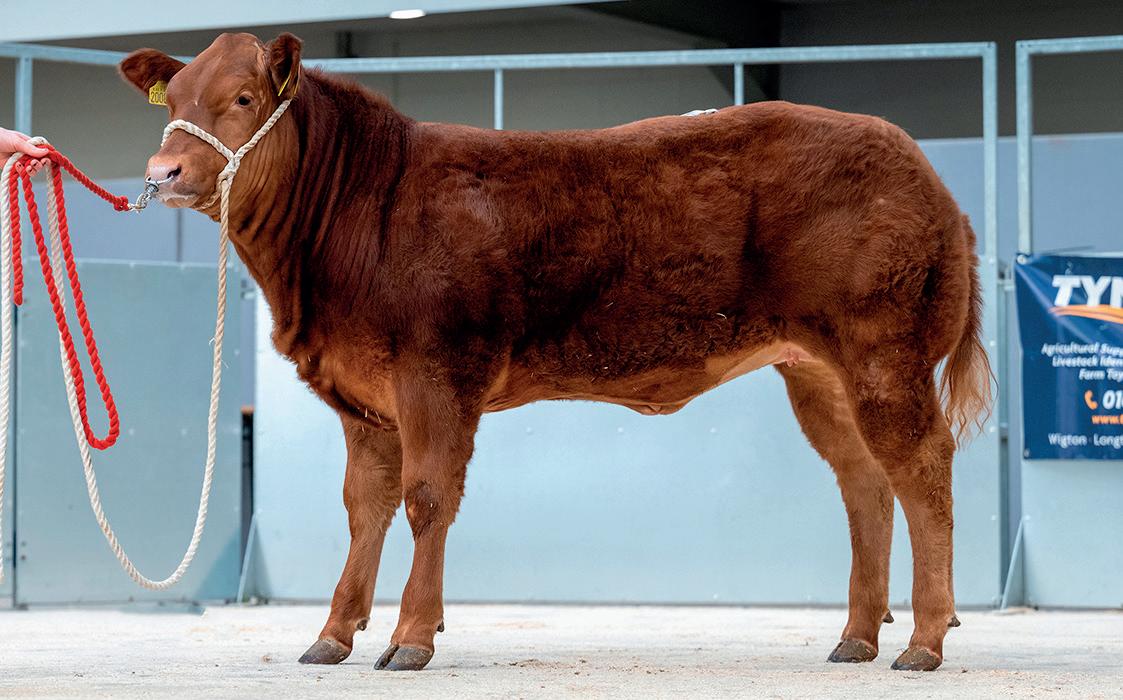
AT the show and sale of store cattle and feeding bulls at Broughton, the judge, James Crichton, Egremont, awarded the championship to a Limousin steer from P.E. and M. Capstick, Millom, which he went on to buy for £1,625.
The top price steer, at £1,655, was an Aberdeen-Angus consigned by Messrs Pitts, Millom.
Reserve champion was the first prize heifer; a British Blue from S.G. Benson, Pennington, Ulverston,
which made £1,395 to F. Newbold, Derbyshire.
The top price heifer, at £1,485, was a Limousin from P.L. Fitzwilliam, Seathwaite.
Feeding bulls were judged by Tom Mitchinson, Carlisle, who awarded first prize to a Limousin from J.D. and M. Capstick, Bootle, which sold for the day’s top price of £1,825 to David Barker, Scarborough.
Auctioneers: Barnard Castle and Teesdale Farmers Auction Mart Co.
Visit the UK’s most comprehensive auction listings at auctionfinder.co.uk
THE show and sale of 658 store cattle and suckled calves at Hexham included 37 overwintered Young Farmers calves.
The sale topped at £2,700 for a black Limousin cross heifer from G.W. and C. Athey and Son, Alston, which sold to Messrs Davies, West Wales.
A black Limousin cross heifer from J. Lee and Sons, Agars Hill, made £2,220.
The pre-sale show champion from Messrs Rochester and Murray, Butsfield, sold to W.F. Cruikshank, Grantown on Spey, for £2,200.
Leading the steers in this section at £2,200 was the reserve steer champion from T.A. and L.C. Lyon, Bourne.
The older stores topped at £2,280 twice for black three-quarter-bred Limousin heifers from a run of nine from Frank and Reg Simpson, Co Durham, which averaged £2,200.
Forward steers sold to £2,100 for a Limousin cross from P. and P.M. Walker, Tow Law.
John Coxon Junior, Morpeth, donated a Charolais cross heifer in memory of his father John Coxon
Snr who recently passed away, with proceeds going to the My Name’5 Doddie Foundation. The bidding finished at £1,500, selling to Chris Siswick, Barrasford.
The championship in the Young Farmers overwintered cattle competition went to a Charolais cross steer from Charlotte Longlands, a Bellingham Young Farmer, which had been bought from Messrs Walton, Flotterton.
Reserve champion was the first prize Limousin cross heifer from Orlena Henderson, a Butsfield YFC member who had bought the calf from Messrs Walton, Penpeugh.
The trophy for the best turned out calf went to Emily Robson, Shaftoe YFC, with a British Blue cross heifer.
The best native-bred calf went to an Aberdeen-Angus heifer from Alice Walton, Bellingham YFC.
The trophy for the most profit went to Harry Willey, Whitley Chapel YFC, with a British Blue cross heifer bought from Messrs Lee, Hackford, for £930 which went on to sell for £1,680 giving a
ALED Owen, Corwen, topped the sale of working sheepdogs at Skipton at 5,000gns with Don, a son of his home-bred Llangwm Bud out of Denwyn Jen, which sold to Pim Visscher, Utrecht, Netherlands.
Michael McAlister, Glanariffe, Northen Ireland, sold three January 2023-born litter sisters by Braehead Land. The top price bitch and young dog at 4,400gns was Tess, already placed in six nurseries, which sold to Dick Roper, Glouces-
tershire. The other two sisters, Jess and Jan, sold for 3,600gns and 3,200gns.
A 4,000gns sale was achieved by Loughlin Conn, Limvardy, Northern Ireland, with his March 2021-born black, white and mottled dog, Tom, by R. Price’s Doc, which went to an undisclosed buyer.
Shaun and Sue Richards, Eldroth, sold a trio at 3,600gns, 3,000gns and 2,350gns.


Young Farmers overwintered overall champion, a Charolais cross steer from Charlotte Longlands, of Bellingham Young Farmers.
profit of £750. Whitley Chapel club also won the prize for the highest average margin which was £4,63.33.
AVERAGES:
Auctioneers:
rPre-sale show champion leads trade
THE sale of Whitebred Shorthorns and Galloways at Carlisle peaked at 6,800gns for the pre-sale show champion, Blackburn GeeWhizz, an April 2022-born Whitebred Shorthorn bull by Glentyne Grafter Boy out of Milnholm Iona from G. Jackson, Newcastleton, which sold to Messrs Pattinson, Hexham.
out of Barlaes Katie 80 consigned by R.J. McTurk, Dalry. It sold to Messrs Worrell, Dumfries and Galloway.
Next, at 2,000gns, was the second prize bull and reserve male champion, April 2022-born Cardona Fergus by Kirkstead Commodore out of Blackcraig Blonchen Z798 from J.R. Galloway, Doune. It went home with Messrs Everitt and Son, Wolsingham.

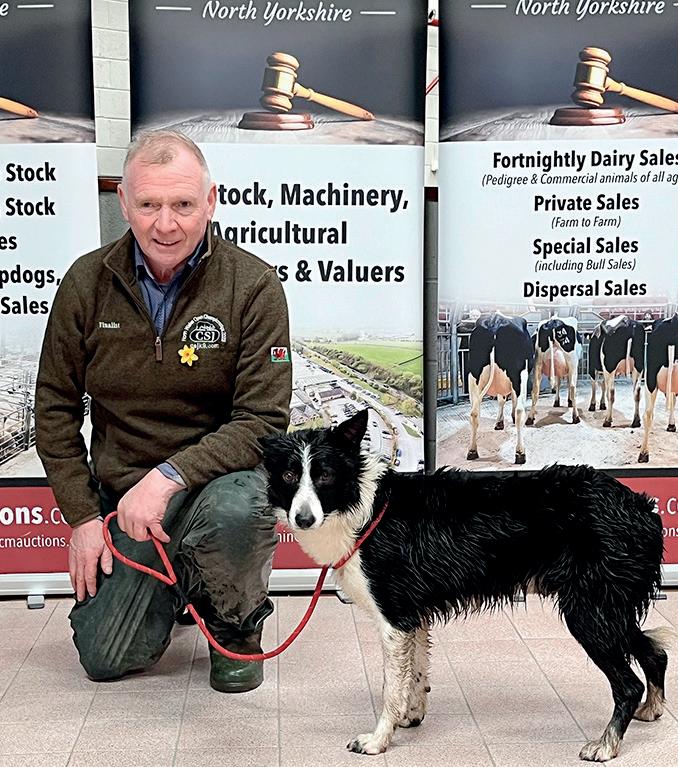
Best on price was a March 2022born tri-coloured bitch, Dot, by JP McDaid’s Ben, followed by Pip, a March 2021-born black and white bitch by Ross Games’ top trials dog, Roy.
Top call of 900gns in the unbroken pen fell to Willie Torrens, Co Tyrone, with his home-bred rising three-month-old bitch, Bell Blue, which sold to Howard Metcalfe, Silsden.
Registered broken dogs, £2,594; registered broken bitches, £3,089; registered part-broken dogs, £315; registered part-broken bitches, £1,053. Auctioneers: CCM.
Next, at 2,400gns, was the reserve male and reserve overall champion, Parton Hooligan, a March 2022-born son of Longley Duke consigned by J.A. Hewson, Carlisle. It was knocked down to Messrs Dickinson, Kendal. Female Whitebred Shorthorns sold to 1,650gns for Glentyne Twinkle 2, a January 2022-born heifer by Glentyne Grafter and in-calf to Burnedge James from M.G. and J. Taylor, Castle Douglas. The buyer was Messrs Sadler, Knaresborough.
Galloways
Pedigree Galloways topped at 3,000gns for the winning bulling heifer, female and overall champion, Barlaes Black Ice 10, a March 2022born daughter of Troloss Magnum
Lizzie 924 of Whitehall, a heifer by Avicil of Kilnstown, in-calf to Fury of Whitehall from W.J. Henderson, Lockerbie, then sold for 1,800gns to Messrs Elliot, Langholm.
Non-pedigrees sold to £1,320 for a four-year-old Blue Grey cow, incalf to a Whitebred Shorthorn bull from H. Chard, Newton Stewart, which went to Messrs Evans, Llambrynmair.
Whitebred Shorthorns – 4 bulls, £3,307.50; 2 in-calf heifers, £1,706.25; 1 maiden heifer, £840; Galloways – 6 bulls, £1,417.50; 14 heifers in-milk/in-calf, £1,248.75; 13 bulling heifers, £1,441.73; 3 cows in-milk/in-calf, £875; 3 nonpedigree bulling heifers, £866.66; 1 Blue Grey cow, £1,320.
Auctioneers: Harrison and Hetherington.

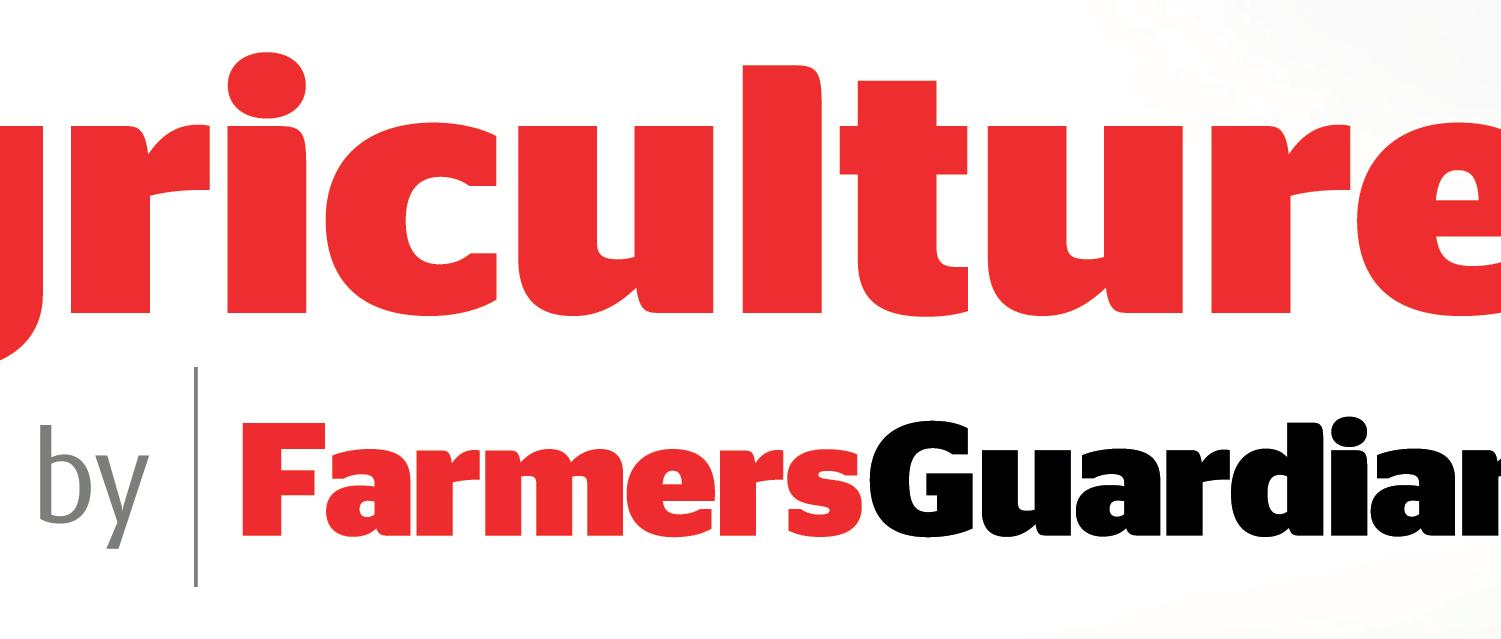

Explore the wide range of career opportunities beyond farming
Whether you are seeking a new career path or aiming to further develop in your current role Jobs in Agriculture can help.
We are dedicated to connecting the right individuals with the right opportunities. With a diverse range of opportunities available, including on-farm positions, exciting roles in science and technology, engaging marketing and sales positions and more.
Ready to explore beyond farming?
It is time to open the gate to your growing career







Jobs in Agriculture connects talented individuals with industry leading agricultural roles.
Powered by Farmers Guardian, we highlight agricultural jobs to our extensive network of engaged, jobseeking readers who regularly look to us for quality, trusted, relevant and beneficial content.
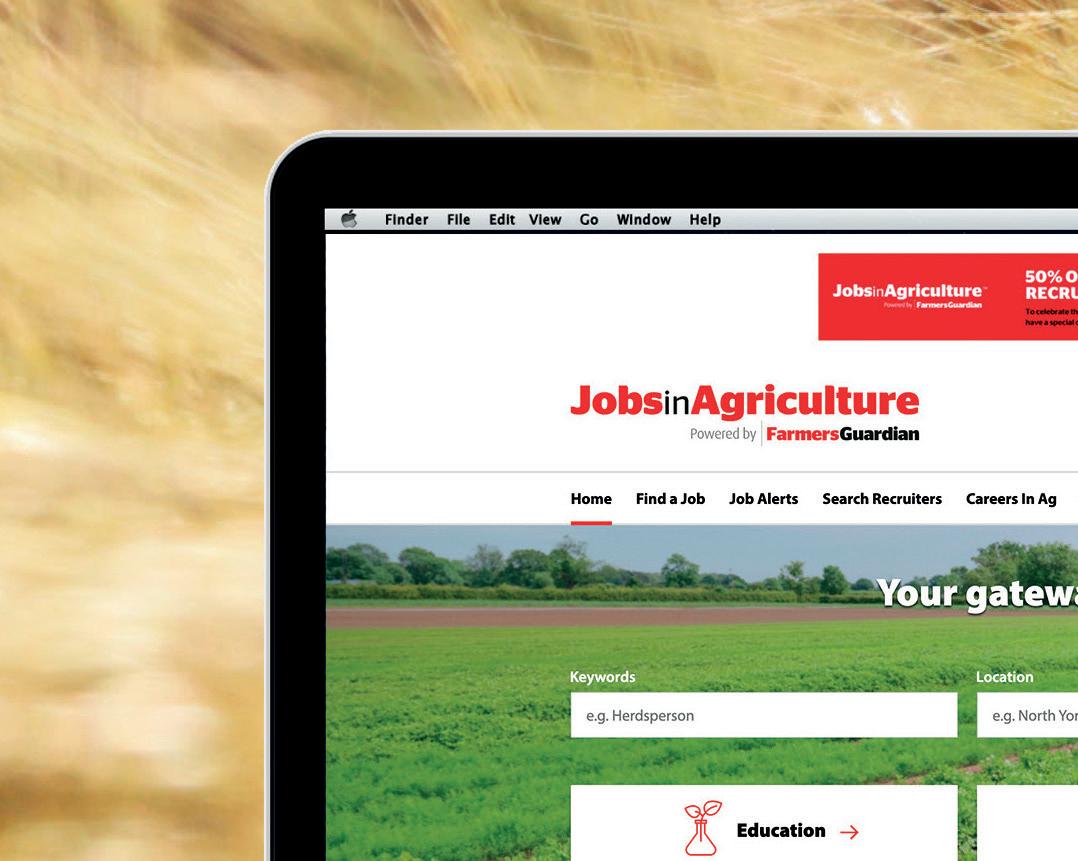











TOPPING the Blue Genes sale of British Blues at Shrewsbury with 4,100gns was Delhorn Truly Scrumptious, a dark blue roan heifer from John and Yvonne Hopkins, Brent Knoll, Somerset.
After standing reserve female
champion in the pre-sale show, the heifer, which was from the Solway View Nancy/Tweeddale Ironman flush, found a new home with C. T. Akrigg, Skipton.
The same buyer also bought Delhorn Twilight Zone from Messrs Hopkins at 3,400gns. This one was from the Bedgebury Flat Out/Delhorn Light My Fire flush.
Topping the bulls at 3,600gns
THE show and sale of 370 store cattle at Kirkby Stephen topped at £3,400 for a 13-month-old Limousin heifer from Messrs Marston, Easegill Head, which went on to sell to Messrs Walker, Dunsop Bridge.
The pre-sale show was judged by Andrew Dyson, Ripon, who awarded the overall championship to a 10-month-old British Blue cross steer, also from Messrs Marston, which sold for £1,820 to Messrs Amos, Leicestershire.
The same vendors also sold an
11-month-old British Blue cross heifer at £1,950 and a 13-month-old Limousin-cross heifer at £1,900, with their consignment of 10 averaging £1,922.50.
Making £2,100 was an 11-monthold British Blue cross heifer from Messrs Anderson, Leyburn, which sold to Messrs Dent, Lartington.
AVERAGES
Steers, £1,429.62 (+ £184.24 on 2023); heifers, £1,347.82 (+£149.53). Auctioneers: Harrison and Hetherington.
was Trencrom Swinton again from Gail Ellis, St Ives. This son of Chatham Magnus out of Trencrom Nisteria, a Tamhorn Sumo daughter, sold to W. Griffiths and Son, Abergele.
Rhymil Superdry
Reserve male champion, Rhymil Superdry, a son of Cromwell Fendt, from Rhys Millichap, Mid Glamor-
gan, sold for 3,500gns to C. and F.M. Percival, Bakewell.
Two heifers sold for 3,000gns, both from Mrs Ellis.
Firstly, Trencrom Sandy, a Ministre Du Bouchelet daughter, and secondly, Sea Holly, a daughter of Ballydangan Hectare. Both went to G. L. Potter, Stratford-upon-Avon. Auctioneers: Halls.
THEsaleofbreedingcattleonthe samedaypeakedat£4,200fora secondcalvedcowwithabullcalf atfootfromMessrsPorter,Richmond, whichsoldtoMessrsBurbridge, Leicestershire.
MessrsPorteralsosoldathird Limousincalvercowwithabullcalf atfootfor£4,000toMessrsFielder, Howden.
Heifersfromthishomesoldto £3,300foraLimousinwithaLimousin heifercalf,whichwenttoMessrs Huck,Skipton.
Thefirstpartofthedispersal fromMessrsPorteraveraged £3,800forthe14cowsandheifers withcalvesatfoot.
MessrsCowan,Roadhead,sold
aLimousinheiferwithheifer calfatfootfor£3,550toMessrs Benson,Ulverston.
MessrsBradley,PennyGrange, soldBritishBluein-calfheifersto £3,400toMessrsDent,Barnard Castle.Otherssoldto£3,300to MessrsWhite,BarnardCastle, andanin-calfLimousinmade £3,050toMessrsSwales,Goole.
MessrsPorter,Richmond, soldaBritishBluebreedingbullfor £6,400toMessrsRigby,Slaidburn.
AVERAGES
Cows and calves, £3,538.46; heifers and calves, £2,902.35; in-calf heifers, £3,042.86; bulling heifers, £1,340.56. Auctioneers: Harrison and Hetherington.
AT Bentham’s dairy show and sale, judge Robin Boothman, Fence, chose as champion the winning heifer, Hallcroft Striker Liberty, from the Booth family, Wigglesworth. It went on to sell, giving 33kg, to Phillip and Simon Wood, Scotforth, for £2,620.
Best of four heifers from John and
Nicola Young, Kendal, was Youngbro Darwin Charlotte, which stood second in the heifer class and took reserve champion. It sold for £2,400 to the judge.
The first prize cow, a second calver from Jim Gorst, Tatham, made £1,800.
Andrew Dawson, Quernmore, sold heifers to £2,300 and Richard Robinson, Nether Kellet, at £2,280 and £2,180, with the 25 heifers averaging £2,012.
Mike Livesey, Lowick, sold a Friesian third calver at £2,320 and a Friesian fourth calver at £2,100.
The second prize cow, from Tom Stable, Ulverston, made £2,050. A run of pedigree bulling heifers from the Youngs, Jenkin Cragg, peaked at £880, to average £818. A Friesian stock bull from Clive Stackhouse, Newton, sold for £1,500.
Auctioneers: Richard Turner and Son.
A LIVELY trade was seen across the board at the Farmers Guardian-supported show and sale of show potential cattle at Bishops Castle.
A smaller entry was seen in the show where the judge, Julian Roberts, Tilsop, placed a Limousin-cross steer from Bowen and Bowen, Penthryn, Welshpool, as champion in the pre-sale show.
The 305kg Limousin steer by a home-bred pedigree Limousin bull, Penthryn Luke, out of a Limousin-cross cow, was knocked down to E.K. Rowlands, Newtown, for £1,500.
Reserve champion came from the same stable with a Limousin heifer also sired by Pentfryn Luke.
The 10-month-old heifer, out of a Limousin-cross British Blue cow, was bought for breeding by the Howells family, Shadog, Llandysul, for £1,750.
The Bowen’s small pedigree herd runs alongside their 160 commercial suckler cow herd which produces 15 show potential calves a year and they also run 1,200 Welsh Mule and Halfbred ewes.
During the store sale, the 275 primarily continental-bred store cattle topped at £2,160 for a 14-monthold 490kg British Blue heifer from S.J.C. Morris and Son, Whitcott, Shropshire, which also went home to Llandysul with the Howells family.
Steers peaked at £1,950 for an 18-month-old Limousin from E.S. Lewis and Son, Old Hall, who had an impressive run of 40 cattle.
The Lewis family’s consignment also saw £1,920 and £1,890 for two 11-month-old Limousin heifers, both bought by Messrs Howells. Another of their steers sold for £1,850 to L.H. Dalton, Shifnal, who also paid £1,800 for a 14-month-old steer from S.J.C. Morris, Whitcott. Two more of their steers followed at £1,700 to W.H. Coles, Brompton Regis.




To find out where we will be next, go to farmersguardian.com/mth-roadshow
F. Cornes, Bayston Hill, bought a 21-month-old Salers-cross heifer for £1,645 from M.A. Hughes, Bishops Castle, and a 22-month-old Limousin cross heifer from W.S. Powell, Alberbury, for £1,600.
Native-bred cattle topped at £1,580 for some Hereford-cross steers from Messrs Hughes.
Heifers, £1,331; steers £1,428. Auctioneers: Halls.
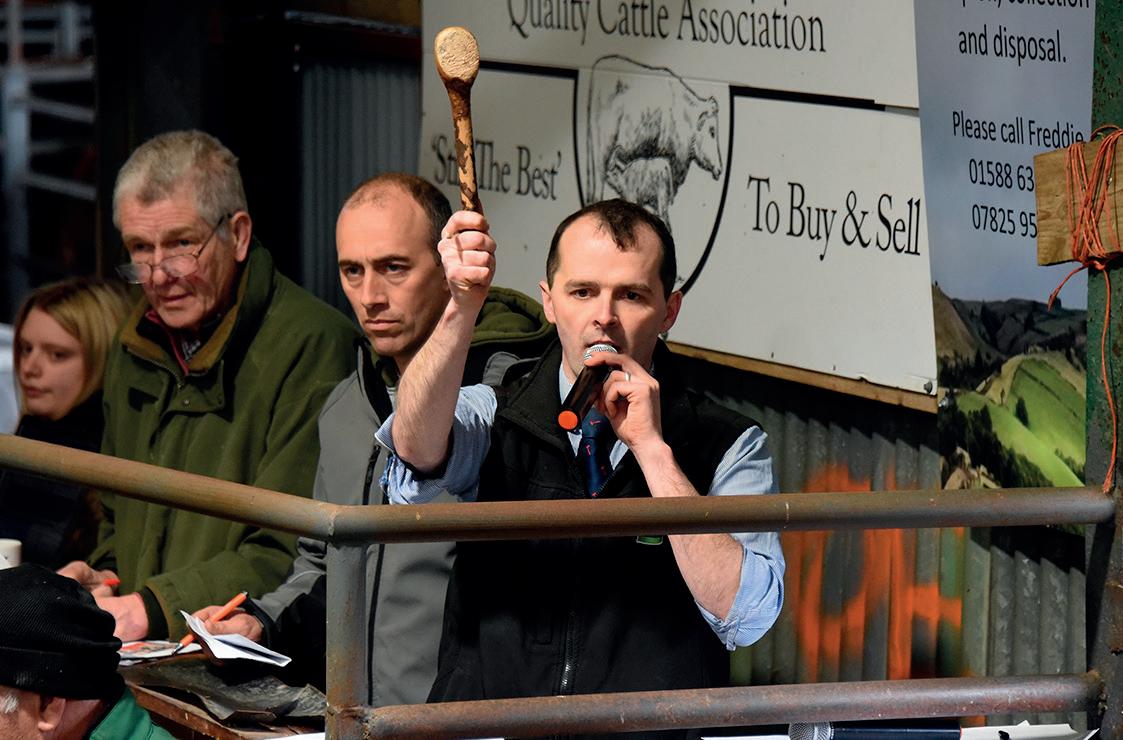
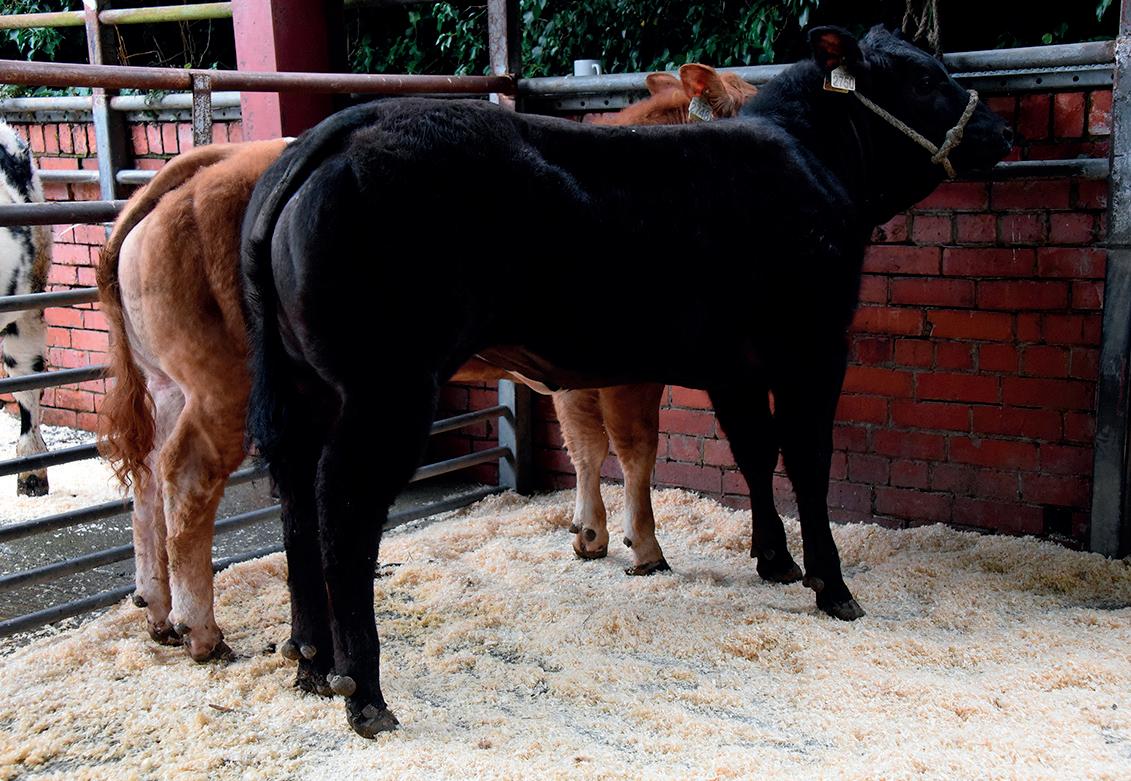
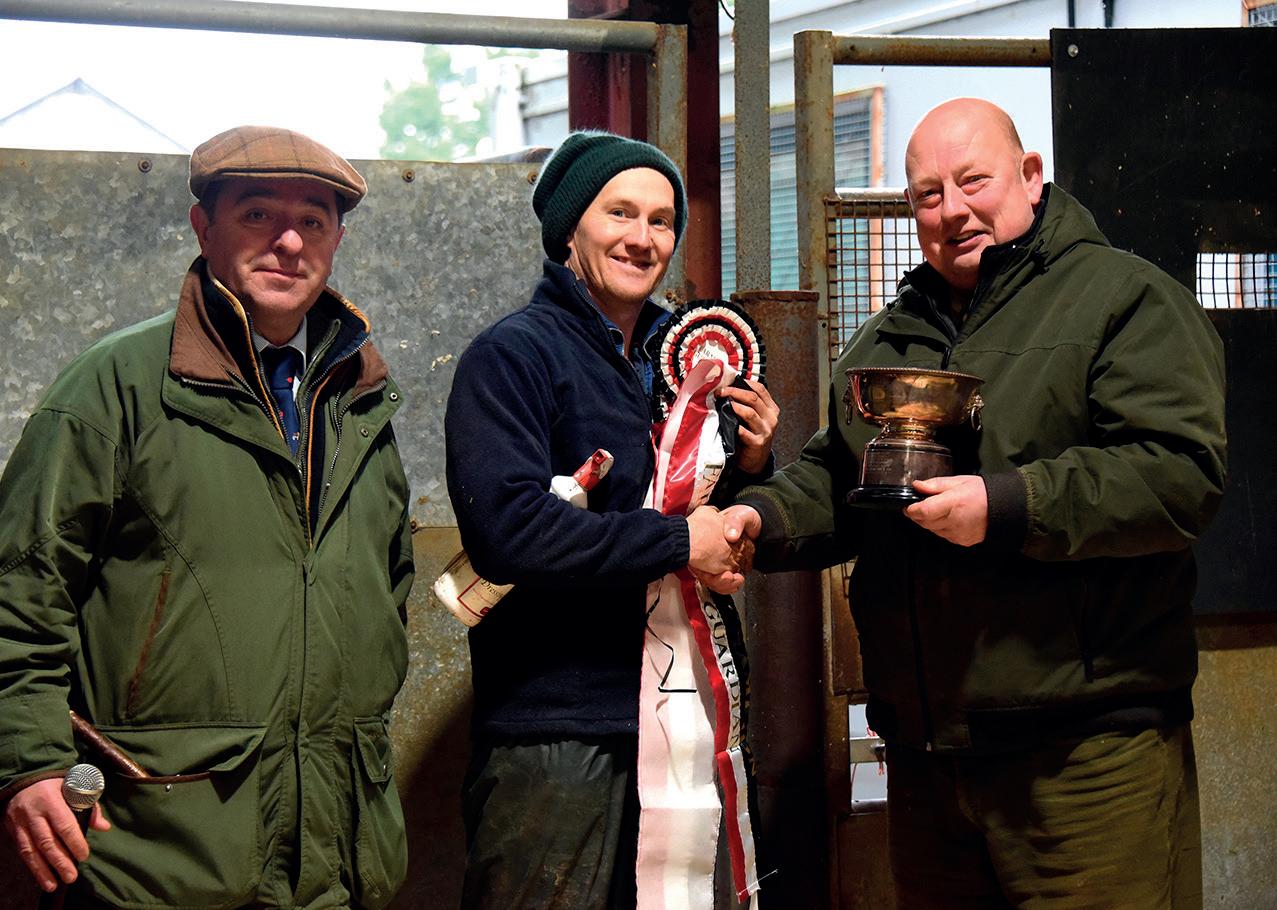


Future-proof your farm business, gain insight and exchange knowledge with a FG Farm Futures membership

Included in your membership:
52 magazines a year
Farmers Guardian delivered directly to your door every week including full digital access. Plus, check out our brand-new features exclusive to FG Farm Futures members.











Insight – Quarterly, in-depth, analytical reports into the latest agricultural trends, from diversification, to climate-friendly farming and understanding the latest grants available.
Exchange – A series of digital events focused on learning from real case studies and exchanging knowledge with agricultural thought leaders


Weekly Digest email – From the desk of FG’s editor every Sunday morning, gain insights into how the week’s news impacts your business.
Members’ Lounge – Enjoy an exclusive space for members to network at leading events, such as LAMMA, CropTec and Farm Business Innovation.





















































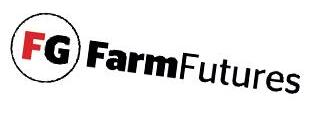











































38-46 Auctions 47-49 Jobs 51-54 Livestock 54 Feedstu s & Bedding 55-58 Buildings & Building Materials
LIVESTOCK AUCTIONEERS � VALUERS www.nwauctions.co.uk info@nwauctions.co.uk
LANCASTER AUCTION MART
Tel: 01524 63308
Monday 11th March
10.30am PRIME HOGGS & CAST SHEEP
Followed By SALE OF SHEEP WITH LAMBS AT FOOT
Friday 15th March
10.15am 150 REARING CALVES & WEANLINGS
10.15am 150 CAST / OTM CATTLE
11.15am 300 STORE CATTLE
Monday 25th March
SHOW & SALE OF SPRING LAMBS
Classes: Continental Sired Lamb & Native Sired Lamb
J36 RURAL AUCTION CENTRE
Tel: 015395 66200
Tuesday 12th March
10.30am ALL CLASSES OF PIGS
11am OPENING SALE OF SHEEP WITH LAMBS AT FOOT
1pm 2000 PRIME HOGGS & CAST SHEEP
Thursday 14th March 10.30am
Closing Sale of IN LAMB SHEEP & 1000 STORE HOGGS
www.auctionmart.co.uk • T:01200 423325
Jeremy: 07815 727993 • George: 07412 165873
MONTHLY SALE OF SHEEP WITH LAMBS
AT FOOT, IN-LAMB EWES, GELD HOGGS & GOATS WEEKLY
PRIMESTOCK SALE
ONLINE MACHINERY SALE
Saturday 9th March 10am
Further entries accepted on the day. Scanning service available 8.30-9.30 am
Tuesday 12th March 12.30pm
Prime Hoggs & Cull Ewes
Thurs 21st - Sat 23rd March
Intake of items until Thurs 14th March
CLAIMING DATE
Thurs 16th – Sat 18th May Timed Online Sale Genuine retirement sale on behalf of G Braithwaite of workshop tools, Equipment and miscellaneous antique items.



Thursday 21st March
10am 150 REARING CALVES & WEANLINGS
10.30am 100 CAST / OTM CATTLE
11.15am 300 BEEF BREEDING, STIRKS & STORE CATTLE
Catalogue Entries by Wednesday 13th March
Tuesday 26th March
SHOW & SALE OF SPRING LAMBS
Classes: Continental Sired Lamb & Native Sired Lamb
Thursday 8th May PEDIGREE DAY
Sale for all Breeds & Classes of Pedigree Bulls & Females, & Pedigree Ewes with Lambs & Gimmer Hoggs
Entries Close Friday 12th April
SALE LIVE ONLINE
Online Bidding: www.nwa.auctionmarts.com
Viewing: Friday 8th (9am-4.30pm) & Saturday 9th (am only)
Sale to Conclude: Monday 11th March
Saturday 27th April - CLAIMING DATE
Farm Dispersal Sale of Tools, Machinery & Equipment on behalf of R&EA Gardner, Barrowsfield

HAWES, NORTH YORKSHIRE, DL8 3NP
Saturday 9th March
Spring Show & Sale of 80 Store Cattle, Beef Breeding & Cull Cattle. Judging 10am, Sale 10.30am
Tuesday 12th March
1500 Prime Hoggs at 10am
300 Cast Ewes & Rams 20 Calves 10.30am
In-Lamb Ewes & Gimmer Hoggs (Please Enter)
Telephone: 01969 667207, 015396 20895, 07974 126397. 07711 469280

AT LOUTH LIVESTOCK MARKET LOUTH, LINCOLNSHIRE, LN11 9HF
SATURDAY 16th MARCH
FARMERS COLLECTIVE SPRING AGRICULTURAL & MACHINERY SALE AT LOUTH LIVESTOCK MARKET & BIDDING VIA MARTEYE TO COMMENCE AT 12 MIDDAY
FRIDAY 5th APRIL

1st SPRING STORE CATTLE SHOW & SALE 400+ HEAD EXPECTED TO COMMENCE AT 12 MIDDAY
FRIDAY 19th APRIL
2nd SPRING SALE OF STORE & BREEDING CATTLE TO COMMENCE AT 12 MIDDAY
MONDAY 6th MAY
SHOW & SALE OF EWE & LAMB OUFITS REGULAR MONDAY PM MARKETS WEEKLY ENTRIES INVITED
Call Ed Middleton on 07395 570303
Catalogues and entry forms available online Closing date for all sales: 5pm on Wednesday before the relevant sale www.louthmarket.co.uk

Saturday 9th March 10.30am
Machinery & Sundries Sale

Drop items off Friday 12 – 2.30pm Or Sat from 7.30am
Monday 11th March
Usual Fatstock Sale
Inc Monthly Show of Hoggs
Friday 15th March 11am
Sale of Breeding & Store Stock
20 Ewes & Lambs, Store Hoggs as presented
8 Young Bulls, 15 Feeding Cows
300 Store Cattle
Ian Smith - Mart Manager 07738043771
Office 01943 462172 wfam@auctionmarts.com












Tuesday 12th March at 11am

Wednesday 13th March

Tuesday 19th March
Feeding & Cast Cows & OTM Cattle March Show & Sale of
Wednesday 20th March
Easter Spring Lamb Show & Supreme Hogg Competiton
Saturday 23rd March
Spring
Sale
Tuesday 26th March
Closing Sale of



Tuesday12th
Tuesday
Wednesday 13th March, 2024
Wednesday 27th March, 2024 12noon


14
10
Usual
1000
30
12
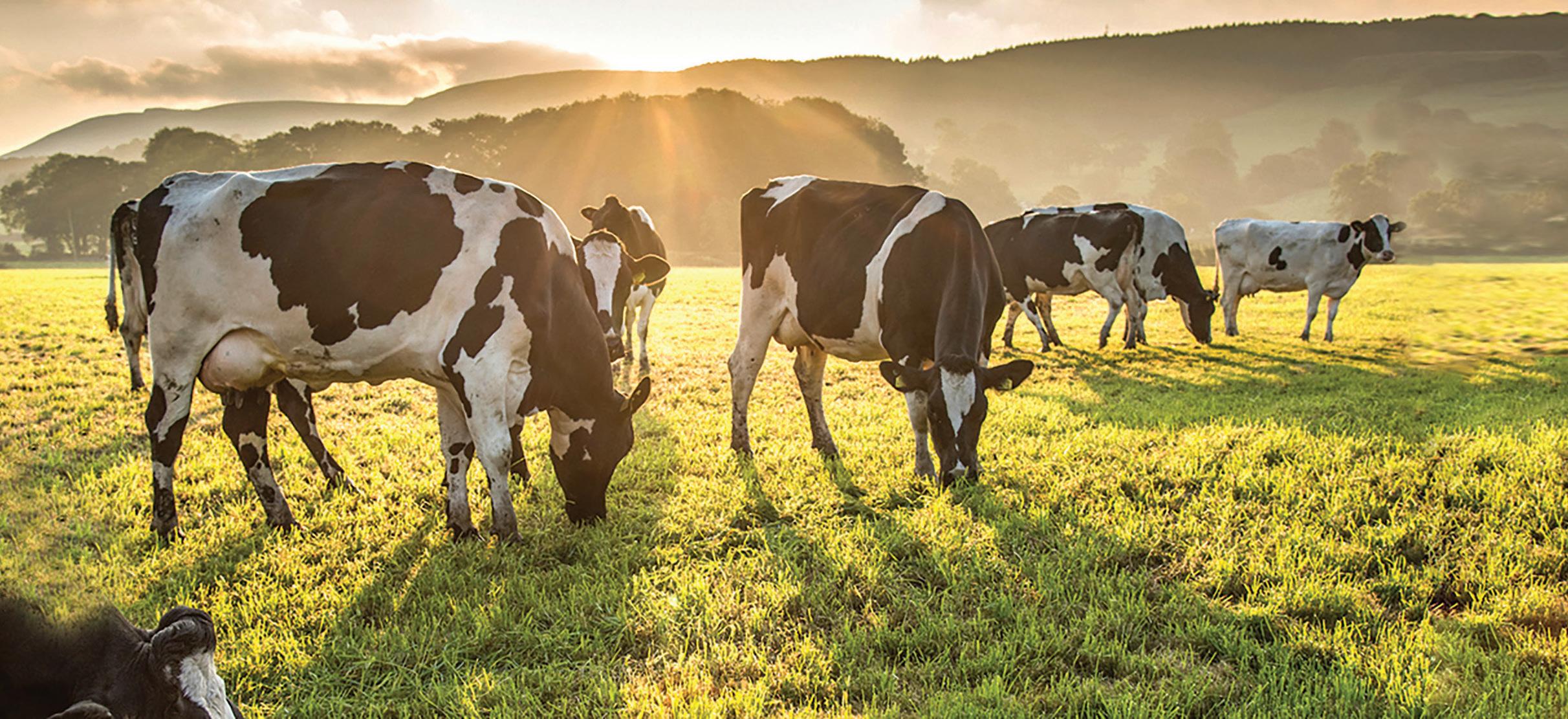






Tel: 01228 406200
Sale of PET LAMBS
Monday 11th March – 10.30am
Please advise entries Ali Dodd 07394 569382 or Anders Brown 07540 757439
Show and sale of PRIME LIMOUSIN & BRITISH BLUE CATTLE
Monday 18th March
On behalf of North West Limousin Club and Border British Blue Club Schedule available on the website
Spring Stars Sale Of 42 POLL DORSET & DORSET HORN SHEEP
Monday 18th March
Show 11.30am Sale 1.00pm
29 Females – 2 shearling gimmers & 6 ewe lambs, 8 pens of females (21 head)
13 Rams - 7 shearlings & 6 lambs
BEEF BREEDING CATTLE
Wednesday 27th March
Entries close Wednesday 20th March.
Show and sale of PEDIGREE HOLSTEIN & BRITISH FRIESIAN BULLS
Wednesday 10th April
On behalf of Border & Lakeland Holstein Club
Entries close Wednesday 13th March
PEDIGREE BEEF DAY
Friday 10th & Saturday 11th May
Shows and sales of CHAROLAIS CATTLE
Including the “White Gold” show and sale of all classes of females
BRITISH BLUE CATTLE
on behalf of Border British Blue Club BLONDE CATTLE, SIMMENTAL CATTLE & SALER CATTLE
Entries close Friday 15th March
PEDIGREE BEEF DAY
Friday 17th May
ABERDEEN ANGUS CATTLE
BEEF SHORTHORN CATTLE LINCOLN RED CATTLE
HEREFORD CATTLE
Entries close Friday 22nd March
Tel: 01833 640281
70 STORE CATTLE
Tuesday 12th March – 11.00am

Online sale of pedigree dairy cattle, embryo lots and semen
Sale bidding starts Monday 11th March finishing from 12noon Friday 15th March
Further details available on our website
H&H Group plc (H&H)
SALE OF 2175 SHARES OF £1 EACH IN H&H GROUP PLC BY AUCTION
Thursday 14th March 2024 at 10.30 am
In the ring at St Boswells Auction Mart
If you are unable to attend the auction you can make alternative arrangements to purchase shares either by phone or by leaving commission bids with Margaret Irving on 01228 406334, 07912 485326 or margaret.irving@hhgroupplc.co.uk
Please note that copies of the Annual Report for the period to 30th June 2023 and Interim Report to 31st December 2023 will be available on our website at http://hhgroupplc.co.uk/share-news/
Please note that only existing shareholders or restricted investors will be permitted to bid for these shares. If you are Interested in purchasing shares you should contact Margaret Irving to establish whether they meet the eligibility criteria under relevant legislation. Investments in shares are for the long term. The value of your investment and the income derived from it can go down as well as up and you may get back less than you originally invested.
If you are in any doubt about purchasing shares, you should consult an independent financial advisor author-ised under the Financial Services and Markets Act 2000. This financial promotion has been approved by SPARK Advisory Partners Limited (“SAPL”) under s21 of the Financial Services and Markets Act. SAPL is authorised and regulated by the Financial Conduct Authority. SAPL makes no recommendation as to the suitability of shares in H&H Group plc as an investment.


Within Exhibition Hall
Tickets now available
£25 to include hot buffet
Tel: 01228 406232

Monday 11th March
SALE OF REARING CALVES Sale 10.30am
PRIME, CAST & FEEDING CATTLE
Sale 11.30am (TB exempt section available)
SALE OF PRIME HOGGS Sale 12.30pm followed by CAST EWES
Early SHOW & SALE of EWES WITH LAMBS at FOOT
Classes for Pairs Show 11.00am Sale 11.30am
Followed by INLAMB EWES & STORE SHEEP (Entries to the office by Friday for Online Catalogue)
Tuesday 12th March
ONLINE TIMED AUCTION OF 75 WORKING SHEEPDOGS
Fully Broken, Part Broken & Unbroken
Bidding commences 8am Monday 11th March
finishes from 5pm Tuesday 12th March
Wednesday 13th March
130 FEEDING BULLS Sale 10.00am followed by 10 PRIME CATTLE, 30 BEEF FEEDING COWS & 325 STORE BULLOCKS & HEIFERS
Inc MONTHLY PRIME CATTLE SHOW
Saturday 16th March
LIVESTOCK ONLY SALE
200-250 STIRKS, WEANED/SUCKLED CALVES, BREEDING & CULL GOATS, STORE & BREEDING SHEEP (entries by Monday 11th March)
Monday 18th March
SHOW & SALE OF CALVES
Entries & Enquiries to Kyle
Dairy Cattle
Monday 18th March
Show & Sale of DAIRY CATTLE
Monday 1st April
SPRING DAIRY YOUNGSTOCK SPECTACULAR
For Pedigree & Commercial Youngstock & In Calf Heifers
Monday 15th April
SPRING COLOURED DAY
Sale of In Milk & Youngstock
Further details to follow, register your interest to both buy and sell soon for planning and advertising with Sarah on 07710 795585
Upcoming Pedigree Cattle Sales
Wednesday 24th April - BLUE WEDNESDAY
Show & Sale of PEDIGREE BRITISH BLUE BULLS & FEMALES (Entries close Monday 1st April) & NATIVE CATTLE
Special Sale of PEDIGREE ABERDEEN ANGUS, HEREFORD & OTHER NATIVE BULLS & FEMALES
(Entries close Monday 1st April)
Wednesday 8th May - CRAVEN LIMOUSIN DAY Annual SHOW & SALE OF PEDIGREE LIMOUSIN BULLS & FEMALES
(Entries close Monday 10th April)
Inc Tuesday 7th May - NORTHERN LIMOUSIN EXTRAVANGANZA
(Entries close Monday 29th April)
Wednesday 22nd May - LINGFIELDS BEEF CATTLE FAIR
MULTI BREED SALE OF PEDIGREE BEEF BREEDING CATTLE (Entries close Monday 6th May)
Saturday 25th May - PEDIGREE BELTED GALLOWAY CATTLE (Entries to the society)


748
Deadline, 12 Noon on Friday 8th March Call 01629 812777
Watch the livestreamed cattle sales on www.streaming.auctionmarts.com *********************
T HURSDAY LUNCHTIME WEEKLY SHEEP SALE
Entries/Enquiries, contact
Peter Oven: on 07973 982443 Or Ivor Lowe: on 07977 449126
Dispersal Sale
PASTURES FARM, GAWSWORTH, MACCLESFIELD, SK11 9JB
FRIDAY 22ND MARCH 2024 AT 10:30AM
Genuine Retirement – Good Road Access Deutz Agrofarm 420 4WD (Low Hours)
Bobcat S175 Skid Steer c/w Attachments
Arctic Cat 700 Diesel & CF Moto 450 Petrol Quad Bikes

Mobile Foot Crush, Implements, Marshall Tanker Cattle Equipment, Baled Silage, Straw Concrete Sleepers, Milking Parlour & Sundries
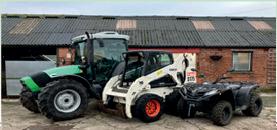
10.30am
Thursday
March
10.30am
HPLS CATTLE SALE - FRIDAY 15TH MARCH, 10.30AM
482 CATTLE
89 Feeding Bulls & 393 Steers & Heifers
Catalogues available to download at www.bagshaws.com

Summer Grazing Auction - Derbyshire
Monday 8th April
To Include:
16 Acres at Elton/Winster, 15 Acres at Hope (2 lots) 290 Acres Moor Grazing at Hope
To Let by Tender - 56 Acres at Grange Mill
83 Acres at Kniveton (3 lots)
For Further details, call the Bakewell Office on 01629 812777
Collective Sale
CHESTERFIELD FARM, CHESTERFIELD, LICHFIELD, WS14 0EH
FRIDAY 29TH MARCH 2024 AT 10:30AM
New Holland And Other Tractors
Isuzu Pickup, Yard Forklift, Excavator Modern Bailey & JPM Trailers
Large Range Of Gates Troughs & Livestock Kit
Sundries & Effects


Catalogues are available to download at www.bagshaws.com
Email: olivia.fernihough@bagshaws.com
DARLEY MOOR COLLECTIVE MACHINERY SALE - FRIDAY 19TH APRIL
Entry forms are now available from the Uttoxeter Office on 01889 562811


12.30pm
Saturday
March
9.30am WEEKLY CAST SHEEP & PRIME HOGGS
10.30am SHEEP WITH LAMBS, IN-LAMB, STORES
Thursday 21 March
10.30am PRIME BEEF followed by CULL CATTLE
10.30am REARING CALVES
11.00am SEMEX UK & JAMESON FEEDS
SHOW & SALE OF DAIRY entries by Monday 19th 4pm
Friday 22 March – Saturday 23 March
Culmination of the Young Handlers Overwintering 23-24 event. The show will be held at 6pm on the Friday evening, spectators welcomed to support our next generation, light refreshments served in the café. All animals will be sold as part of the Store Cattle sale on Saturday 23 March. Catalogue available that week.
Saturday 23rd - EASTER PRIME LAMB SHOW
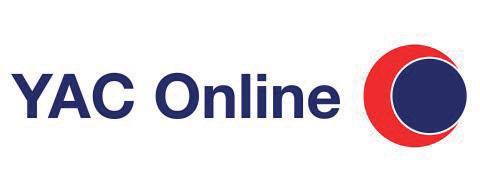





Saturday 16th March 2023 at 9.30am
Viewing and online bidding available on marteye.ie Pre sale on-site viewing on Fri. 15th March 10am to 4.30pm & until 11am on the day of sale.
Exhibition Hall Items – Selling at 9.30am
1100 Lots to include; The usual selection of new & used power & hand tools; workshop items; joiners tools; gardening tools; Lawnmowers, Strimmers, Chainsaws & Stone Saws; Cement Mixers; cast iron memorabilia; garden machinery, furniture & ornaments, bygones; 3 Lister shearing machines; bicycles & many other miscellaneous lots too numerous to mention.
Please Note – Hall Entries now Closed.
Implements etc. – Located in the Mart Field - Selling at 10am
Entries to date include; 22st Flatbed trailer; Ifor Williams HB505 Horsebox trailer & P6E Tup trailer; Car Transporter; Several ATV trailers; Lely 4mtr Combi Drill/Harrow; Sulky Fert. Spreader; Parmiter Cultvator; Ritchie 6mtr Grass Harrows; Post Knocker; Saw Benches; Ditcher; Tractor weights; Trailed leaf collector; Yard brush; Generators; Calf Creep; Ring feeders; Lamb adopters; Steel & Wood Lambing Hurdles, Telegraph poles, Gates, Troughs, Timber etc, etc, Tractors, Vehicles, ATV’s etc – Selling at 12 Noon.
Entries to date include; Massey-Ferguson 5445 4wd Tractor (2008); David Brown 885 Industrial Tractor; Ford Iveco Cargo 75e17 Lorry; Ford Transit Van; Landrover Freelander, Ford Kuga; Mercedes E350 and 220 cars; Volvo Estate, Mazda MX5, Skoda Roomster & Kia C’eed Cars; Polaris Diesel Ranger Utility Vehicle; Three Honda Fourtrax, TRX 300 Big Red, Yamaha Kodiak & Suzuki King Quad ATV’s; Husqvarna & Cub Cadet Ride-on Mowers etc, etc.
Further Field Entries Expected & Invited.
Enquiries to Chris Armstrong 07808 721957
Please join our email list on our collective and machinery website page to get catalogues and updates about these and dispersal sales ALL THOSE IN ATTENDANCE MUST REGISTER AT THE MAIN OFFICE AND OBTAIN A BUYERS NUMBER.
Tel. 01434 605444. • Mart Offices, Hexham • Tel: 01434 605444 • e-mail info@hexhammart.co.uk • www.hexhammart.co.uk
HORTICULTURE
9.30am Every Wednesday and from 7th March 5pm every Thursday evening Entries include bare rooted trees, shrubs, bedding plants, logs etc..
FURNITURE Next Sale 13th / 14th & 27th / 28th March
PRODUCE Every Monday at 12.30pm
MACHINERY
Next Tuesday 12th March 9am - New Holland 6030, Kuhn SC314D Mower, Keenan MechFIBER 320 Feeder Wagon. Timber Wolf Shredder, Apache Quad. Marshall 10 Spreader, Bob Cat x320 Digger, Fleming & Wessex Toppers, Nuffield Tractor, JCB 926 R.T.F.Lift, Compressors, Ranch 12’ Van Trailer with RSdoor, IW 505 Horse Trailer, 12’ Cattle Trailer, Range Rover 08, 05 Merc. ML350, 07 VW SUV, Quads & Ride on Mowers. Timber, Stone, Cattle,Sheep & Pig Feeders, Redrock Grab, Teagle Fan, Digger Buckets, RSJ’s, Lorry Bodies, Ruscon Vac Tank, Browns Grass Splitter, Browns Saw Bench, Slurry Drier, Grays Roller, Fert Spinners, Post Knocker, Garden & Workshop Tools, 1mtr Shakiman Rorovator, Fiona Corn Drill. Photographs of all on easyliveauction. (Last sale 1764 lots)
info@ashleywaller.co.uk www.ashleywaller.co.uk www.easyliveauction.com

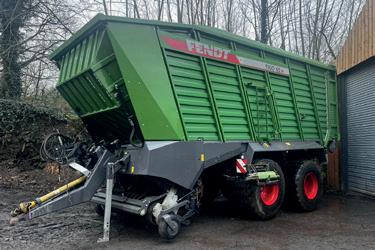


6 Rotor Tedder (22), BigPack 1290 XC (20), Fendt Tigo 65XR Forage Wagon (21), Pottinger Jumbo 6610 Forage Wagons (15&16), Pottinger Novacat 352CF Rear Mower (21) & 301 Alpha Pro ED Front Mower (21), McHale 998 Bale Wrapper (17), MF RB416 OV Round Baler (21); Cultivation & Drilling: Maschio 3M Combi Drill (11/13), Sumo DTS (21), Vaderstad - TD 300 (07), Carrier 500 (10), Rapid 600P, Kverneland LO100 Variomat 6+1 (11), Alpego K-Force (21); Misc: Hustler Mega Comby X Feeder Wagon (17), Slurry Tankers Staines 3000 Gall (19), Major LGP 3100 Gall, Clough 31’ Flat (14), Briggs Irrig Pump (17), Bauer 110/470 Reel (19), Swiftlift Interstore, Large Qty Hay & Straw & Many More Lots.

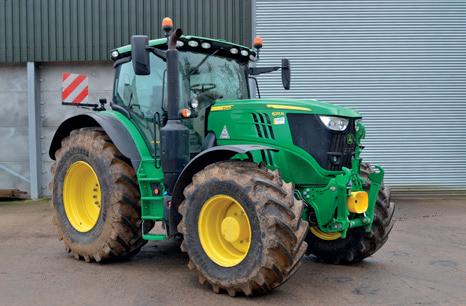
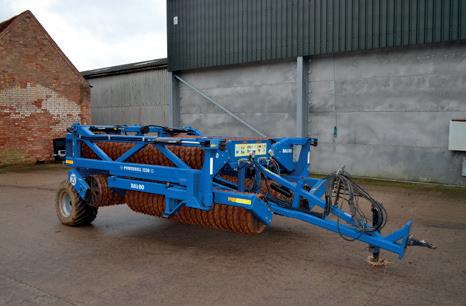
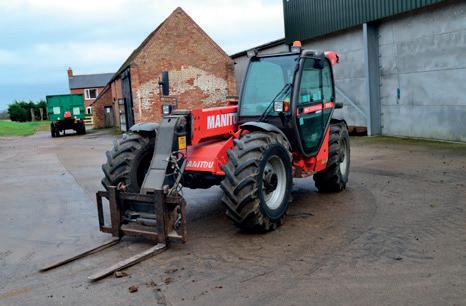

To include: Tractor: 2021 John Deere 6215R (2,564hrs). Telescopic Loader: 2006 Manitou MLT 735-120 LSU Powershift (3,920hrs) and attachments. Implements: 2013 Väderstad CR650 cultivator, 2014 Kuhn HR 6004 Power Harrow, 2019 Dalbo Powerroll 1230 cambridge rolls, 1993/4 Merrick Loggin 14tonne trailers (2), 1979 Salop Trailer. Also: Spares, wheels and tyres, workshop equipment etc. For sale by private treaty: 144 tonnes of Camgrain Storage
COMMENCES:
8TH MARCH 2024 AT 9.00AM
FINISHES: TUESDAY 19TH MARCH 2024 AT 10.00AM


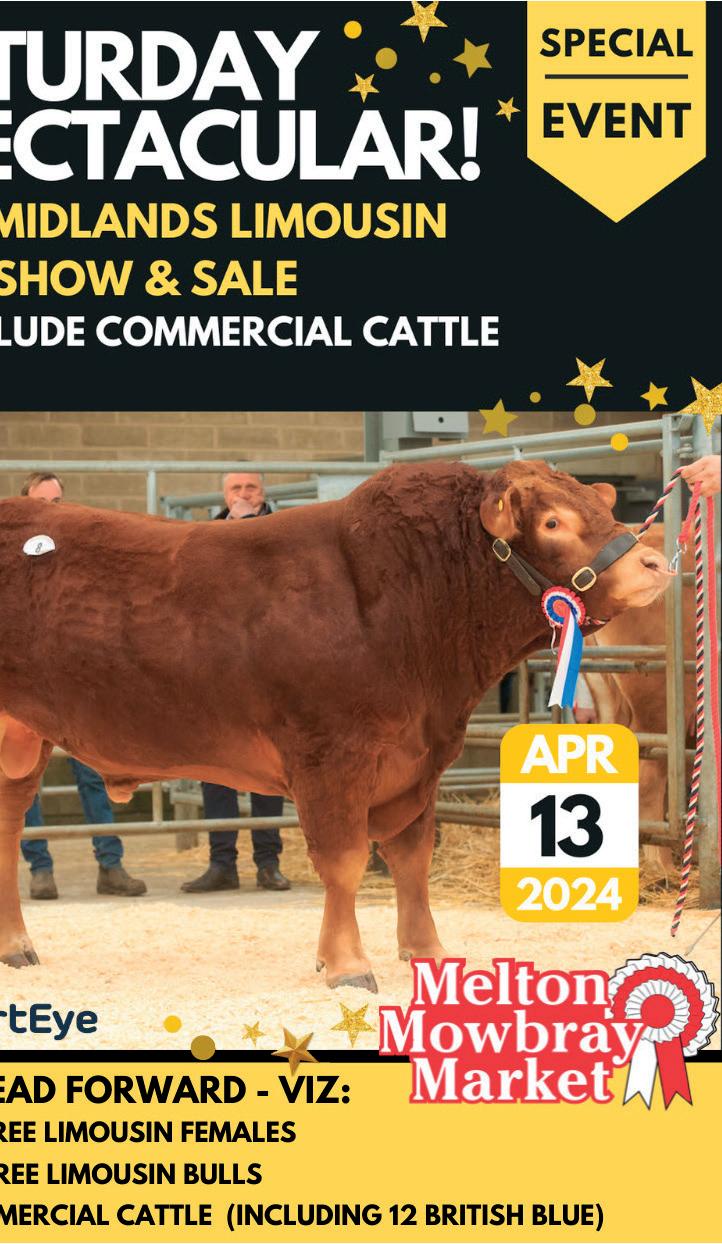








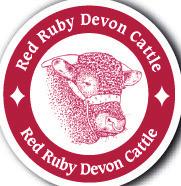



23rd March 2024
Lincoln Red Premium Pedigree Spring Show & Sale at Melton Mowbray Market
On offer from 14 Lincoln Red Vendors
14 Bulls
2 in calf Heifers
7 Maiden Heifers
Lincoln Red Bulls at Society Sales are Homozygous Polled High Health Sale. Online bidding available using MartEye
26th October 2024
Lincoln Red Autumn Show & Sale & Potential Show Stars Calf Show & Sale at Melton Mowbray Market
For more information please visit our Website: www.lincolnredcattlesociety.co.uk
Mobile: 07307 485544

Orders for Insertion of advertisements in Farmers Guardian are accepted subject to the following conditions:
1. Advertisement copy shall be legal, decent, honest and truthful, and shall comply with the British Code of Advertising Practise and all other codes under the general supervision of the Advertising Standards Authority: and shall comply with the requirements of current legislation.
2. While every endeavour will be made to meet the wishes of advertisers, the publisher does not guarantee insertion of any particular advertisement.
3. In the event of any error, misprint or omission in the printing of an advertisement or part of an advertisement the publisher will either reinsert the advertisement or relevant part of the advertisement as the case may be, or make a reasonable adjustment to the cost. No reinsertion, or adjustment will be made where the error, misprint or omission does not materially detract from the advertisement. In no circumstances shall the total liability of the publisher for any error, misprint or omission exceed
a) The amount of a full refund of any price paid to the publisher for the advertisement in connection with which liability arose. OR
b) The cost of a further corrective advertisement of a type and standard reasonably comparable to that in connection with which liability arose.
4. The publisher reserves the right to withdraw, amend or alter any advertisement it considers necessary.
5. Cancellations or advertisements are accepted providing they comply with the cancellation deadlines which are published at regular intervals.
6. Advertisement orders are issued by an advertising agency as a principal and must be on the agencies official form (when copy insutructions not constituting an official order are issued they must be clearly marked at the head “Copy Instructions – not an order”.
7. Advertising Agency commission will only be granted to those Agencies who are currently recognised by the Newspaper Society at the time of placing an advertisement order and copy. The rate of commission is determined by the publisher.
8. When credit is allowed payment is due within 7 days. Monthly accounts are due in full each month. “We reserve the right to charge additional costs and interest for non payment within our credit terms”.
9. Only standard abbreviations are permitted by the publisher. List available on request.
10. Classified display advertisements must be at least 3cms in depth for every column wide, and the minimum size of any advertisement is 2 lines.
11. Every endeavour will be made in order to forward replies to box numbers to the advertisers, as soon as possible after receipt by the publisher, but the publisher accepts no liability in respect of any loss, or damage alleged to have arisen through delay in forwarding or omitting to forward such replies, however caused. Circulars and the like should not be distributed through publisher’s box number facility.

12. The placing of an order for the insertion of an advertisement, is an acceptance of these conditions and any other conditions stated on any type of order form by an agency or advertisers are not applicable if they conflict with any of the above.






















































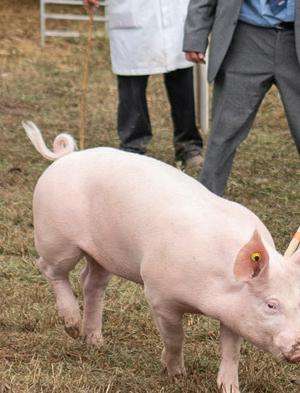













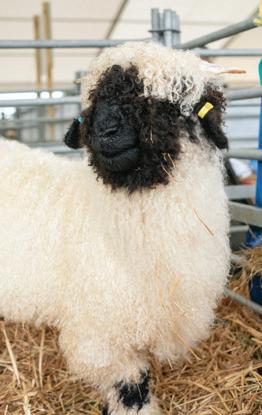




















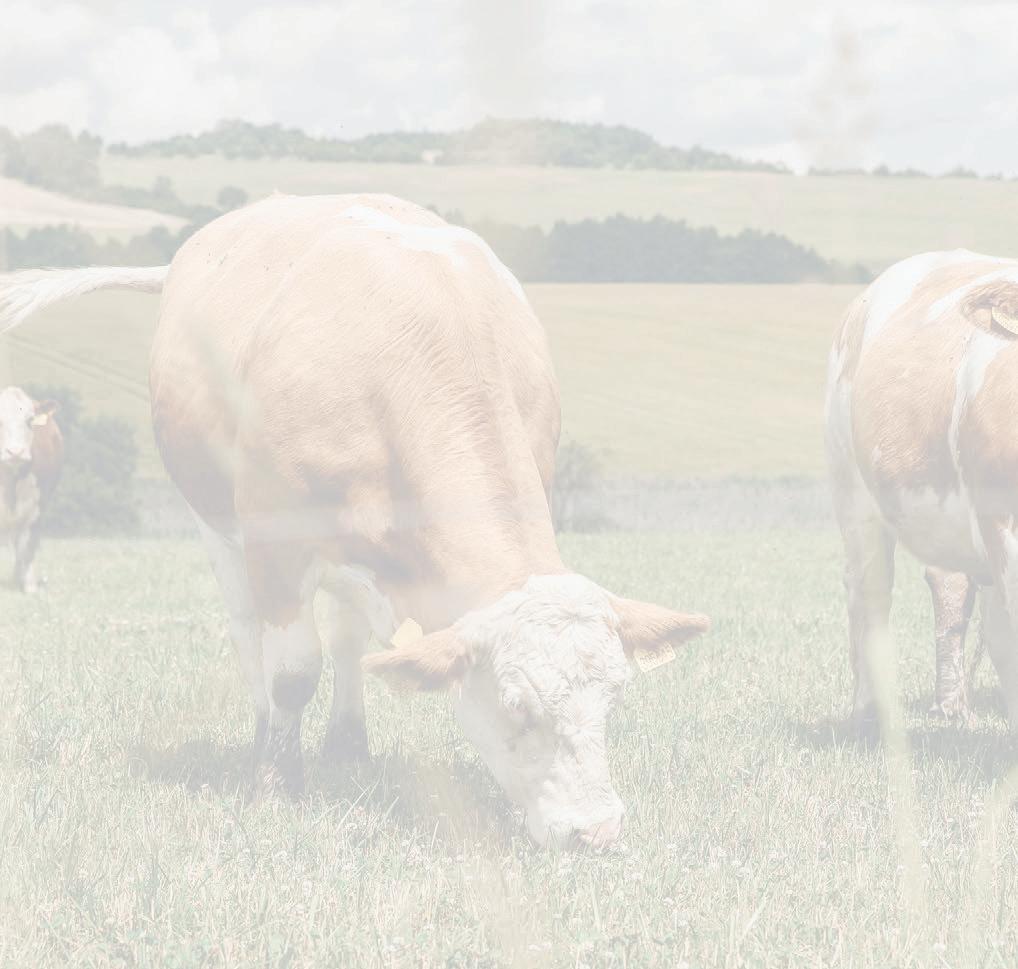
DLF is the world’s largest producer of grass and clover seed and has a comprehensive portfolio of associated products.
As part of DLF’s succession planning, a rare opportunity has arisen for an Agricultural Business Manager to join our Sales Team in Scotland and the North.
The ideal candidate will likely have a successful background in agriculture combined with good technical knowledge of farming practice. An attractive benefits package to include a company car, pension, bonus, and competitive salary is on offer to the right candidate.
Closing date: 28th March 2024
Please send all applications to victoria.wraight@dlf.com
Scan the QR Code for more details.



Established animal nutrition manufacturer is looking to expand its direct-to-farm agent network and welcomes approaches from established agents who may wish to add to their existing portfolio. Please submit your expression of interest by quoting ref SA24 to FGclassified@agriconnect.com

Job Details
Tithebarn Ltd
Location: Scotland
Closing Date: 29 Mar 2024
Contract Type: Permanent
Due to an expansion and forthcoming retirement, two fulltime positions have become available for knowledgeable and dedicated professionals to join the Scottish team. You will be given your own specific area and established customers within that area. Full training and ongoing support will be given.
For more information on any of these vacancies or to see all our current roles, please go to: JobsInAgriculture.com


We are looking for a Head Stockperson to be responsible for the day to day running of our beef suckler herd and cattle fattening enterprises. You will be experienced with the general husbandry of cattle including calving, feeding, animal health and breeding.
We are currently running 180 Suckler cows, mainly Limousin but with some Shorthorn and Angus cross cows. The farm is usually carrying upwards of 400 head of cattle. The enterprise is well resourced with excellent stock, modern buildings and good handling facilities.
Based in Hampshire, we are a mixed farming Estate totalling 1870 acres. We are committed to a sustainable farming system with the livestock enterprises being key to the long-term future of the Estate
The herd was Reserve Champion in 2022 Limousin Society National Commercial Herd competition.
This is a genuine career opportunity for the right person.
We are offering a generous relocation allowance with a Salary and benefits package commensurate with the importance of the role which includes a rent free modern 3 bedroom house on the Estate.
Please submit your CV and covering letter to:office@strattonsfarms.com



RVW Pugh Group is a well-established agricultural dealer with over 40 years of experience. We supply an extensive range of Agricultural and Machinery across Shropshire, Cheshire, and Mid Wales.
The Group is made up of TR Machinery (selling the Fendt brand) and RVW Pugh (selling the Massey Ferguson brand).
Our leading franchises are Massey Ferguson, Fendt, Merlo, Teagle, plus many other leading brands.
With RVW Pugh Group’s continuing growth, we seek Agricultural Service Technicians to join our busy teams based at either Churchstoke on the Powys/Shropshire border, Holmes Chapel in Cheshire or our new depot in Newport Shropshire that is opening soon
ESSENTIAL DUTIES AND RESPONSIBILITIES
• Perform diagnostics and repairs on agricultural equipment in a workshop and/or field environment.
• Complete all reports and administration required in a timely manner and to a high quality (job cards).
• Follow all safety rules and regulations. Complete all training programs to further develop skills and knowledge. Maintain a clean work environment, and assists with overall workshop organisation
ESSENTIAL SKILLS, QUALIFICATIONS & EXPERIENCE
• Experience performing service repairs.
• Ability to perform repairs and maintenance using correct tools and equi ment, following approved techniques.
• Proficient knowledge of mechanical, electrical, and hydraulic systems.
• Ability to use standard computer applications, internet, and manufacturer service portals.
• Ability to operate vehicles and equipment used for diagnostic purposes.
• Good customer service skills.
• Familiar with manufacturer’s products.
• Ability to work well in a team environment.
• A full, clean driving license is essential for field roles.
• Ability to work extended hours and weekends on a rota basis
FOR THE SUCCESSFUL CANDIDATE, WE OFFER THE FOLLOWING:
• Stable working environment
• The opportunity to work as part of a well-established friendly team
• Van, laptop, and phone all provided
• Ongoing training
• Workwear provided
For more information on any of these vacancies or to see all our current roles, please go
to: JobsInAgriculture.com


Location: Danby, Whitby
Salary: £24,000
Closing date: 31 Mar 2024
Are you passionate about agriculture?
Do you strive to make a difference?

With a love for the farmed environment, you’ll enjoy working with nature & livestock and want to inspire and motivate others. Reporting to the Agricultural Lead, you’ll be primarily responsible for looking after the daily needs of the farm’s livestock, which include the dairy herd, sheep flock and beef herd as well as duties within arable enterprise.
Locations & Travel:
Botton Village (Danby, North Yorkshire)
Botton predominantly comprises extensive acreage of productive farmland intertwined with sizable expanses of woodland. An environmentally conscious site, Botton has proudly held organic certification since 1955, a testament to its steadfast commitment a to organic farming practices. The farmland itself is a mosaic of improved pasture and lower-quality agricultural moorland edge land.
Larchfield (Middlesbrough)
Larchfield is an extensive mixed farm on the outskirts of Middlesbrough, with extensive hedgerows, wooded areas and traditional orchards, all interspersed by residential properties.
As Herdsperson, you will be based at Botton, however you will be expected to travel to our community in Middlesbrough.
For more information on any of these vacancies or to see all our current roles, please go to: JobsInAgriculture.com

A 2,000Ha family run agricultural business in the Northeast of Scotland, farmed by an extensive range of agriculture machinery and equipment. The candidate must hold strong people management skills to lead a permanent team of 10, as well as seasonal staff.
The successful candidate should have experience, knowledge and a strong interest in large scale arable farm management. Including mechanical planting, harvesting, irrigating, cultivating and storage of our farming enterprise produce including grain, potatoes, and bulbs. They should have enthusiasm to address future challenges and suggest and implement modern farming methods and technology to constantly better the business.
Responsible for planning crop rotations, and the purchase of farm inputs and sale of farm produce.
The candidate will be forward thinking and hold good problemsolving skills.
Full driving licence, agriculture machinery and basic maintenance experience is essential.
Ensure health & safety compliance and create a positive H&S culture.
A competitive package will be offered dependant on experience, company vehicle and family home are available for the right candidate. Flexible working hours and patterns dependant on busy periods.
To apply, please send your CV to Serena@slainspark.com.





Agriconnect is a business unit within the Arc network, a global events, data, and media platform. Arc is a fast-growing global events, data, and media platform with a varied portfolio content led portals, magazines, and events.
Since 1844, the brands of Agriconnect have been the trusted source of information for farmers and with brands like Farmers Guardian, events, like LAMMA and Farm Business Innovation, and digital platforms, like FG Insights, Agriconnect continues to bring together the British farming community.
• We are now looking for a motivated and driven salesperson to join our Sales team.
• The main function of the role is to develop business through growth in revenue, yield, and to increase customer numbers. You will be required to identify new opportunities and influence companies’ media buying habits within the agricultural sector. Due to the ever-changing nature of the industry, this person will have the ability to spot new avenues and exploit market trends.
• Hours: 35 hours per week – Mon – Fri
• Location: Preston – temporary hybrid remote
• Salary: Competitive, dependant on experience.
• Own, support and fully develop specific market sectors
• Conduct sales presentations by telephone, email or face to face to existing and prospective clients in order to develop existing business and generate new business wherever possible.
• Advise existing and new customers on the most effective solution to meet client needs within the Agriconnect portfolio.
• Continually seek and develop new sales & opportunities.
• Ability to accurately forecast future sales
• Keep abreast of all current trends, activities and relevant news within agriculture and specific sector
• An interest in agriculture
• Highly motivated & driven, with an ability to meet ambitious performance goals
• Be enthusiastic and motivated to continually explore new opportunities, whilst possessing a natural inquisitive nature
• Excellent communication written and interpersonal skills
We offer an excellent package including:
• A competitive basic salary
• 25 days holiday increasing to 27 after two years
• An extra day off on your birthday
• Free life assurance
• Contributory pension scheme Employee assistance programme
Arc has ambitious plans for growth, and this is an opportunity to be part of our continuing success story whilst enjoying a fabulous work/life balance. We strive to create a culture that is open and respectful, where differences are valued and celebrated. We want everyone to be able to reach their full potential, so we are committed to cultivating a company that promotes inclusion and belonging.
To apply for this role, please email amber.tabiner@agriconnect.com



















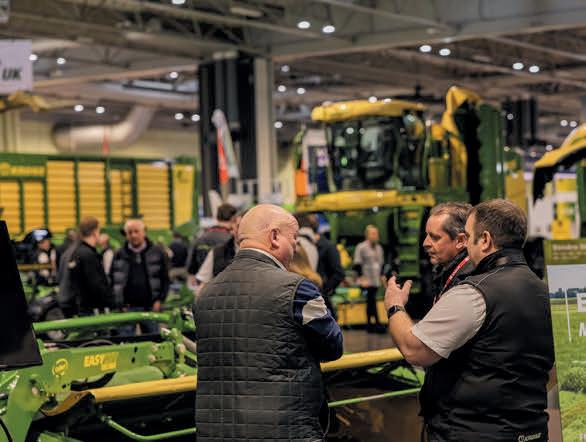
















FGBuyandSell.com

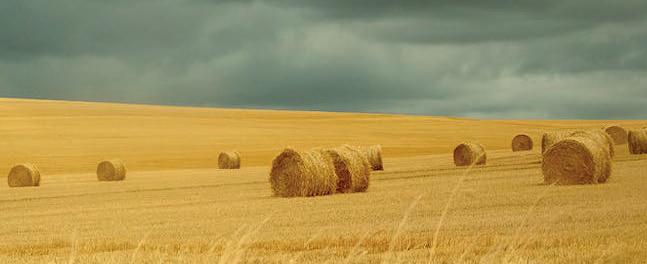
FARMERS DATING

The Social Network for Country Loving People
Do you enjoy the countryside?
Do you like to socialise and meet new people?
If you are looking for new friends in a relaxed and informal environment, then try Country Link – the social network for the countryside. Open to anyone, and with a national network of local groups, Country Link offers a variety of pre-arranged meetings, events, and activities to suit all tastes, encouraging friendship but is not a dating agency.
Take a look on our website, call 07932 537183, or email contact@country-link.co.uk for more information and to find out what is happening in your area.
www.country-link.co.uk

• BOREHOLE DRILLING FOR DOMESTIC AND COMMERCIAL PURPOSES
• WORK CARRIED OUT TO A VERY HIGH STANDARD
• WATER SYSTEMS INSTALLED
• BOREHOLE PUMPING INSTALLATIONS
• 24HR BREAKDOWN SERVICE
•
THE POTTERIES GARAGE
SMALLBROOK LANE, LEIGH, WIGAN, LANCS, WN7 5PZ.
TEL: 01942 871900.
FAX: 01942 896843.
Out of office: 01942 893660
Visit our Website www.waterwellengineers.co.uk
Email: sally@waterwellengineers.co.uk
WATER WELL DRILLING
• Borehole Drilling
• Treatment & Filtration
• Water testing
01625 878411
www.blairdrilling.co.uk
Monday 9th October 2000 - Monday 29th January 2024
We are devastated and saddened to announce Charles’ life was tragically taken from him on Monday 29th January 2024.

The source of laughter, Charles prided himself on enthusiasm and passion for everything he put his mind to.
A beloved and admired son of John and Linda, brother to Hannah, Johnathan and William, a unique and adored partner to Beth and daddy to Albert.
Charles’ funeral will be held on Wednesday 13th March, service at 11:30am at St Giles’ Church, Caldwell, Swadlincote, DE12 6RT and burial in the church yard. No flowers please.
Donations in memory of Charles will benefit Tiny Tickers (charleskinston.muchloved.com) who provide a better start for tiny hearts and also St Giles’ Church, Caldwell.
Nursery Fresh For Planting Success
TOP QUALITY TREES & HEDGING PLANTS
Cold stored for freshness
Also rabbit guards, canes, stakes and ties
Call now for professional advice

Growing Since 1973

Woodgrow Horticulture Ltd
Tel: (01332) 517600
www.woodgrow.com

t: 07718 617433
e: billingtonfarms@yahoo.com
Chicken muck and pig slurry excellent cheap fertilisers, delivered in artic loads to the North West and Midlands areas. Anaerobic digester feed stocks also available.
www.billingtonfarms.co.uk
Farmers
Guardian
Of Hellifield. Renowned cattle breeder and judge died peacefully on 24th February after a courageous battle with cancer.
He will be sadly missed by Wendy and the family. A thanksgiving service will take place at St. Aidan’s Parish Church, Hellifield on Friday 15th March at 11.30am.
Family flowers only please.
All enquiries to Duncan Robinson
Funeral Services, Unit 2, Kings Mill Lane, Settle BD24 9BS. Tel 01729 825444
15/2/31-18/2/24
Formerly of Copster Farm, Samlesbury. Passed away peacefully in Cartmel Grange Nursing Home.
Service at Beetham Hall Crematorium, Beetham, Cumbria, LA7 7BQ on Tuesday 19th March at 11am. Family Flowers Only.
Donations split between Cancer Research UK and Air Ambulance. Enquiries c/o Fishwicks Funeral Service tel: 015395 63108.

•
•
•
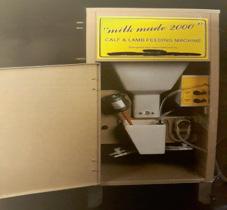






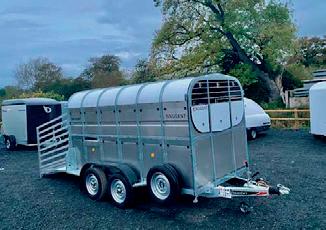
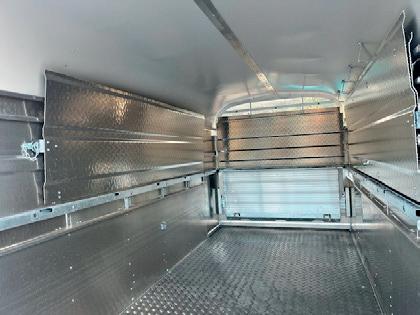
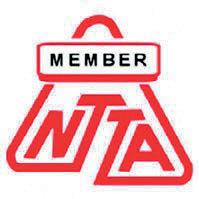
















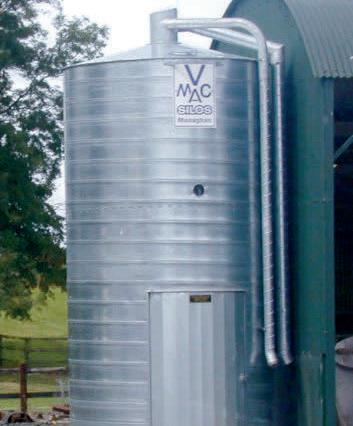
Brockholes Arms

Auction Mart
Claughton On Brock, Preston PR3 0PH 01995 640280 www.garstangmart.co.uk
Auctioneer: Ian Atkinson 07944 237516


Wednesday 27th March, 2024
12
12
Wednesday 17th April, 2024
Thurs 11th April
Wednesday 24th April, 2024
Dispersal of 150 Pedigree Holstein Friesian Youngstock from R & A Jolleys, Robanne Herd
Wednesday 15th May, 2024
Dispersal Sale of the Milking Herd of 150 Holstein Friesian from K & B Lupton, Longridge
Wednesday 22nd May, 2024
12noon
16th May
Wednesday 5th June, 2024


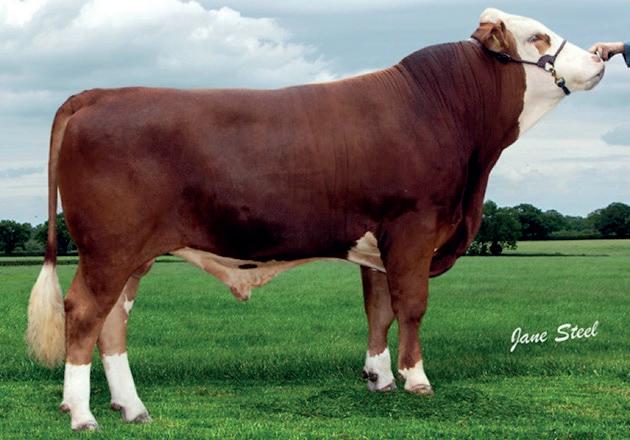
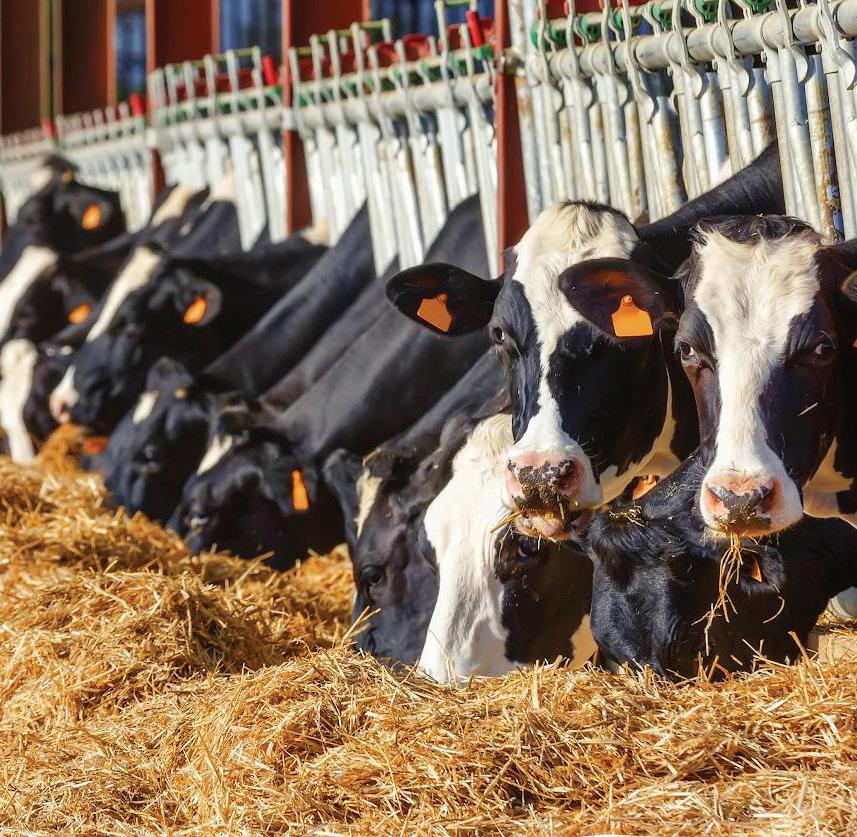










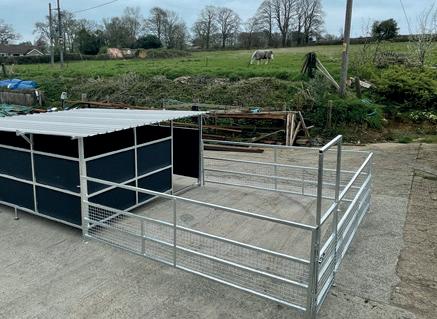
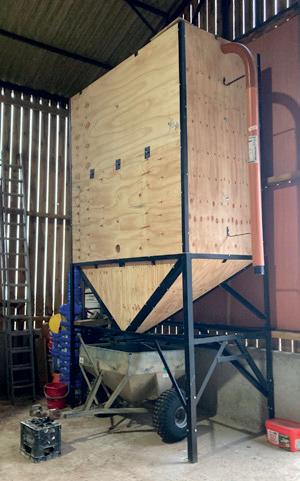




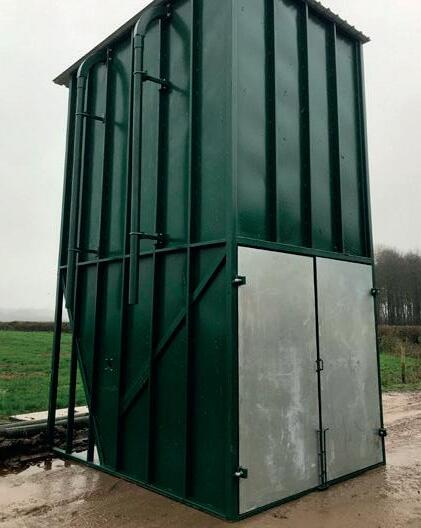


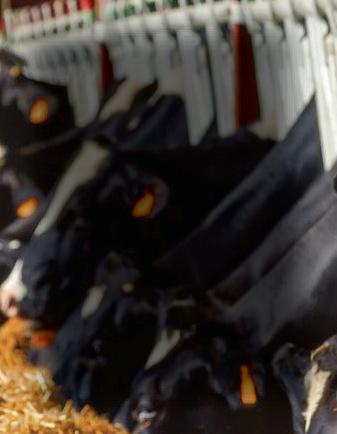



or 07729 405369
Lockerbie (P)
FRESH REARING CALVES
Continental Bull and Heifer calves 3-5 weeks old available now.
Quality store cattle sourced directly from Welsh/Shropshire Borders Farms, delivered to your farm.
Delivery Nationwide.
Livestock Supplies Ltd
Ashley: 07831 887531 Office: 01829 260328
www.livestocksupplies.co.uk
Five Red and Black Limousin stock bulls
17-22 months. Some Semen tested. TB4 area.
Younger bulls also available
Tel Edward: 07770 457453 N. Yorkshire (P)
60 p060.indd 60
| June 29, 2018
Contact: Paul on 07730095062 or paul@lowergroveherefords.com
Biscon
ALWAYS NEGATIVE FOR TB
Wilf Lomas - 01606 832142 or 07769704628
TOP PEDIGREE REGISTERED HEREFORD BULLS AND HEIFERS.
07885
Good
High
health status. TB4. Ready For Work
Cambridgeshire (P)

PEDIGREE HEREFORDS FOR SALE

BULLS AND HEIFERS FOR SALE
Excellent choice. Great conformation, colour and temperament. Ready to work. High health accredited for IBR, Lepto, BVD and Johnes 1, TB4 North Yorkshire 01756 720210 - 0777 99 20202
More details visit: www.whitehillherefords.co.uk
SEAFIELD PEDIGREE ABERDEEN ANGUS BULLS
to



HIGH
PED AA BULLS for sale. Hi Health. TB4. Suit commercial & ped breeders. Oakmoor
Angus, Tel: 07563 339979 York (P)
Bulls ready for work
Excellent choice of bulling heifers
Elite Status High Health, TB4
North Yorkshire 01756 720210 - 0777 99 20202
www.whitehillherefords.co.uk
Tomlinson Bros
20 BRITISH BLUE X FRIESIAN HEIFERS
Top Quality Hay & Straw. All types of big bales deliverEd.
01829 782378 or 07710 933681
TB 4 Area
Ideal Suckler Cows
Tel: 07748 028448 East Anglia (P)
Hay-Straw-Silage-Haylage In All Bale Types Barley-Wheat-Oat-OSR Straw Meadow & Ryegrass Hay Haylage & Silage Clamped Silage- Grass-Maize-Wholecrop Fodder Beet Whole & Rolled Barley-Wheat-Oats Delivered or collected throughout the uk and Ireland • www.proforage.co.uk • office@proforage.co.uk • 01565 758755 • 07484 364842
LOWER YOUR VET BILLS WITH WASHED SILICA SAND CUBICLE BEDDING
* Helps to eradicate mastitis problems and lowers your milk count
* Equestrian sand also available
Tel 07730 897138 / 01484 603130

LIQUID FEEDS to encourage forage intake. Molasses and molasses blends plus additional minerals if required. J E Morten: 01663 734621 High Peak, Derbyshire (T)
FODDER BEET Clean & stone free. Ray Darley 07860 212800 Nationwide Delivery (T)
ROUND BALE Haylage and Hay. Also approx 100 bales of small bale hay. All collection only.
ROUND BALE Wheat, Oat and Barley Straw, Tel: 07415 867963 or 07896 712253 Lancs (P)
FGinsight.com
FGbuyandsell.com
FODDER

STRAW
| March 8, 2024 FGbuyandsell.com 54



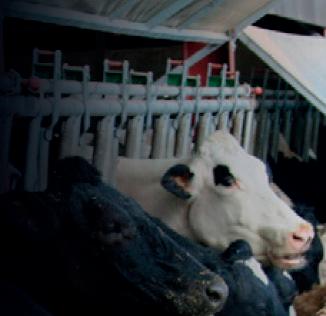








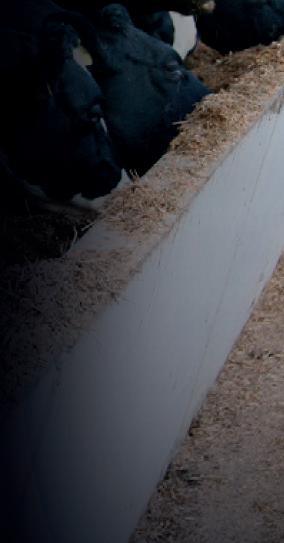































Working direct with British farmers
British farming family owned manufacturer
30 year guarantee on all EUROSIX fibre cement sheets
Fast 3-5 day delivery in the UK with offload included
Apply for an account
Supporting British farmers for over 40 years
01934 641 446
briarwoodproducts.co.uk
sales@briarwoodproducts.co.uk
Manufacturers of: Box Profile & Corrugated Roof & Wall Cladding · VentAir, Perforated & Anti-Con Sheets · Curved Sheets ·Purlins and Sections · Folded Galvanised Guttering
Full Range Of Accessories
For Friendly Advice and a Quotation Call
Tel: 01246 858222
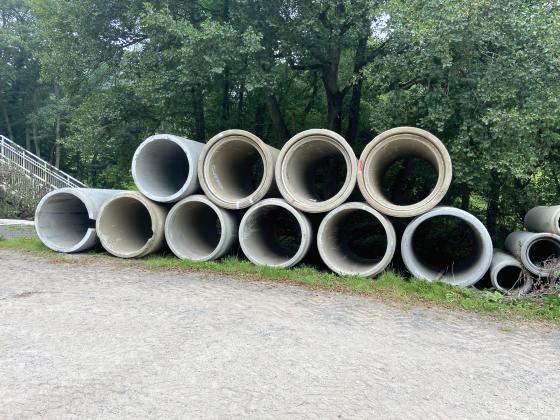
CRASH BARRIERS
telegraph poles, Sleepers, Astroturf for Cow Tracks etc, Security fencing. Henmans Tel07768 533741 Nationwide Delivery (T)

Although every advertisement is carefully checked,occasionally mistakes do occur.We therefore ask advertisers to assist by checking their advertisements carefully and advise us immediately should an error occur.
We regret that we cannot accept responsibility for more than ONE
INCORRECT insertion and that no re-publication will be granted in the case of typographical or minor changes which do not affect the value of the advertisement.
Manufacturers of: Box Profile & Corrugated Roof & Wall Cladding · VentAir, Perforated & Anti-Con Sheets · Curved Sheets ·Purlins and Sections · Folded Galvanised Guttering
Manufacturers of: Box Profile & Corrugated Roof & Wall Cladding · VentAir, Perforated & Anti-Con Sheets · Curved Sheets ·Purlins and Sections · Folded Galvanised Guttering
01568 61 00
Fibre Cement and GRP
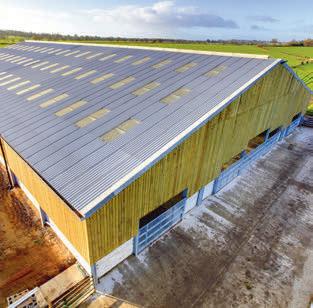

Rooflights
Rooflights
Rooflights

00panelsandprofiles.co.uk
01568 61 00 00panelsandprofiles.co.uk

Purlins & Sections
Market leader in Steel Building Components


HARDCORE AVAILABLE FREE. Can be collected from our yard. Must have U1 Exemption. Ring Martlands01704 893161
While every endeavour will be made to meet the wishes of the advertisers, the publisher does not guarantee insertion of any particular advert.



Cladding
priced accordingly Tel 07976 103807 jim@beaverfit.com CONCRETE SECONDS PIPES INSULATED ROOFING AND SIDE CLADDING SHEETS MANUFACTURED TO YOUR LENGTHS Range of colours, thicknesses, 20mm, 30mm, 40mm, 60mm 80mm + lowest prices. ICP Ltd. Tel: 07702 701776 www.icproducts.co.uk CUMBRIA CONCRETE PRODUCTS LIMITED www.cumbriaconcreteproducts.com HIGH QUALITY PRE-STRESSED CONCRETE PANELS For a competitive price please contact 01228 674 561 or email: carlisle@cumbriaconcreteproducts.com FGBuyandSell.com Browse. Sell. Buy at FGBuyandSell.com A New Route to Market FGBuyandSell















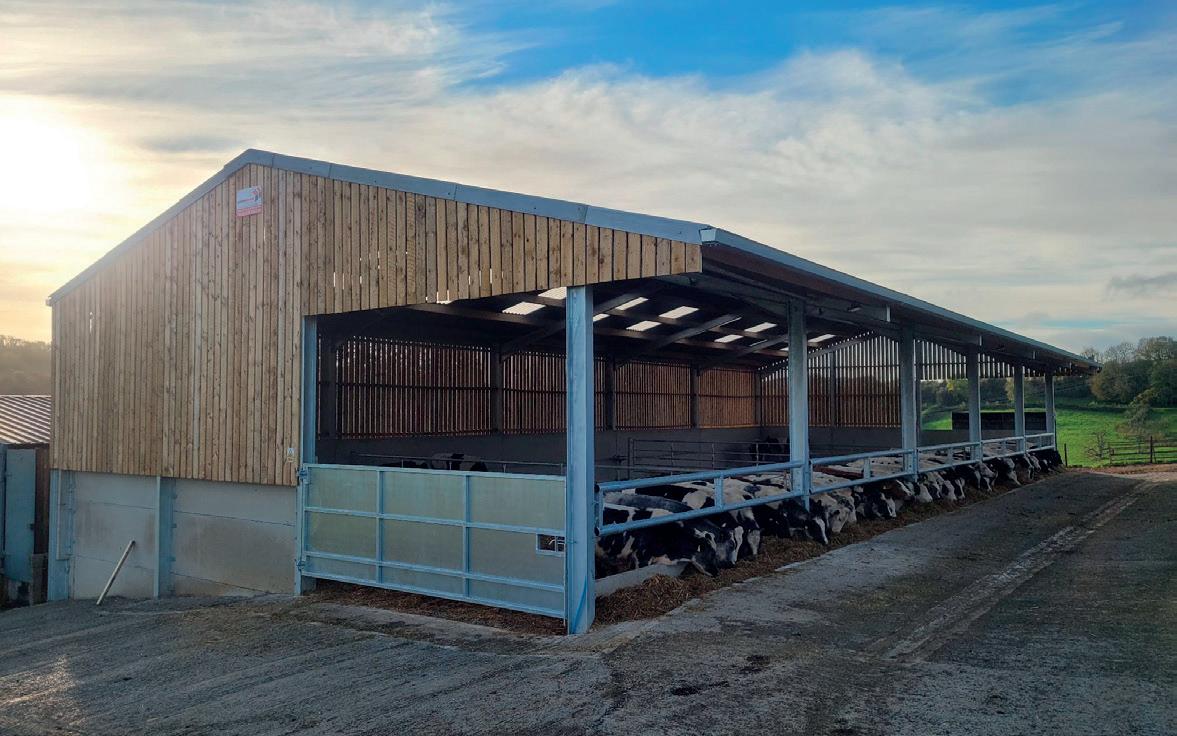




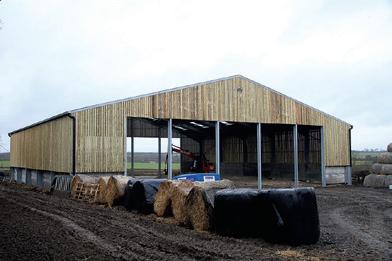

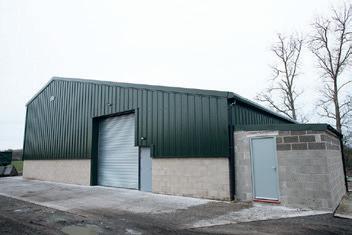



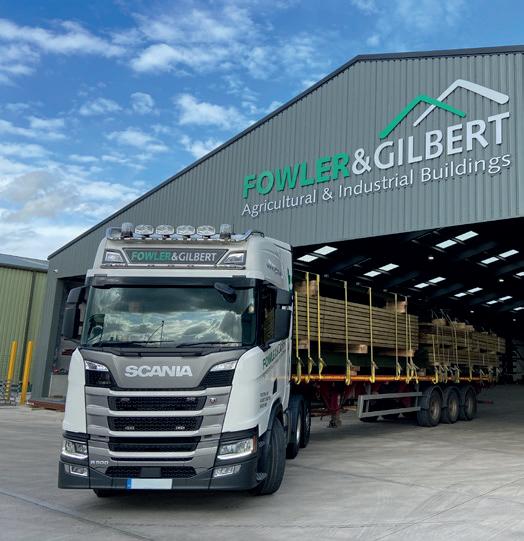








eco friendly affordable sustainable materials
In good condition, valeted and new carpets fitted. Suitable for on farm accommodation. £5900 ONO. Delivery can be arranged.
Forestry/ Fencing
PaynettsFarm,CranbrookRoad, Goudhurst,Kent,TN171DY
Tel:01580212141
Mob:07710480259
Email:info@timberspecs.com
Tel: 07375 728452 Lancashire (T)
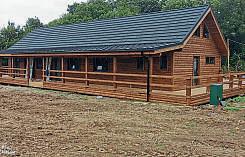



bespoke design
Mobilehomes,holidaychalets,loghomes. Allbuilttoyourrequirements,deliveredand erectedanywhere,weofferbuildsinround, 360mm to up log random and cavity square, thick.Housessuppliedtomeetbuilding controlregulations.
Land



Bespoke Design Service
AndTechnicalData


FinanceOptions
Tospreadthecostofyourinvestment, wehavepartneredwithiDeal4Finance andTownandCountryFinancetooffera
Formoreinformationonallthebuildingspleasevisitourwebsite. Web:www.timberspecs.co.ukEmail:info@timberspecs.com
Tel:01580212141Mob:07710480259










A 200 acre productive Coastal Farm with frontage onto Cardigan Bay, comprising a substantial former farmhouse (currently in tow dwellings) together with mainly traditional outbuildings ripe for development, great re-development opportunity, productive pasture land in early growing region, one of the most renowned farms in the region. A/5208.
Guide Price £2,500,000

A renowned 158 acre highly developed productive Dairy Farm with option of additional 54 acres, traditional 4 bed character farmhouse, 30/60 milking parlour with covered slatted collecting yards, modern purpose built cubicle housing for nearly 400 Cattle, 3 million gallon slurry lagoon, separate 500,000 gallon slurry storage. A/5235.
Guide Price £1,850,000
Tel: Morgan & Davies on 01545 571600
E-Mail: aberaeron@morgananddavies.co.uk www.morgananddavies.co.uk
Despite having grown up in a rural setting on a family-owned dairy farm, the pathway to becoming a chartered surveyor was not the clearest, nor is it the route which many take in the early stages of education and adulthood.
However, for those with a good agricultural understanding and willingness to be involved in all aspects of farming life, it can be, as I have found, a very rewarding career.
Having struggled in the early stages of education due to dyslexic tendencies and with little desire to take part in any A levels, the pathway to a professional career seemed somewhat impossible.
However, through using college degrees along with the desire to get into a position where I could assist farmers across the county, I was accepted at Harper Adams University.
Impossible
Although getting to this stage to some in a similar position to myself may seem impossible, the variety of college degrees and degree apprenticeship schemes available means you no longer need to be a high academic achiever in the traditional school setting to be rewarded with a career as a rural surveyor.



other rural matters. One of the greatest pleasures in my role is being able to use my agricultural experience and knowledge to help rural businesses, whether that be when negotiating compensation claims, providing reasoned advice, or helping farm businesses recover their lost Basic Payment Scheme income through the Sustainable Farming Incentive (SFI).
In recent months I was pleased to assist a 200-acre dairy farm with an SFI application. The familyrun farm had previously thought it was ‘too intensive’ for such schemes.
However, through a review of their farming system, we were able to submit a claim, rewarding them with more than £12,000 a year with very little change to their current system.
To Let:
Land Fronting Dawbers Lane, Euxton, PR7 6EB
• 12.08 acres (4.89 hectares) or thereabouts
• Available as a whole on a 5-year Farm Business Tenancy from 1 May 2024
• Tender submission by 12 noon, Wednesday 27 March 2024
Contact Mr J Forrester MRICS on 01772 421566 | info@johnforrester.co.uk
Farmers Guardian the best environment for your brand message

When I was informed that postdegree, I would be required to take further examinations to become a member of both the Royal Institution of Chartered Surveyors and the Central Association of Agricultural Valuers, I once again found this prospect daunting.
However, through hard work and company support, I found the process achievable and rewarding.
Now as a fully qualified chartered surveyor and agricultural valuer, my typical week consists of travelling the English countryside completing valuations, assisting farmers with utility schemes and advising on current grant and subsidy schemes, among many
Working across such a varied sector allows me to spend a large amount of my time on farm and in the field, as well as discussing the current state of agriculture around the kitchen table.
I would encourage anyone who has a passion for agriculture and rural affairs to consider a career as a rural surveyor by exploring different pathways into the industry to suit your current skill set.
The biggest strength of any young professional is an ability to engage with the rural community and have a drive to assist rural businesses.
Jack Jones is a chartered surveyor at Rostons. Call 01829 773 000, or email jackjones@rostons.co.uk








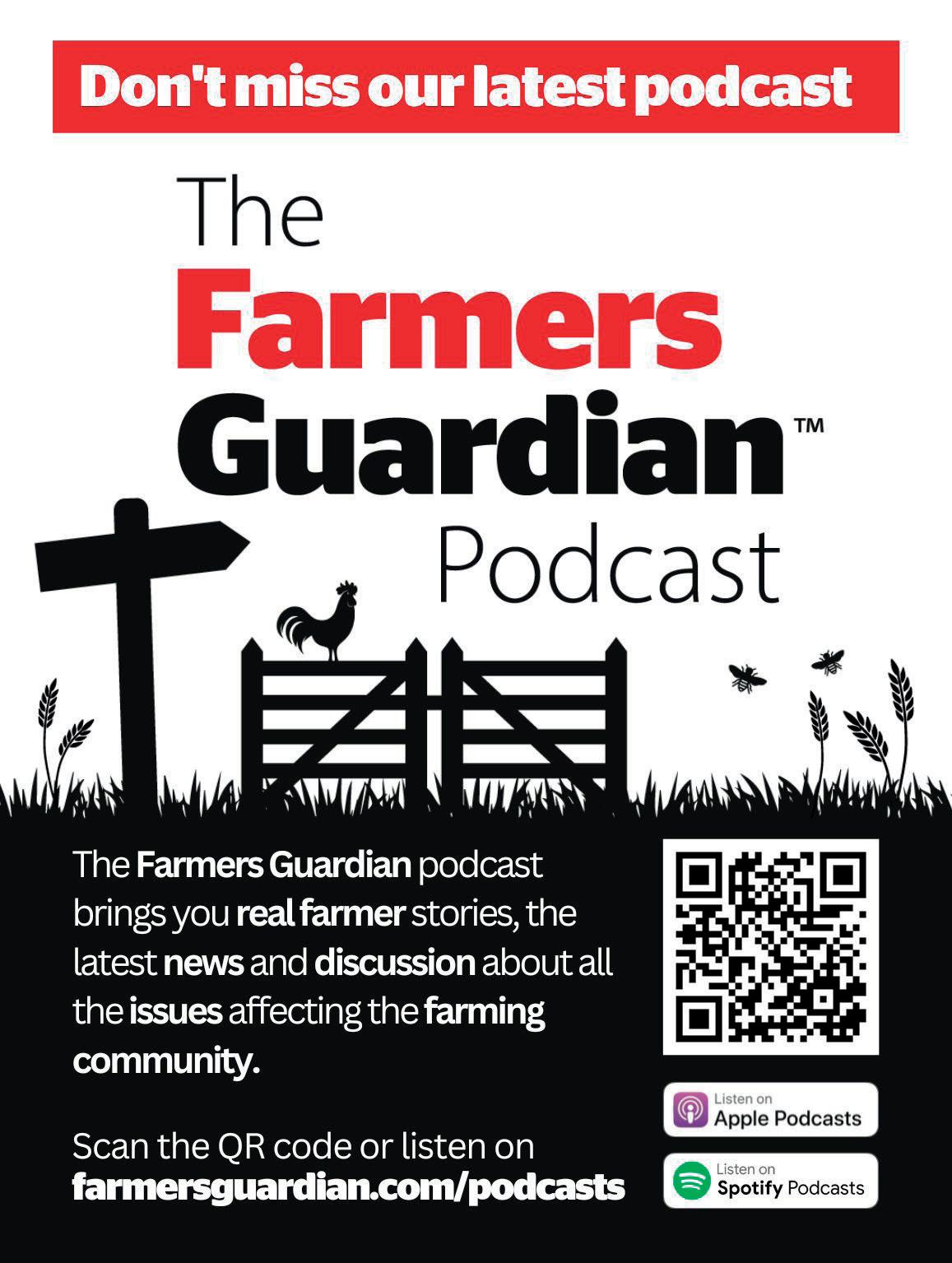



Farmers Guardian, Fginsight.com and fgbuyandsell.com (hereinafter referred to as ‘Farmers Guardian) may contain advertisements, links to other Internet websites or online and mobile services provided by independent third parties, including websites and telephone contacts of our advertisers and sponsors (what we call “Third Party Sites”), either directly or indirectly.








It is your decision whether you purchase or use any third party products or services made available on or via Third Party Sites and you should read below carefully. Our Privacy Policy does not apply to Third Party Sites. In no circumstances do we accept responsibility for your use of Third Party Sites or in respect of any Third Party products. By Third Party Sites we mean websites, online or mobile services provided by third parties, including websites of advertisers and sponsors that may appear in Farmers Guardian. By Third Party Products we mean products or services provided by third parties. Farmers Guardian contains advertising and sponsorship. Advertisers and sponsors are responsible for ensuring that material submitted for inclusion on Farmers Guardian complies with international and national law. Farmers Guardian (nor its websites) is not responsible for any error or inaccuracy in advertising or sponsorship material.
Any agreements, transactions or other arrangements made between you and any third party named in, on (or linked to from) in Farmers Guardian and its websites are at your own responsibility and entered into at your own risk.
Farmers Guardian promises to develop and operate with reasonable skill and care and will use reasonable efforts to promptly remedy any faults of which it is aware.
Farmers Guardian does not provide any other promises or warranties about its products and services. Farmers Guardian is provided on an “as is” and “as available” basis. This means that Farmers Guardian does not make any promises in respect of Farmers Guardian or the services and functions available on or through Farmers Guardian, Fginsight.com and fgbuyandsell.com or of the quality, completeness or accuracy of the information published on or linked to from Farmers Guardian, Fginsight.com and fgbuyandsell.com other than as expressly stated above.
The above disclaimers apply equally to your use of Farmers Guardian, Fginsight.com and fgbuyandsell.com without limiting the above; Farmers Guardian and its websites are not liable for matters beyond its reasonable control. Farmers Guardian does not control third party communications networks (including your internet service provider), the internet, acts of god or the acts of third parties.
Farmers Guardian liability will not be limited in the case of death or personal injury directly caused by Farmers Guardian negligence in those countries where it is unlawful for Farmers Guardian to seek to exclude such liability.
Any individual, who is in doubt about entering into a loan agreement, should seek professional advice or consult an authorised person who can assist in relation to entering into a credit agreement. Before acting on any information you should consider the appropriateness of the information having regard to these matters, any relevant offer document and in particular, you should seek independent financial advice.
All loans, loan participations and financial products or instrument transactions involve risks, which include (among others) the risk of adverse or unanticipated market, financial or political developments and, in international transactions, currency risk. Lending against nontraditional physical collateral exposes investors to specific risks such as the potential for fraud,
damage and illiquidity.
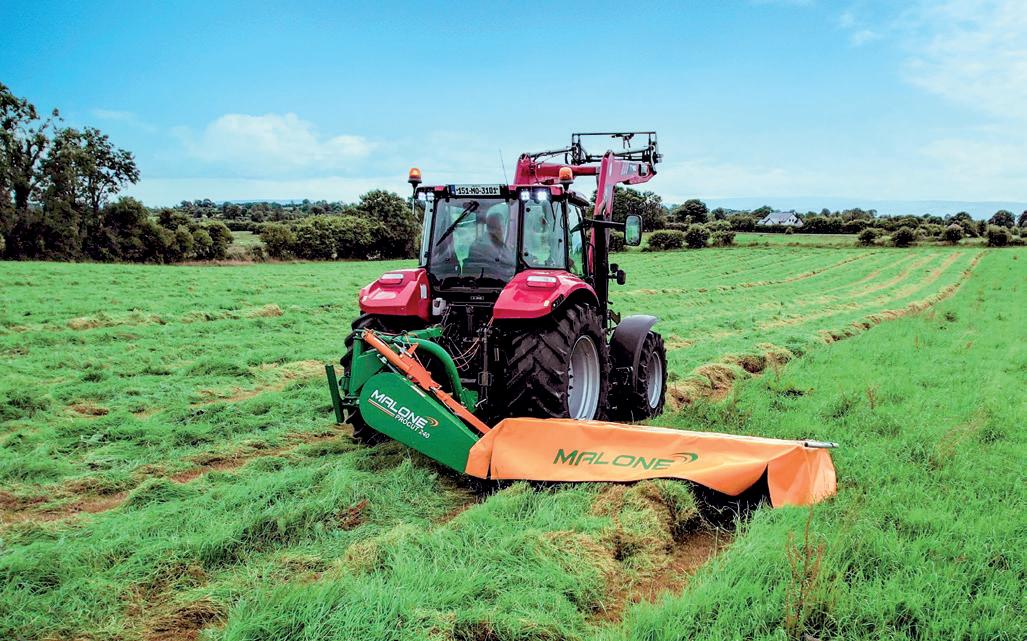
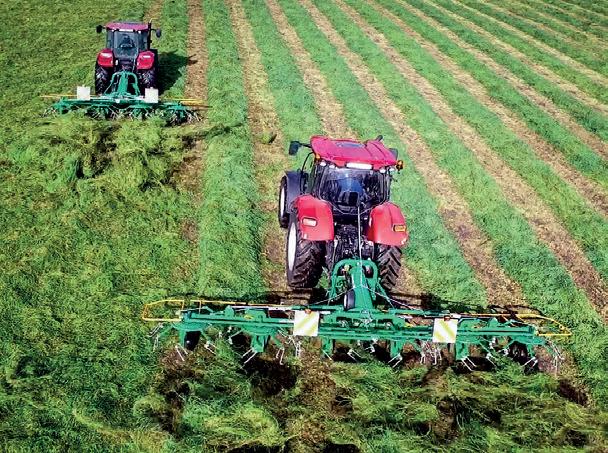
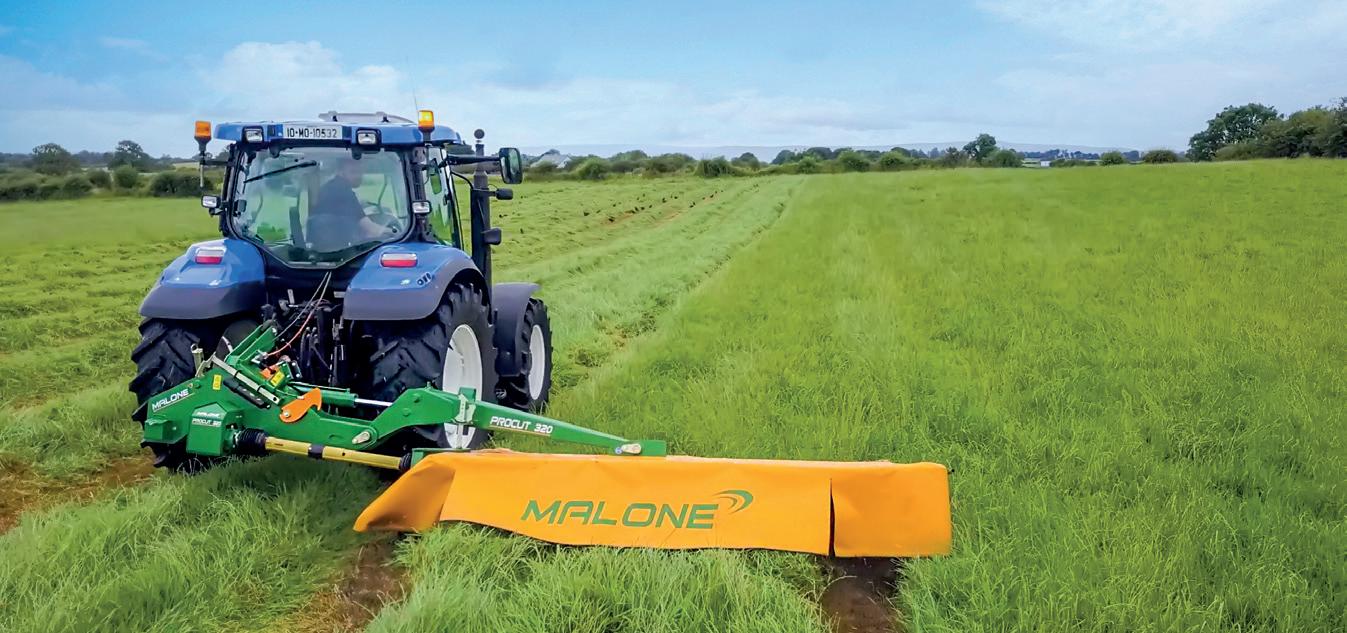



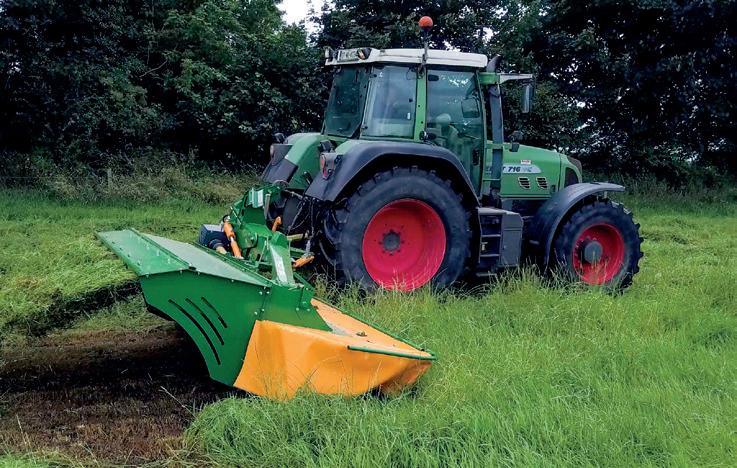
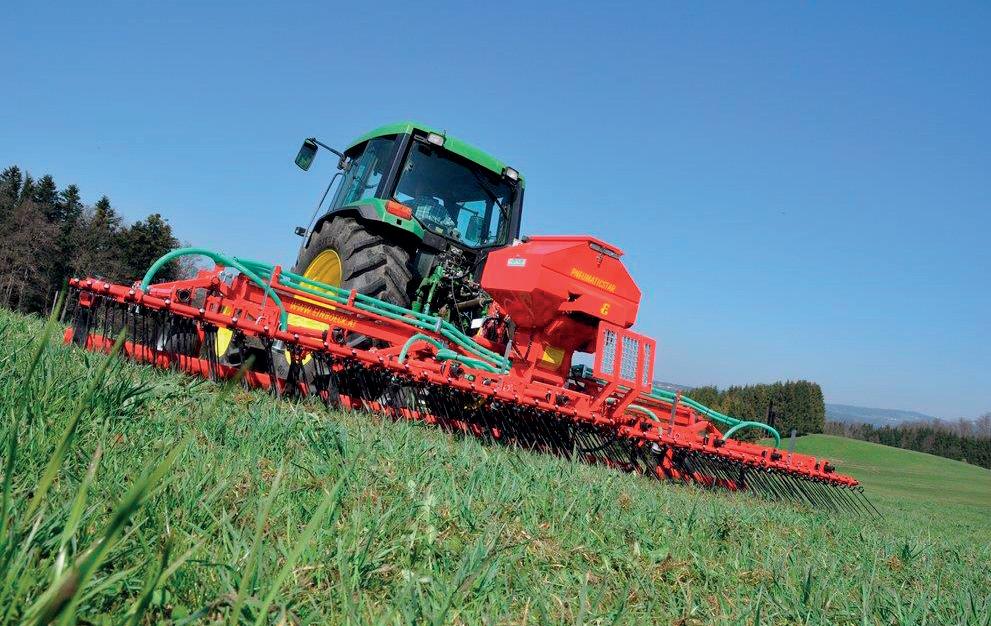








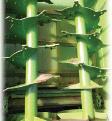
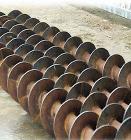





















































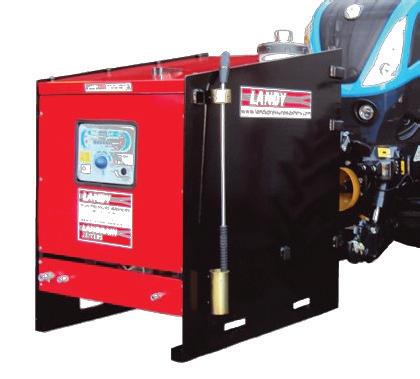






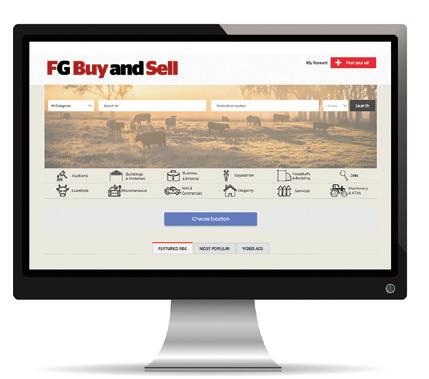





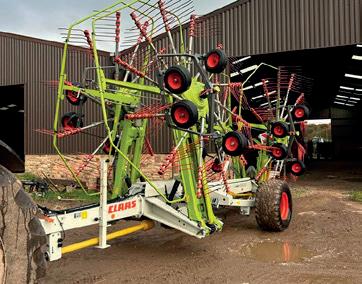

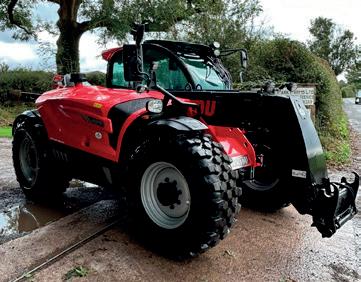



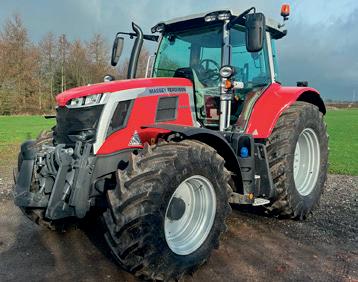


PAUL 07713 128783 DAN

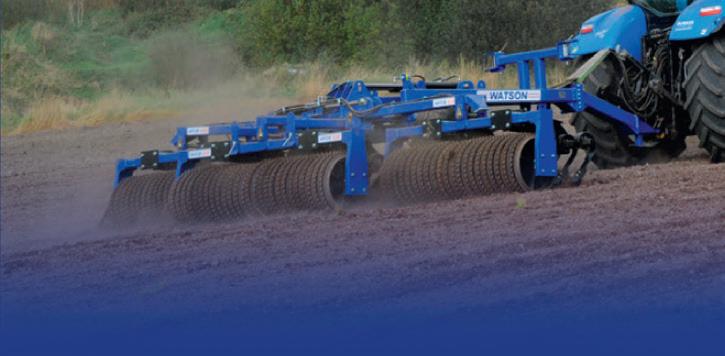






























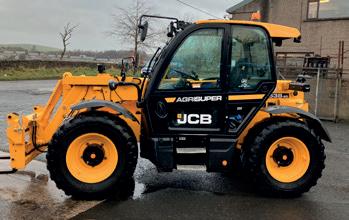
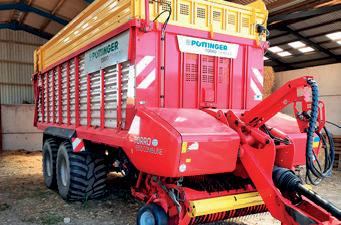








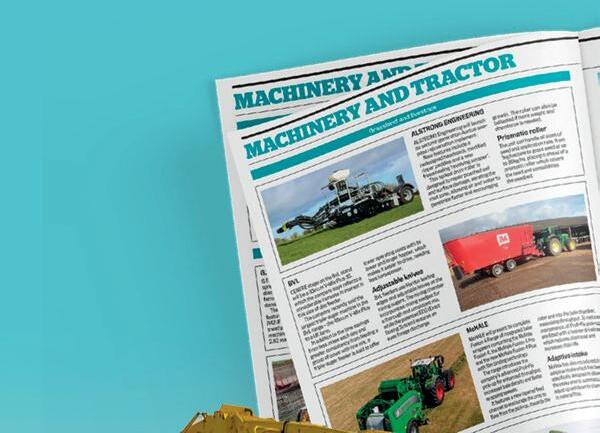
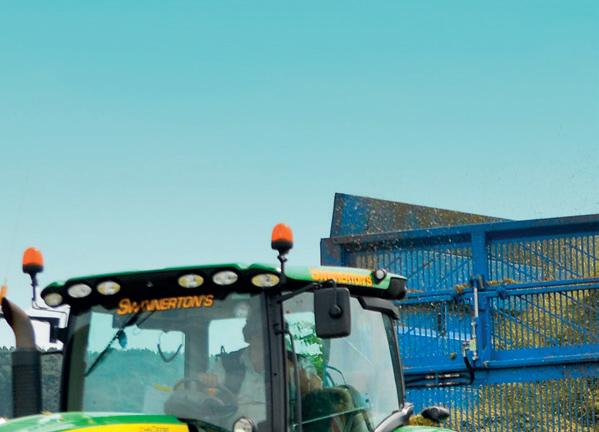


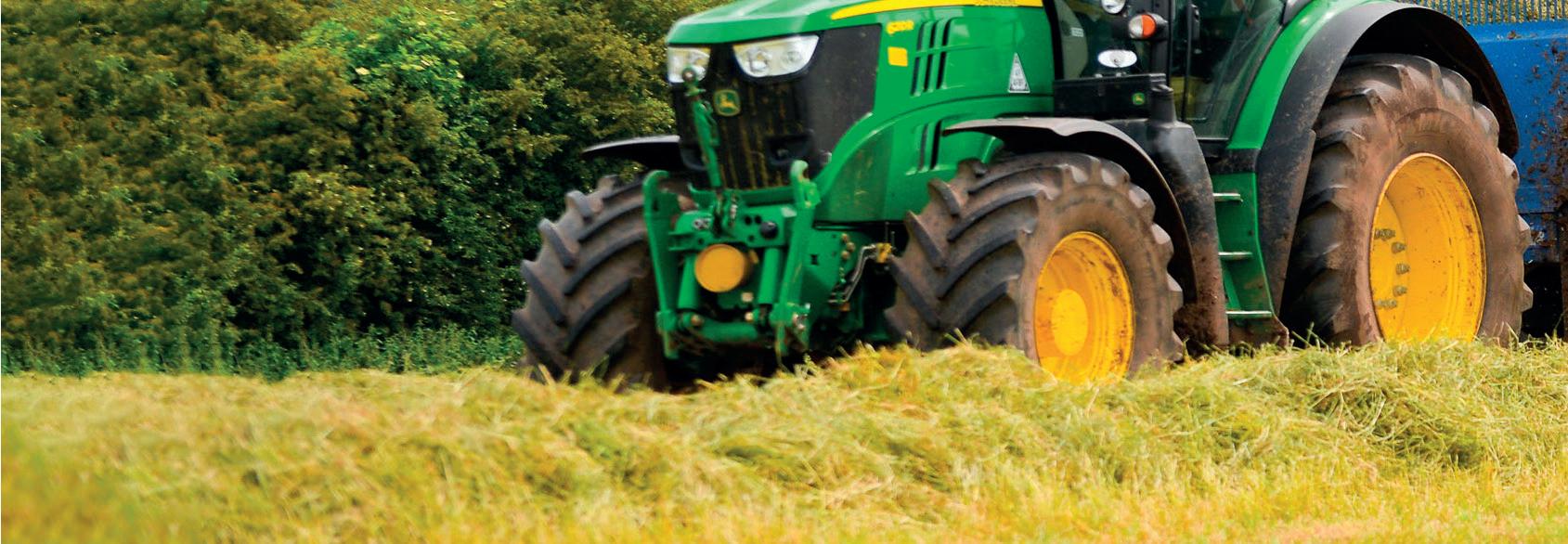












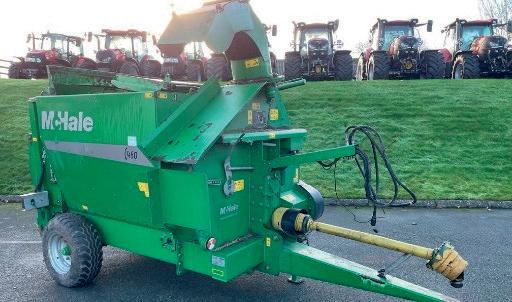
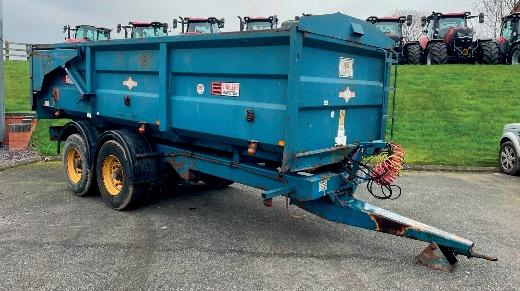

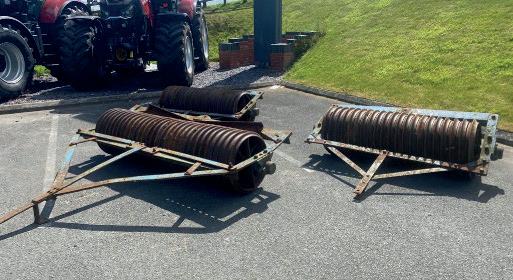
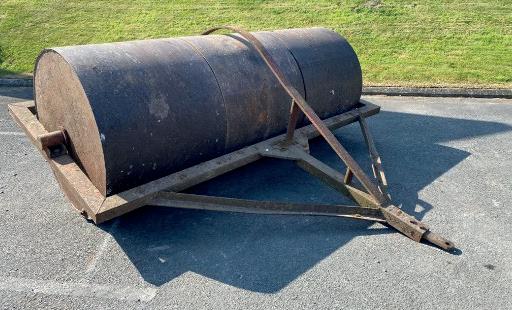

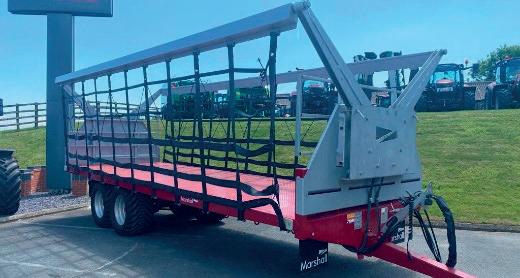


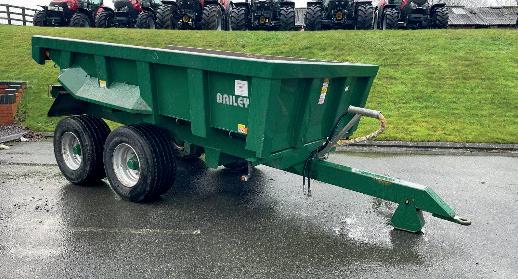
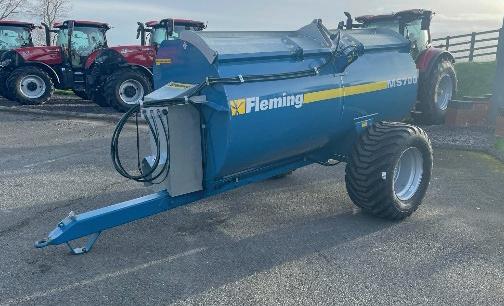

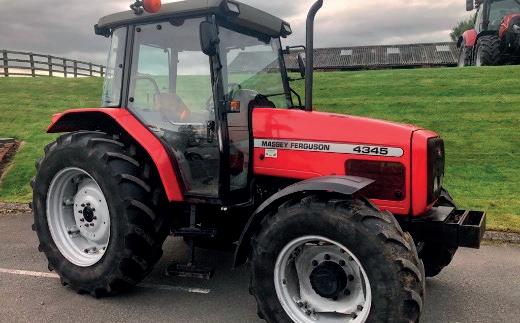



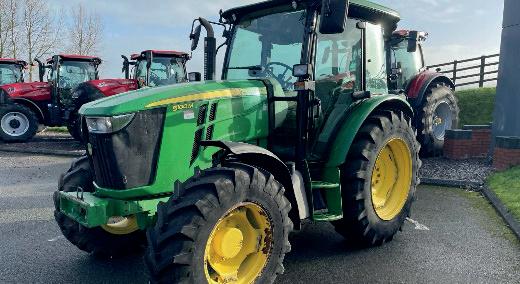



NEW CASEIH FARMALL 90A 4wd. 12x12 PowerShuttle 40kph. Air conditioned cab. CaseIH Warranty.
Full Accuguide, front linkage, Bar axle, ABS signal socket, exhaust brake, Pro1200 screen, Power beyond, Deluxe leather pack, hand wash tank. CaseIH Warranty.

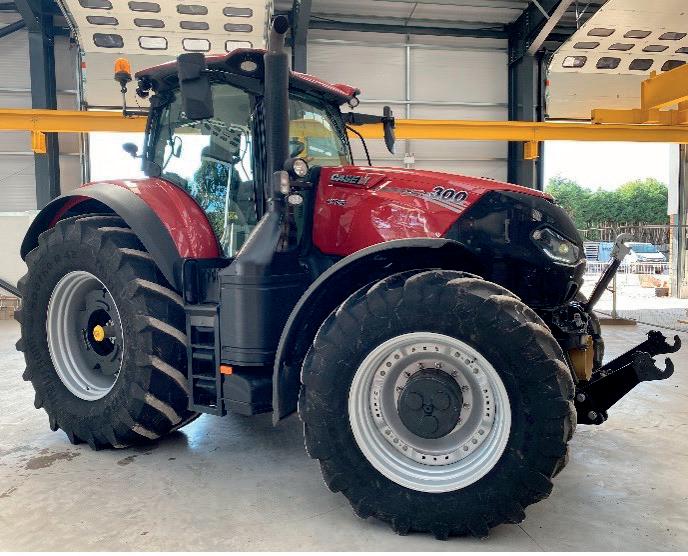


50kph. 2021, 4186 hours, Front linkage & pto. Full Accuguide.

CASEIH JX1060C 2wd. 825 hours, low hours, sold new by us, front weights, very good tyres, 1da + hydraulic trailer brakes.

2024 SPEARHEAD S60 TWIGA HEDGE / VERGE CUTTER, 6m reach, linkage mounted with stabiliser arms, 1.5m head & hydraulic roller, electric mini pilot controls.

NEW S55 Twiga Classic hedge / Verge cutter, Mini Pilot controls, 1.2m head with hydraulic roller, Linkage mounted.
NEW S60 Twiga Classic hedge / Verge cutter, Mini Pilot controls, 1.2m head with hydraulic roller. Linkage mounted.
NEW T65 Twiga Classic hedge / Verge cutter, Mini Pilot controls, 1.5m head with hydraulic roller. Linkage mounted with stabiliser arms.
NEW T65 Twiga Mid hedge / Verge cutter, Mini Pilot controls, 1.5m head with hydraulic roller, Oil cooler, Linkage mounted with stabiliser arms.
NEW SNIPER 225 Flail mower, hydraulic side shift, linkage mounted.
£4,400 + VAT EX YARD.
NEW SNIPER 270 Flail mower, hydraulic side shift, linkage mounted.
£4,900 + VAT EX YARD
ONE DEMO ONLY SNIPER 250 Flail mower, Front or Rear mount, linkage mounted.
£7,000 + VAT EX YARD.
NEW SNIPER 280 Flail mower, Front or Rear mount, linkage mounted.
£8,350 + VAT EX YARD.
New Sniper 230 Variable Offset parallel arm with variable cowl.
£7,950 + VAT EX YARD.
New Multicut 480 Proline Flexwing 6 blade per rotor batwing mower.


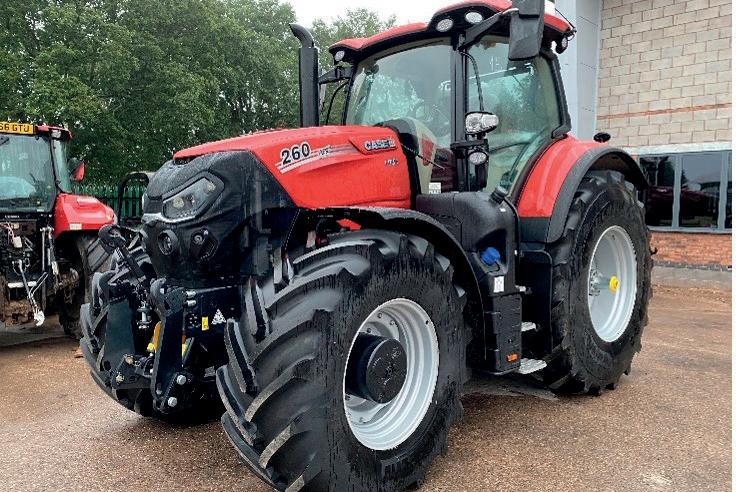




Tractor prices are commonly six figures, but until recently, security was not on the spec list. Jane Carley looks at what manufacturers are doing to help tackle theft.
AGRICULTURAL vehicle theft cost the industry £11.7 million in 2022, according to NFU Mutual. The insurance company has helped fund a dedicated National Rural Crime Unit and holds discussions with manufacturers over measures to help combat theft.
There have been rapid advances in preventing entry to and theft of motor vehicles, but until recently this was not the case with agricultural machinery. It is a standing joke that you can jump into any tractor if you have a key from the same brand, although manufacturers are starting to introduce individual keys and even keyless entry systems.
Security to prevent tractors from being started by anyone other than the authorised driver can be built into engine management systems, thus the first changes are taking place on the most sophisticated and generally the most valuable ranges.
New Holland supplies its PLM intelligence spec tractors (T8 since 2019 and T7 HD models) with remote locking key fobs, which not only lock and unlock the cab

doors but also act as an immobiliser.
Product specialist David Redman says: “The fob must be detected for the tractor to start. If the starter button is pressed without the fob in the tractor, the ignition can be turned on, but the engine will not start unless a digital PIN code is entered into the tractor screen.”


If the tractor is sold, the fob goes with it, but the PIN code needs to be reset by the dealer. Where there are multiple operators for one tractor, up to five fobs can be assigned to it.
“For an operator who drives multiple machines, we can also assign up to 10 tractors to their fob –when a new tractor joins the fleet, it can be added on,” says Mr Redman.
He says that New Holland is also considering extending the use of remote fobs for smaller tractors.
“Security is something we take extremely seriously. However, it is not just a matter of supplying the fob; installing the starter button requires fairly serious changes to the architecture of the tractor,” says Mr Redman.
Case AFS Puma, Optum and Magnum models have the option of a key coded to the tractor. As well as acting as an immobiliser, it gives keyless entry into the cab. On the Puma and Optum, there is also the option of a keyless start.
John Deere agricultural tractors sold in the UK and Ireland – including the 6M, 6R, 7R, 8R and 9R Series models – are fitted with an immobiliser system whereby the key has a transponder unique to each
tractor. This means that while any other John Deere tractor key will still fit the door and ignition, the tractor will not start without its unique key.
Other security-related items are also available from the company’s dealers, such as lockable fuel tank caps and separate door lock keys, as well as immobiliser systems from Vapormatic, which is also part of the John Deere business.
Replacement keys can be ordered, but need to be programmed by the dealer service department.
Fendt wheeled tractors from the 500 Vario Series upwards with the FendtOne platform have the option of a square cut key which is individual to the tractor, says technology specialist Peter Henson.
He says: “The key can be used for the door, ignition and bonnet, with a dedicated key for the AdBlue filler – it will not open or start any other tractor. An immobiliser is also standard on Profi Plus spec tractors and optional on Power Plus.”
Valtra uses a standard key, but one with multiple variations, so there is minimal chance of one owner’s tractor key fitting another, suggests the company.
Valtra’s Dan Sharood says: “Aftermarket keypad immobilisers can be fitted by our dealers, many

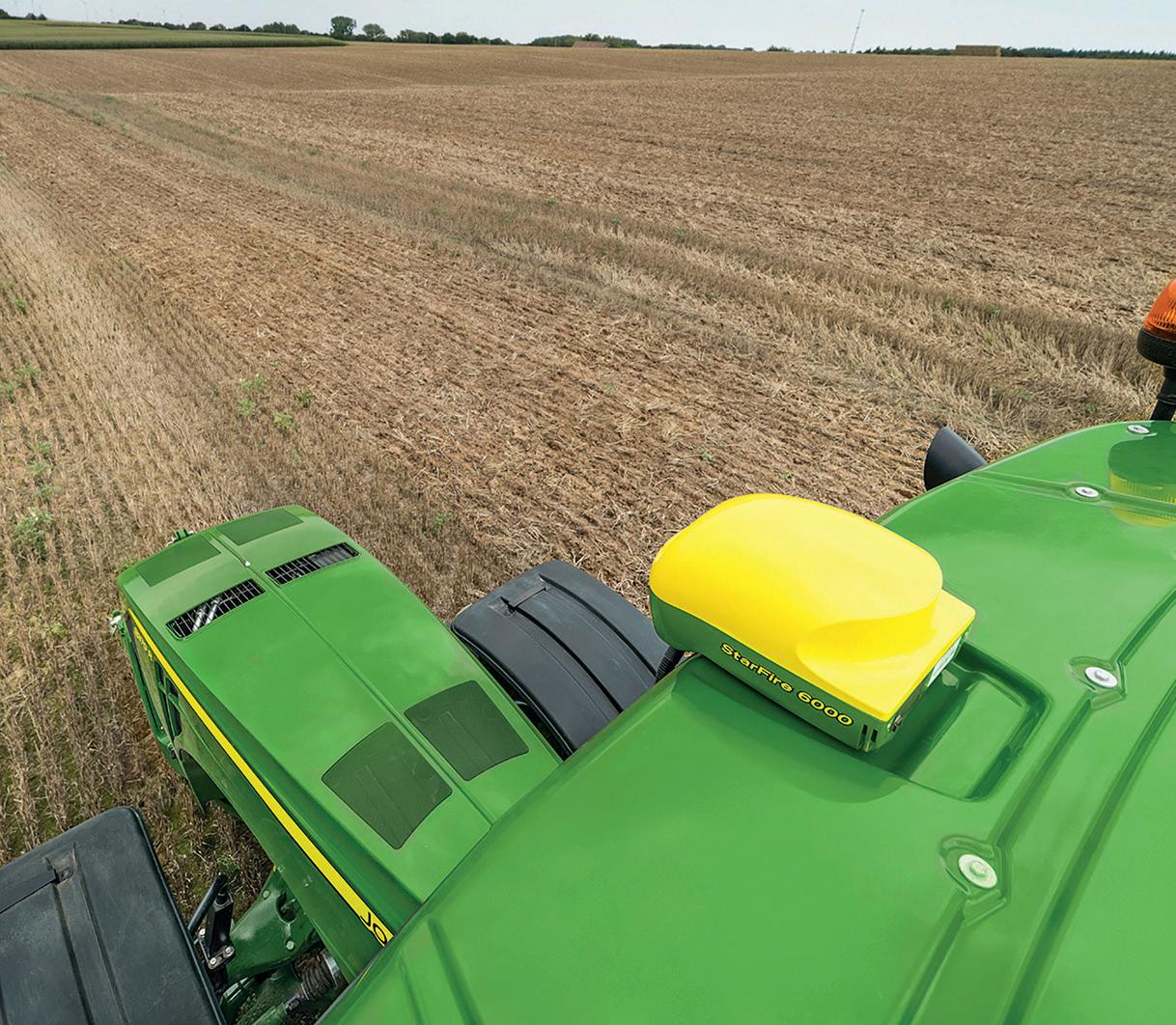
of which also offer security marking kits. One challenge with offering remote key and immobiliser systems is finding a solution that works for different markets.”
Deutz offers an inbuilt immobiliser, which uses a digital PIN code to lock or unlock the engine ECU when keyed into the dashboard screen.
Product specialist David Jefferson says: “When stopping the engine, the operator is asked if they want to set the immobiliser. If so, they enter the PIN, but by skipping this step, they can start and stop all day. Then, when they finish, they set the immobiliser.”
All tractors from the 6 Series upwards have the system inbuilt and it can be activated by the dealer if the customer requires it.
Kubota is another manufacturer to offer a three-digit immobiliser, which must be deactivated before starting, for its M6 and M7 Series.
Massey Ferguson’s new MF By You personalisation service, which offers a selection of factory-fitted additions, may include a unique key option.
Thefts of GPS equipment alone cost the industry £1.8m in 2022, with the figures rising again in 2023.
Bob Henderson, national technical engineering manager at NFU Mutual, says: “Work continues to prevent GPS theft, but we would always encourage farmers, where possible, to remove any devices and store kit securely.
“Putting a scratch, a mark, or some form of graffiti on your device is something we would recommend so it is recognisable as your own, while it is also helpful in making it
harder to resell, so could deter thieves in the first instance.
“Providing owners have the right cover in place on their policy, they will be covered for a stolen receiver or terminal – but we would encourage customers to check with their insurer to make sure they have adequate cover in place.”
Manufacturers are now also taking steps to secure GPS equipment.
John Deere offers a PIN code locking system for receivers and terminals, designed to make it impossible to use the components if they are stolen. The code lock is similar to that used on smartphones and is entered via the display for both components.
Massey Ferguson has now added a locking system with key for the GPS

receiver on its 8S and 9S tractors.
The JCB GPS guidance system has been designed and configured to work with JCB Fastrac iCON only through the integrated display, and is not compatible with other brands or as a stand-alone solution.
Nigel Chell, JCB, says: “There is therefore very little black market resale value in either the display screen or receiver other than for electrical components.”
The NovAtel GNSS receiver on the roof can either be fixed with security screws or magnetically mounted to the steel fixing plate. The latter option allows for easy removal by the operator at the end of the
day so it can be securely stored.
Fendt builds its GPS receivers into the structure of the cab roof out of view, so Mr Henson says they are less vulnerable to theft.
“They could still be removed, but it would take a thief a lot longer, which acts as a deterrent. We believe that terminals are at risk in the UK market, and in the future hope to see PIN coding plus a mounting system which makes it easier for the operator to remove the monitor if the tractor has to be left in the field,” he says.
New Holland’s PLM Intelligence telematics system on T7 HD and T8 tractors collects data from the GPS receiver and screen should they be stolen, which can be tracked once they go live again.
NFU Mutual offers discounts on premiums of up to 10 per cent on Thatcham-approved and CESAR devices, such as the Datatag kit on this Kubota M6.



You do not need to be a tractor enthusiast to recognise a John Deere with a SoundGard cab. Simon Henley takes a look at the development programme which redefined tractor cab design.







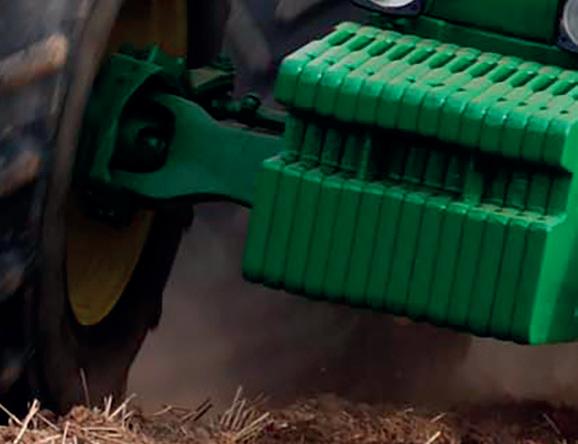
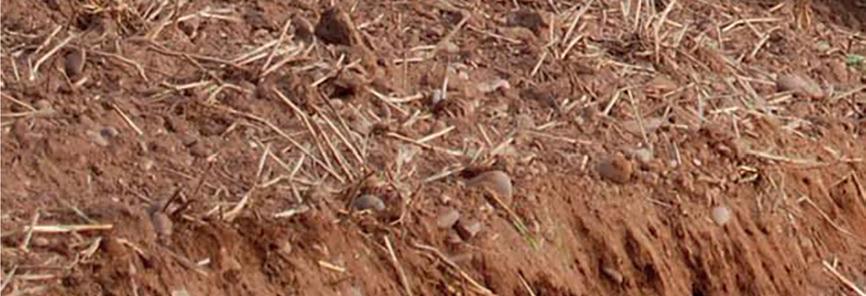
The John Deere SoundGard body set the Q-cab benchmark so high that with the arguable exception of the Ford 700-Series flat-deck cab launched in 1977, it would take the rest of the world’s tractor manufacturers more than a decade to catch up.
Launched at Saarbrucken in Germany in August 1972, it was the quietest, most luxurious tractor cab in the industry.
It featured an interior with fully integrated instruments and control consoles, which had been ergonomically tailored to provide maximum comfort and ease of operation. Designed for John



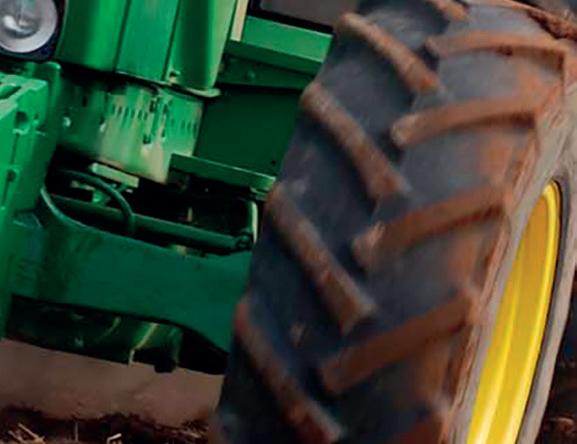
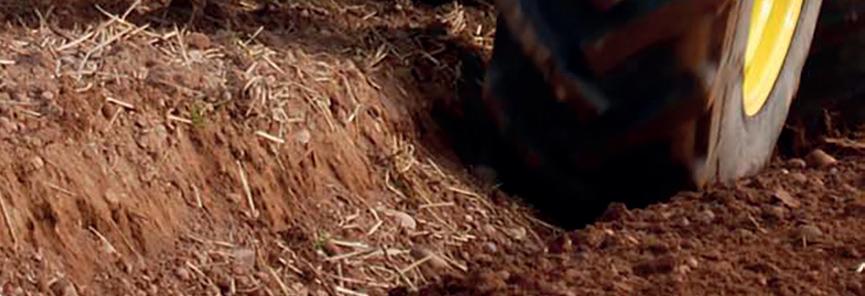

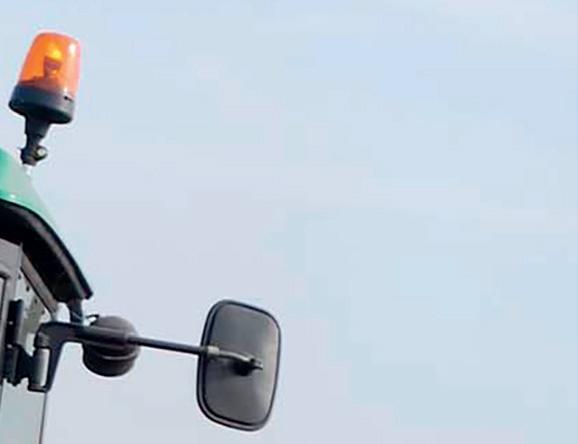
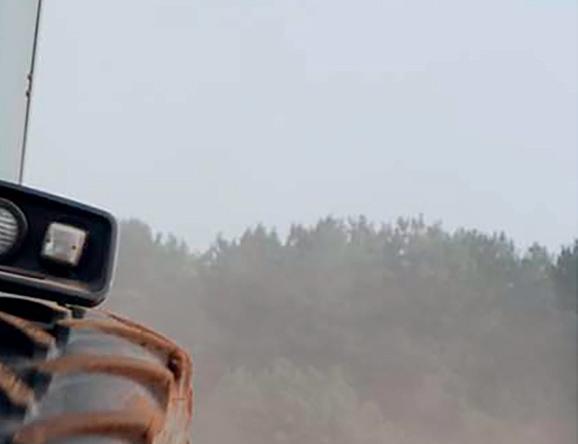


Deere by Henry Dreyfuss Associates, the cab was the brainchild of a design engineer named Chuck Pelly.
Allegedly inspired by San Francisco’s famous street cars, the rubber-mounted cab frame featured a curved front with a split windscreen and an integrated door.
The development of this new tractor cab was a huge undertaking, yet it was a gamble which proved to be a major success for John Deere.
John Deere executives in the US were reportedly so impressed by the new design concept, they refused to call it a cab.
Instead, it was identified as the SoundGard body.
The SoundGard was initially an option on the Waterloo-built Generation II six-cylinder 4030-Series tractors, which included the 4230 (100hp), the 4430 (125hp) and the 4630 (150hp).
During the first year of production, more than 50 per cent of Generation II tractors were ordered with the new cab, far exceeding Deere’s initial sales predictions
In the US, there may have been nothing to compare to the SoundGard, but it remained a rare sight
in the UK. The cab was officially offered in the UK on US-built models from 1973 onwards. However, the size and cost of the tractors put them out of reach for all but the largest farmers and contractors.
The development work for a new cab design was initiated in 1963/64 with the predicted launch date was scheduled for 1969.
However, there were several setbacks, with one of the many challenges faced by John Deere engineers was the integration of the heating, ventilation and air-conditioning (HVAC) system.
Like many other cabs at the time, the system was initially to be incorporated into the roof structure.


Unfortunately, this did not work, forcing engineers to return to the drawing board and relocating it to the front of the tractor – but this created another problem.
When the first ‘new generation’ John Deere tractors were designed in the mid-1950’s, gasolinepowered (petrol) engines were still a common choice for farmers in North and Central America.
Due to this, it was considered far too dangerous to mount a fuel tank carrying highly-combustible gasoline, above or behind the tractor’s engine and exhaust system.
Thus the fuel tanks on all US-models were mounted in front of the radiator, with grills mounted on either side of the
bonnet to allow the influx of air to cool the engine.
This in itself, would prove to be a redundant contingency, as diesel-power quickly began to dominate agricultural mechanisation on a global scale. Yet, it was a factor which influenced the design of John Deere tractors for the next 30 years.
The positioning of the fuel tank, provided very limited room to fit an HVAC system.
The solution was to modify the front of the tractor chassis, extending it by 100mm to provide additional space between the radiator/oil coolers and the fuel tank, for the integration of the HVAC compressor and condenser units.
Another interesting challenge involved the interior trim, which

was completely black. Although black was notoriously difficult to keep clean and absorbed the heat of the sun, following numerous trials with different colours, engin-
eers were forced to use black because it was the only shade available and where the interior components supplied by external manufacturers could all be


colour-matched. Plans to introduce a SoundGard 2 body in Europe were already well underway by 1976.
By this time, John Deere was already offering the Danish-built Sekura OPU cab, as an option on the German-built (Mannheim) four-cylinder 2130 and six-cylinder 3130 models.
The Sekura cab had to be adapted to the 30-Series tractor chassis and installed on a separate track, known as a transfer line.
It was an excellent cab and although the SoundGard interior was far superior, the OPU had two doors and no pillar in the middle of the windscreen.
Ultimately, it would be corporate pressure from the US which forced Germany to accept the SoundGard body, which had to be modified to comply with European legislation.
However, the engineers at Mannheim were not permitted to redesign the tractor platform to accept the cab.
This resulted in some reluctance by Mannheim engineers to accept the SoundGard body. From an aesthetic perspective, the design was very pleasing.
Yet from a manufacturing perspective, the cab was difficult to assemble and expensive to produce.
In the US, the SoundGard body was built as a single assembly mounted on a rotating jig, which was welded together in sections to form a whole cab.
Each section was clamped in position and welded together by hand.
This involved the welders climbing inside the assembly to weld it, then exiting the structure while the next components were clamped in place.
It was both a time-consuming and inherently difficult process.
The geometry of the door and split windscreen made manufacturing a nightmare.
Furthermore, in the days before robotic welders, consistency without gaps and misalignments was a constant challenge.
Indeed, tolerance issues would remain a problem throughout the cab’s production life.
To overcome some of the cab’s inherent assembly issues, German engineers at the Bruchsal cab assembly plant, designed the new SG2 cab to be manufactured using pre-assembled sections, identified as sub-assemblies. This technique helped reduce production time and improved production consistency.
The curved cab door, which was built from single parts individually welded together, would remain a constant thorn in the production team’s side.
Quality control issues were overcome by using a wooden template to check every single door as it was completed, to ensure it was assembled to the exact dimensions.
Development of the new cab for multiple European markets,

included the introduction of new road-lighting systems and the introduction of features such as the fly-off handbrake and the wide-opening back window.
to be adapted to install
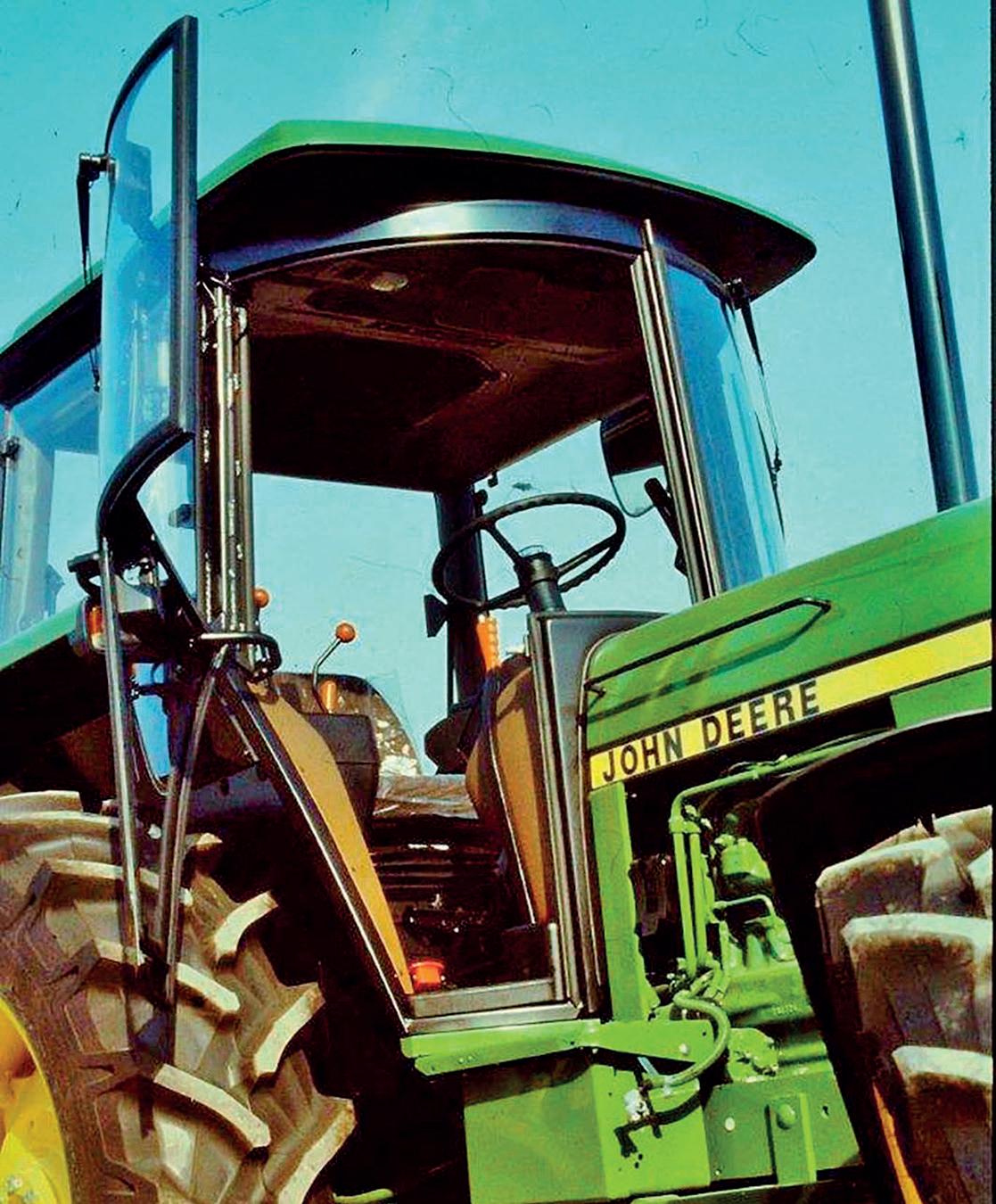
JOHN Deere has expanded its four-track range with three new models, with a 913hp flagship. The 9RX 710, 770, and 830 models are supplied with maximum power outputs of 781hp, 847hp and 913hp. Power is supplied from an 18-litre JD18X engine, which provides a claimed 4,234Nm of torque for the new flagship.
The range is delivered as Stage V emission-compliant without the need for AdBlue. Hydraulic pump options extend to a triple-pump configuration with a claimed maximum flow rate of up to 636 litres/minute.
Powershift
Track drive is delivered through a fully mechanical 21-speed powershift transmission which Deere claims uses close gear spacing which allows operators to easily set

The 9RX 830 is John Deere’s largest ever tractor, with a maximum output of 913hp.
the appropriate speed for different tasks, with the automation familiar to the smaller e23 transmission.
The new undercarriages use larger 1,200mm diameter drive sprockets with an increased track wrapping angle and a 7.5 drive lug engagement. A maximum ballast-
ed weight of 38,100kg is possible, with a minimum ground pressure claimed at 0.58kg/sq.m.
The three largest models include a new suspended CommandView 4 Plus cab which incorporates improved comfort and visibility, an increase in cab floor space and
includes the fitment of the firm’s 12.8-inch G5Plus control screen.
The launch of the 913hp 9RX 830 pushes the existing 778hp Case IH Quadtrac 715 off the top spot as the world’s largest production tractor, a title Case IH has held since the model’s launch in September 2023.
Farmers Guardian delivered directly to your door every week including full digital access. Plus, check out our brand-new features exclusive to Farm Futures members.
Future-proof your farm business, gain insight and exchange knowledge with a Farmers Guardian Farm Futures membership.






Included in your membership:




Insight – Quarterly, in-depth, analytical reports into the latest agricultural trends. Recent topics include, diversification and low carbon agriculture Exchange – A series of digital events focused on learning from real case studies and exchanging knowledge with agricultural thought leaders Weekly Digest email – From the desk of FG’s editor every Sunday morning, discover exclusive insights which impact the business of profitable farming Members’ Lounge – Enjoy an exclusive space for members to network at leading events, such as LAMMA, CropTec and Farm Business Innovation.
Ally Hunter Blair and his family have been future-proofing their Wye Valley farm for 12 years. In a bid to maintain environmental and business sustainability, they have undertaken opportunities to diversify and adopt new technologies. Farmers Guardian reports.
Ally Hunter Blair has run Weir End Farm, a 202-hectare arable farm in Herefordshire, since 2012 after taking over the tenancy from his father. The family have tenanted the farm from the Duchy of Cornwall for nearly 60 years.
Potatoes were grown as the main crop for the best part of the farm tenure, so when there was a shift to a five-year rotation consisting of winter wheat, oilseed rape, barley, sugar beet and beans in 2008, the soil needed rebuilding back to its full potential.
Mr Hunter Blair says that this continues to be a main priority.
He says: “Years of potatoes did not leave the soil in a great way, and that damage cannot be repaired overnight, but we have recently adopted strip-till drilling as a step in the right direction.”
This low-disturbance approach to cultivation aims to retain crop residue and lower establishment costs. While zero tillage is not a viable option, the min-till strategy provides a happy medium.
Keen to supply soils with organic matter to complement the min-till approach, Mr Hunter Blair has been planting a Kings Vitality cover crop mix – consisting of vetch, rye, phacelia and radish – before his beans and sugar beet.
“They are protecting the soil over the winter months, and in the long run add a vital boost of nitrogen and organic matter, all while helping

prevent nitrate leaching into watercourses,” he says.
“Whatever you do to build soil health should make your following actions more efficient. Whether that means fixing N in the soil, preventing nutrient run off, or just making sure your seed goes into a decent seedbed.
“We do what we can to prevent run-off entering the river, and although our spray/nutrient applications and management are well within the legal requirements, we know there is always more we can do to protect water quality.”
In 2023, Mr Hunter Blair found he was in a surface water catchment area for Severn Trent, and after initial conversations with the water company’s local agricultural adviser, he learned the farm sat in a pesticide priority area under
■ Check you are in a priority catchment by visiting stwater.co.uk/steps
■ STEPS is a competitive grant funding scheme so not all applicants will be successful; to increase your chances of a successful application, seek advice from your local Severn Trent agricultural adviser on your eligibility, what options
the Severn Trent Environmental Protection Scheme (STEPS).
Mr Hunter Blair says: “In terms of pesticide compliance, we were already doing enough to tick the boxes – I had a drip tray and blocked the drains that led straight to the river.
“However, with the yard situated right above the river, I am well aware that if something were to go wrong in a big way, there would still be a pollution risk.
Regulations
“Regulations are getting tighter with how you manage plant protection products on-farm, so when the STEPS grant opportunity arose it was clear we could get ahead of the curve.
“There was an old pole barn in prime position on the yard that had done its time and we were able to get an application together to replace the existing building with a new
would best suit your farm and which would make the most positive impact on the environment
■ Fill out your application online at stwater.co.uk/steps before May 20, 2024, for pesticide options and November 30, 2024, for wider STEPS grants
■ Read the full STEPS 2024 handbook online at stwater.co.uk/steps
pesticide washdown area [PWDA].”
The handling and washdown area provides a dedicated space where pesticides can be mixed and machinery filled, and it acts as a safe area for housing and cleaning the sprayer.
Severn Trent has found that 40 per cent of pesticide detections in watercourses are from pesticide handling in the yard, with the remaining 60 per cent coming from the field. This is why the company is supporting efforts to install or improve sprayer washdown areas.
The concrete floor is bunded into an underground tank to capture any spillages and washings, and the addition of a roof minimises the amount of rainfall collected that would need to be disposed of through a biofilter.




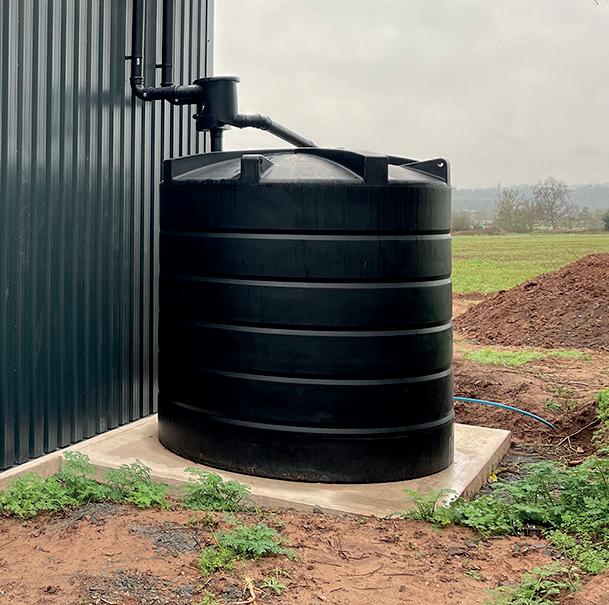


Mr Hunter Blair says that his adviser, Robin Ransome, was helpful throughout the whole process, including with filling out the application form to make sure it ticked every box in the first instance.
“Robin was knowledgeable about the nuances of putting up a PWDA, taking into account the position of the shed and where the drain needs to go,” he says.
“The application process was really simple and took about six weeks from submitting it to having it approved. It was even quicker to receive the money; just two weeks after the project was completed in January.”

Weir End Farm also had a 10,000-litre rainwater harvesting tank fitted to the side of the structure, which can be used for filling and washing down.
Mr Hunter Blair says: “The only thing I would have done differently
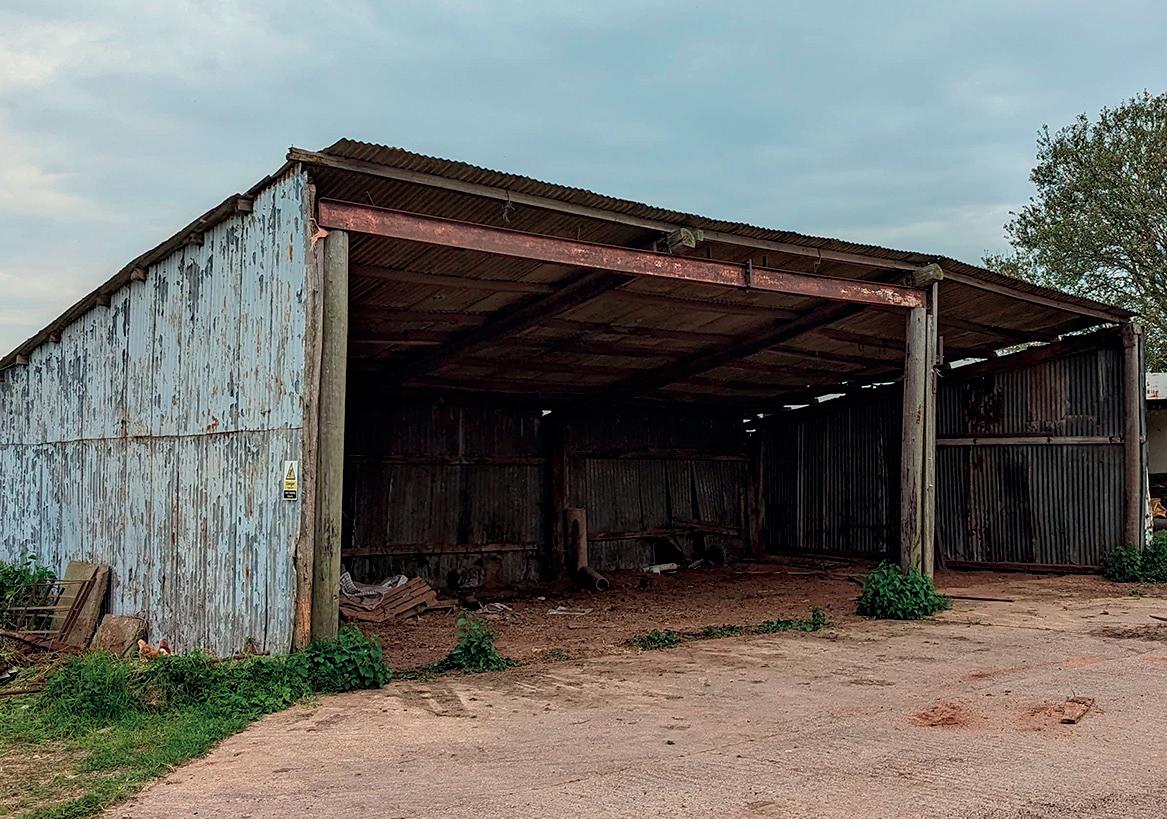
with hindsight was to install a rainwater tank twice as big. I could not fault Severn Trent’s part to play from start to finish, and will certainly be considering what else STEPS has to offer.”
Having taken the plunge with the PWDA, Mr Hunter Blair is continually looking for the next thing to enhance on-farm efficiencies. With pesticide management still
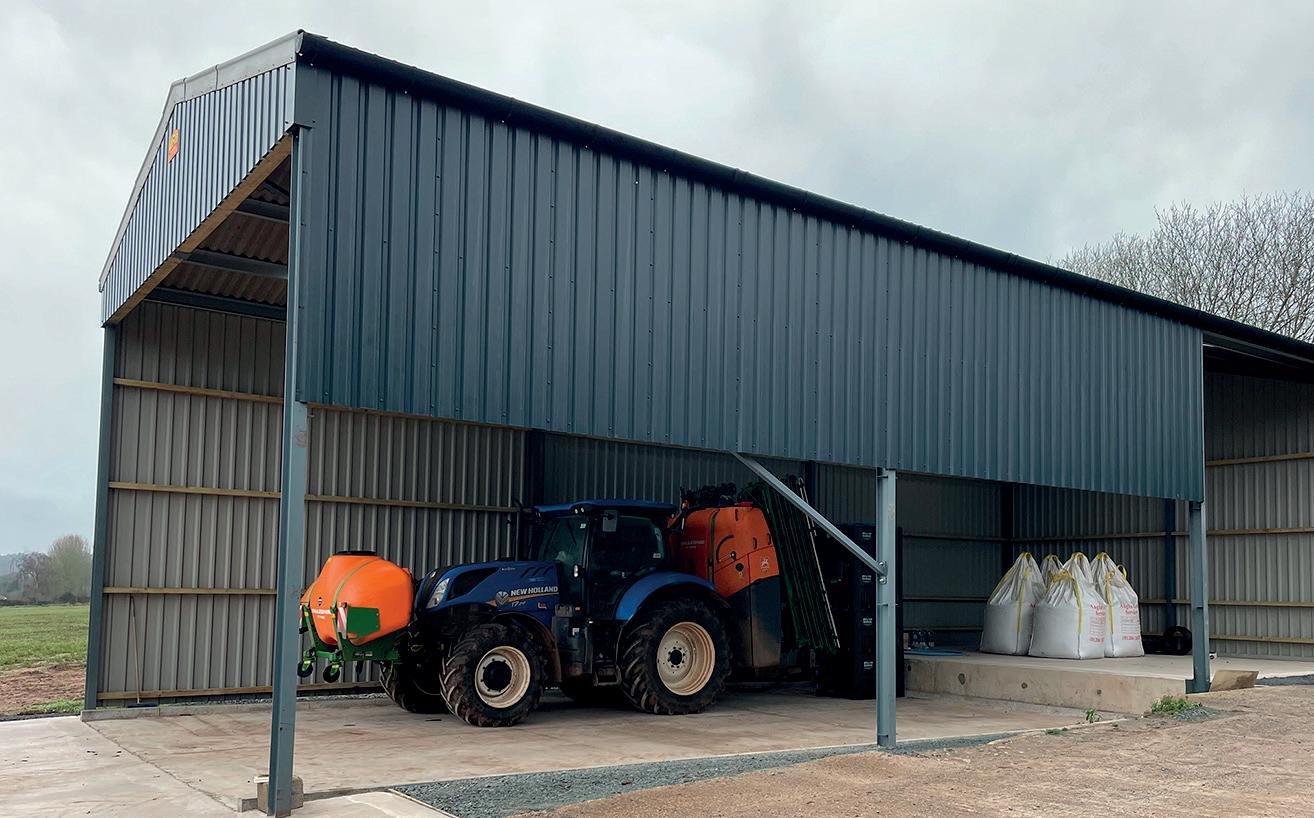
at the fore, the prospect of investing in a closed transfer system (CTS) is also on the cards to improve operator safety and handleability.
By reducing exposure to the sprayer
operator and the environment, a CTS enables farmers to manage crop protection and nutrition products more effectively, with reduced wastage and environmental impact.

The latest research, biogas production and Sustainable Farming Incentive options for maize were all up for discussion at the Maize Growers Association conference in Nottingham. Jonathan Wheeler reports.
APPLYING foliar nitrogen during the summer meets the nutrient needs of maize more effectively than applying all the fertiliser early in the season, new research from the Maize Growers Association (MGA) suggested.
Presenting the results at the conference, Neil Groom, of Grainseed, said late foliar N met the crop’s needs when they were at their highest.
This was during June, when the crop was growing at its fastest, and July as it moved from flowering through to grain set and fill.
The MGA’s trial work, which was entirely funded by its members, tested six different foliar N sources, which stuck to the leaf and broke down over a number of weeks.
While more expensive than urea, they provided a more consistent release of N, enabling growers to manage nutrient provision during the growing season.
Mr Groom said: “Scorch no longer seems to be an issue. We have applied liquids at 30degC plus at double dose levels to try and produce scorch and we cannot.
“It is more efficient with 95kg/hectare of foliar N achieving the same sort of yields as 195kg/N from a bag”.
This echoed results of other trials completed by MGA, in which crops provided with 100kg/ha N (40kg/



acre N) and 195kg/ha N (79kg/acre N) achieved virtually the same yield.
Jon Myhill, MGA agronomist, said other work had highlighted the benefits of long-term manure applications

to the crop. A three-site trial in Norfolk, Devon and Somerset showed that, in Norfolk, in fields to which no manure had been applied the soil reserves peaked at 130kg/ha N
(52kg/acre N) during August. That contrasted with the sites in Devon and Somerset, which had received regular slurry applications. In Devon, levels peaked at 350kg/ha N (141kg/ acre N) in late July, and at the Somerset site they were almost as high at about 320kg/ha/N (130kg/acre N). He said: “Both those sites had a history of manure applications. Those fields might not require any further N applications.”
The MGA lobbied hard for the retention of existing seed treatments post-Brexit. Defra sought to ban them despite the fact that they were still permitted for use in the EU, but lobbying achieved a ‘stay of execution’ until 2027.
Late foliar nitrogen met the needs of maize crops when they were at their highest, said Neil Groom, of Grainseed.

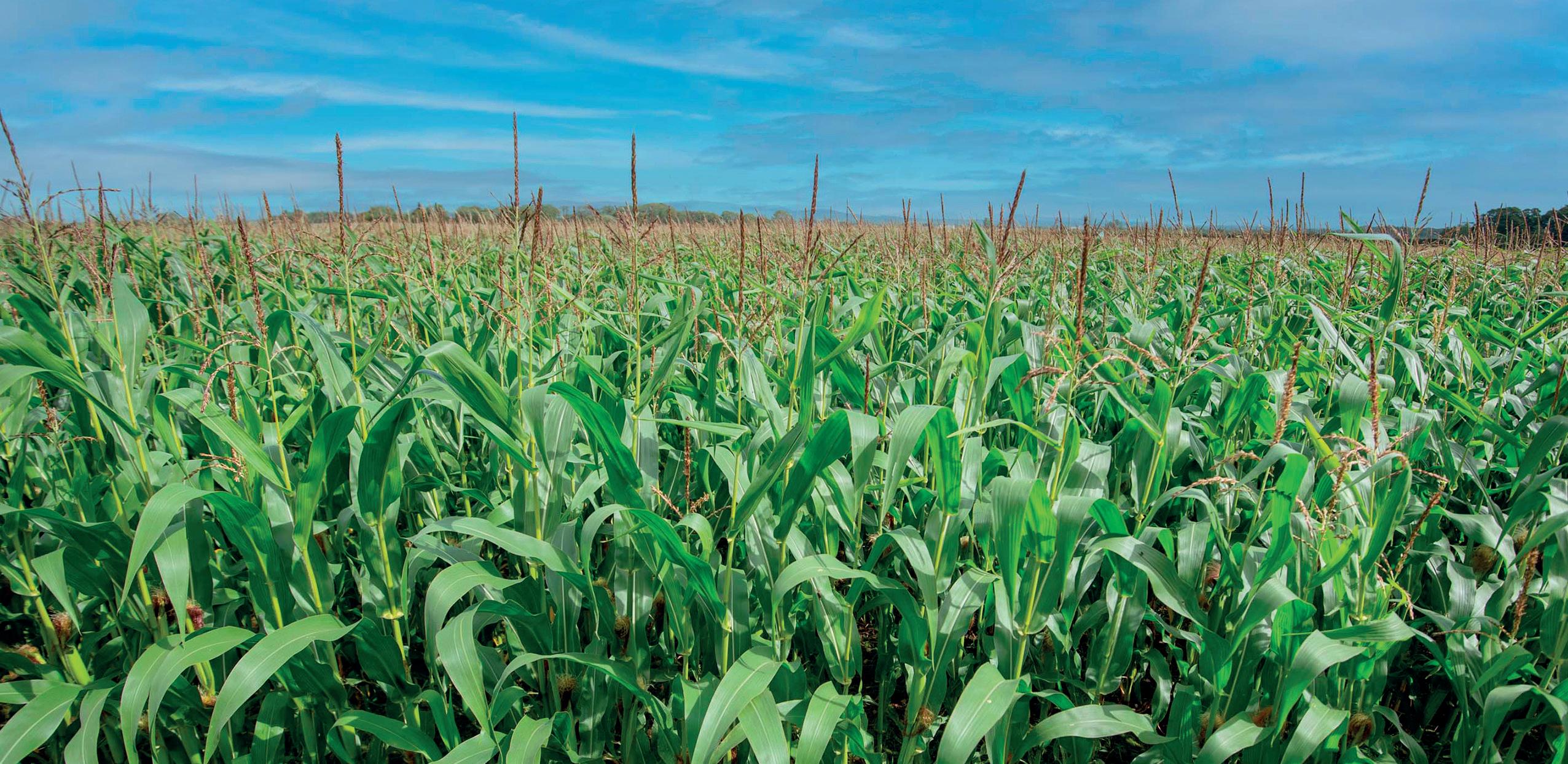


GROWING maize and other suitable crops for biogas production could offer farmers a stable, long-term market for their produce, as well as a fresh break-crop option.
Michael Jarmuz from Future Biogas said the company was already the biggest biogas operator in the UK, with 12 plants spread up the eastern side of the country.
It was adding more as part of its Bioenergy with Carbon Capture and Storage (BECCS) project, which was pioneering the future of anaerobic digesters (AD) without Government subsidy, on which such plants had historically relied.
Amajornewplantwasduetoopen atGreatGonerbynearGrantham, forwhichithadalreadyrecruiteda numberofgrowerswhoweredue todelivertheirfirstcropsthisyear.
Gas generated at this site was being sold to Astra Zeneca to power its factory at Macclesfield,
Mr Myhill said: “There are new products coming through from all the manufacturers which are being assessed by the Pesticide Safety Directorate at the moment.
“We hope we can get those approved by July 2027 so we can continue to be efficient.”
Discussing drilling dates and depths, Mr Myhill reminded growers that early drilling (in late April/early May) could raise yields, but care is needed to achieve the most appropriate drilling depth.
He said: “If you push the seed too deep when drilling early you can

Cheshire, as part of a 15-year agreement.
The project would also sequester carbon dioxide, which was a by-product from the upgrade of biogas into biomethane, and generate carbon removal certificates.
The new plant would initially be fed with maize, rye and barley. The company was examining other
really limit the plant population and speed of germination. If you are going in May, the priority is to get the seed down to the moisture level to achieve fast germination and emergence.”
MGA member-funded research suggested there was a 1.9 per cent yield advantage for every week earlier, but that advantage was variable; in 2021, it was just 1.3 per cent.
“Maize needs to be sown into moisture. If you are drilling in early April, be aware of going too deep in cold, wet seedbeds. You may benefit from hanging off a bit,” said Mr Myhill.
MAIZE fits very neatly into a range of rotation options that optimise a farmer’s ability to access Sustainable Farming Incentive (SFI) payments, said from Louise Penn of Ceres Rural.
With the crop traditionally being sown in April or May, it presented many options for overwintered cover crops which attracted a £129/hectare (£52/acre) payment.
As an example of the kind of rotations that could include maize, Ms Penn suggested that after wheat harvest, the field might be sown with a Westerwold ryegrass/red clover mix.
This could be either grazed or whole-cropped in the February-April window, and would attract a £129/ha (£52/acre) SAM2 payment.Maize could then be grown, which would earn an added £45/ha (£18/acre) if the farmer chose the IPM4 option and used no insecticides.
An alternative rotation would involve undersowing maize with grass which could attract an SW5 payment
We are working with farmers on ideas that reduce carbon emissions
MICHAEL JARMUZ
crops as potential feedstocks and was offering to partner with growers for up to 15 years.
Mr Jarmuz said: “There is huge interest in long-term contracts which reduce volatility.”
In addition, he promised transparent pricing and the potential of premiums for engaging in sustainable farming practices.
He said: “We are working with farmers on ideas that reduce carbon emissions, such as reducing soil disturbance, fertiliser and chemical use.
“We are also investigating herbal leys and stewardship options, and

of £203/ha (£82/acre) under the Countryside Stewardship Scheme, as long as the maize was harvested by October 1.
Ms Penn said: “This can also fit in well with the SFI action for leaving ryegrass to set seed over winter which attracts the IGL2 payment of £515/ha. This requires the ryegrass to be left undisturbed until March the following year, after which the field could return to maize.”


possibly mixing them with high production feedstocks.
“The nature of this BECCS project and the carbon removal potential increases our focus on the sustainability of crop production”.
The company would incentivise farmers to try different techniques such as strip/no till systems, but would always aim to be practical.
Mr Jarmuz said: “We need to fully assess the benefits of changes to growing systems. If strip till systems were to reduce yields by 10 per cent that could mean our greenhouse gas emissions per tonne of feedstock would increase.”
In a business involving significant machinery movements, the company was determined not to fall out with its neighbours.
“AD plants run badly or contractors who are not really engaged can have a massive impact on the local community, and that is something we are proud to avoid through good management and investment in our contracting partners’ operations,” said Mr Jarmuz.

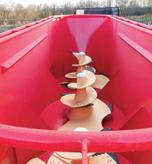
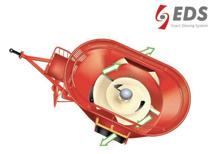
There are no bought-in feeds along with limits on other purchased inputs on the Northumberland farm of Geoff and Alan Bean which demands a diversity of crops and originality of thinking. Ann Hardy reports.


There is no need to dig very deep to find out why the Bean family is such a formidable farming force.
Nor to see how brothers Geoff
and Alan, who began life as sons of a tenant farmer on 36 hectares (90 acres) with what they describe as ‘a handful of scrappy Swales’ –have reached the point at which they farm around 1,416ha (3,500 acres),

much of which is owned, in Northumberland’s Derwent Valley.
The success of the family team, which also includes Geoff’s sons, Wayne and Steven, and Alan’s son, Robert, can be attributed to much more than hard graft.
Also in evidence are intuition, an unerring eye for stock, imaginative thinking, a willingness to try and fail, and a burning desire to be selfsufficient, making sure their farm’s operation remains tightly under their own control.
In other words, they want to escape the vagaries of the feed and inputs markets; to grasp every margin, however small; and to keep profits on the farm.
“There is nothing worse than seeing a sales rep pulling into the yard in a fancy new car and thinking, ‘I have paid for that’,” says Wayne.
There is no question this approach has led to a profitable busi-
ness, which – purely off the back of its farming enterprises – has expanded to more than 405ha (1,000 acres) owned, around half of which is arable; 121ha (300 acres) rented and 809ha (2,000 acres) of common grazing on the fell.
Located due west of Newcastle, the three main farmsteads are Broadoak, Shield Farm and Healeyfield Farm, with grazing on the fells for 800 of their 2,000 ewes at Waskerley Park and Muggleswick Park.
Here, the Swaledales are bred to Bluefaced Leicester and the resulting lowland Mules put to Charollais, Texel and Suffolk rams.
More than 200 head of beef are fattened every year, all achieving U and U+ grades and, aside from minerals, neither they nor the sheep or lambs, receive any boughtin feed. The success of this system depends entirely on growing and


The feed benefit of maize was colossal and it really cleared the fields of brome and black-grassWAYNE BEAN
preserving a suitable complement of high-quality concentrate and forage feeds and this includes wholecrop bean silage, crimped wheat and barley, maize silage and fodder beet.
Also in the rotation are kale, forage rape, oats and summer wholecrop barley, initially sown experimentally, but now established in the rotation.
“Maize proved to be a resounding success from its very first year with yields of more than 17 tonnes per acre. And fodder beet did similarly well, with around 25t/acre lifted for cattle and sheep feed.
“The feed benefit of maize was colossal and it really cleared the fields of brome and black-grass which were completely clean within two to three consecutive years,” says Wayne.
The beans, which are clamped as a wholecrop with human food grade preservation salts, in exactly the same way as the maize, have been a similar success and the family is now working with feed and forage preservation specialists, Kelvin Cave, to further increase their value.
Michael Carpenter, technical director for Kelvin Cave, says: “We have worked with the family for many years and knew they would be well-placed to take part in trials we
■ 607hectares(1,500acres)farmed intheDerwentValley,plus809ha (2,000acres)commongrazing
■ 200 beef cattle finished/year at about 20-24 months and up to 400kg deadweight
■ Beef mainly sold via Woodhead Brothers to Morrisons
■ 2,000 lambs/year at 21kg deadweight sold through Longtown Auction Mart
■ All beef and lamb reared and finished on home-grown feeds
■ Cattle total mixed ration from weaning to slaughter includes maizesilage,fodderbeet,wholecrop beans,crimpedwheatandbarley andmixedchoppedstraw

Give your lambs the best start with our high energy and high protein lamb creep.
Hitting the market at the right time can make a significant amount of difference in the value of a lamb. Our team are here to help and can improve your margins this season with a profitable finishing program.
Ewbol Prestige Lamb promotes high growth rates and feed efficiency. Suitable for creep and intensive lamb systems.
9 High in digestible fibre and starch for high DLWG.
9 18% protein, high DUP to promote muscle growth.
9 Addarome flavour enhancer to stimulate higher intakes.


are carrying out as part of the Innovate UK NCS [Nitrogen Efficient Plants for Climate Smart Arable Cropping Systems] Project,” he says.
“The overarching aim of NCS is to replace soya with home-grown proteins and cut greenhouse gas emissions and the Bean family is already a long way down this road.
“We hope our work on this and other farms will demonstrate that beans are a worthwhile crop to grow and help establish a best practice blueprint for bean preservation, storage and incorporation into ruminant diets,” he says.
Another major impact on cattle performance has come from a switch to crimping grain, which was introduced to the farm as a salvage measure to save a wet crop in the 1990s and was returned to as a routine from 2007.
Equal care is taken with the crimp’s preservation, particularly since the clamp has to be opened so that barley and wheat can be stored in the same pit.
“We want to be absolutely confident that whenever we take the sheet off the clamp, the crimp will be stone cold, as we know that with heat loss there’s also energy loss,” says Wayne.
We estimate that the yearly benefit of growing our own feeds is at least £50,000 to £60,000
WAYNE BEAN
Cattle performance on the largely crimp-based ration has been impressive across the 90 or so youngstock weaned from the spring-calving Limousin suckler herd each November and the 200-plus head bought from Hexham Market, aged 12 to 15 months, throughout the year.
“The main thing we have noticed when they are on the crimp is less acid. We do not get loose muck, bloated and lethargic animals and there is just no sign of acidosis,” says Wayne.
“The animals are also much less wild; they are contentedly lying and chewing the cud.”
This means animals bought from Hexham can go straight on to the total mixed ration (TMR) on their first day on the farm, whereas before when on dry, rolled barley, they would have been gradually eased on to the feed.
This meant both more work and a drop in performance which is no longer experienced on the updated TMR.
“We think it has knocked three to four months off finishing compared with the previous [dry rolled grain and soya-based] ration, and the grades are better and more consistent,” says Wayne.
Further benefits of crimping that the Beans have noted, range from its ease and low cost of storage to early harvest of the 25 per cent moisture crop.
This makes extra time for autumn cultivations and catch crops, and helps with black-grass and other weed control.
Any opportunity of gaining an extra crop in the farm’s rotation is taken as it arises, seen when maize is followed by winter barley, which is harvested early for crimping,
followed by forage rape, which is direct drilled or min-tilled for autumn grazing by lambs, before returning to winter wheat and giving three crops in two years.
A similar approach was seen with the introduction of summer wholecrop barley which is drilled in July and harvested in October, producing a bonus wholecrop of around 3.5t/acre, before fodder beet is sown the following spring.
In further efforts to cut the use of bought-in products, the team have also slashed their fertiliser use.
This has naturally fallen since the introduction of beans, with the following crop requiring a reduction in nitrogen of around 20-30 per cent.
This has helped secure favourable rents on neighbouring land, where the beans are valued not only for the nitrogen they return to the soil, but for improvements to soil health and drainage.
However, the largest impact on fertiliser has been made by the establishment of a trade with a nearby anaerobic digestion plant, whose liquid digestate is now routinely
spread on the fields. Having bought a slurry tanker with dribble bar, the team now only buy bagged fertiliser for inaccessible parts of the farm.
This, says Wayne is cost-effective and environmentally friendly, given it comes from less than 20 miles away.
As with every practice undertaken by the Beans, it is carefully assessed for its impact on the farm’s bottom line.
“We estimate that the yearly benefit of growing our own feeds is at least £50,000 to £60,000 and, with such a diversity of crops, when the tables turn, as they always do in farming, what we save on each crop can be very different from one year to the next,” says Wayne.
“We do not see the point in not striving to be the most efficient we possibly can.
“Inefficiencies will not only hit our carbon footprint, which will inevitably become more important, but they will also hit our profits at the end of the day.”

Ahead of bulling, suckler herd preparation often focuses on females, but bull health is equally important to ensure calving goes smoothly. Ellie Layton reports.

Farmers

bulls
A WEBINAR hosted by the Scottish Farm Advisory Service helped farmers to identify how suckler herd fertility can improve cow margins and profitability, with a focus on preparing bulls for work.
Mark Pearson, director at Moray Coast Vet Group, said: “There are plenty of things which will reduce the number of calves you produce, so getting a good pregnancy rate is a vital step.
“The bull is half of the herd, so one of the first considerations when getting cows in-calf by natural service should be the health of your bull.
“Very often bulls have problems at the worst time, just as you need them
Vet top tips
■ Vaccinate and treat for worms and fluke according to the farms particular challenges
■ Look after bulls’ feet
■ Check fertility
■ Remember, any interruption to sperm production can take eight weeks to recover
■ Treat bulls that have been lame, or unwell with caution for eight weeks
■ Seriously consider insurance
to be working, so in a perfect world, you would always keep at least one spare bull.”
A fertile bull is expected to achieve 95 per cent pregnancy in 12 weeks with a group of 45 cows.
Mr Pearson said: “These numbers are hard to achieve in the real world. So for every 100 cows, you would need three bulls.
“This means the bulls are working with a female group size that is well within their serving ability, but allows for spare bull capacity if one breaks down.”
When buying a bull, Mr Pearson urges farmers to know the health status of bulls, include them in the veterinary plan and vaccinate and treat for worms and fluke which are appropriate to the farm.
Mr Pearson said: “Always assume an unwell bull is not fit to work until proved otherwise.
“Any interruption to sperm production can take up to eight weeks to recover.
“Unwell or lame bulls should be swapped out and always fertilitytested before they return to work to prevent interruptions.”
He recommended that all bulls
should have their feet trimmed once a year. Even if they are not overgrown, as it can prevent problems before they develop into lameness.
“Some problems are a result of management. For example, laminitis can develop from over-feeding cereals, whereas corkscrew claw is genetic,’ he said.
“These can be passed on to offspring, so can be risky if breeding stock is going to be kept within the herd or sold for breeding.
“However, injuries or infections are unfortunate. Regardless of the cause, few foot problems in bulls completely heal.
“A bull should be treated and rested before their fertility is tested and returned to work.”
If a bull suffers an injury, he said that the issue should be discussed with the farm vet, but be prepared to make alternative arrangements.
“Bulls bought through the sale ring are often over-conditioned. When body condition scoring [BCS] bulls before being put to work, an ideal figure is three-and-a-half to five.
“If a bull is too fat it is unlikely to be fit enough to pursue the cows, while the fat in the neck of the scrotum can reduce sperm quality.
“A score of under two-and-a-half
can be too thin, reducing sperm quality and losing weight before the bulling period can see a negative effect on fertility,” he said.
He believes a new bull should be bought in good time, allowing time to reduce any excess weight and get it established on a new forage-based ration and then held at a BCS of three-and-a-half in the run up to mating when a bull will lose weight as they work.
Prior to bulling, one of the most important management tasks is a fertility test.
Mr Pearson said: “Checking a bull’s fertility with an electro-ejaculator is quick, reliable and well-proven and tells you the fertility rate on the day of testing.
“This should be carried out at least annually. All too often farms find a problem bull after the damage has been done. Statistically, one in five bulls are sub-fertile and this should not be left to find at scanning.”
This special gives an insight into mineral requirements, looks at why silage should be managed to reduce carbon and features Holstein and Montbeliarde herds.
88 SILAGE
Reduce inputs and carbon footprint
By Chloe PalmerM90 CRYPTO
Help combat spread with grant funding
aking the switch to Montbeliardes more than a decade ago ignited a passion for the breed in the Cotton family, but also formed the basis of a successful business model.
Hailing from a family which was entirely wedded to the Holstein breed, Andrew Cotton and his wife Teresa were hesitant about converting to the Montbeliarde.
But after losing 12 cows to bovine TB in late 2009, they began to consider a change.
Mrs Cotton says when the cows went, it took the heart out of the whole herd, and after looking at what was
92 PEDIGREE
Cow families help rebuild herd
96 MINERALS
Get your supplement balance right
98 LAMENESS
Role of genetics in reducing prevalence
left they were both disappointed with how the third calved cows looked.
Mr Cotton says: “We were looking for something more robust and we saw one of Peter Bridge’s Montbeliarde cows at the Livestock Event at Stoneleigh back in 2009.
“We were really impressed with her; she was well balanced and
was an excellent dual-purpose cow which could give the milk but would also be worth much more as a cull cow.
“So we bought six in-calf heifers from Peter and really liked them.
“We started crossing Montbeliardes on to our Holsteins and the daughters did really well for us.”
Mr Cotton says moving to Montbeliardes required a ‘change in mindset’, admitting their preference for conformation, breed character and stature has altered dramatically.
He says: “At first, we did not know what to expect from them because they are totally different animals. We realised we had to change the way we




looked at our cows because initially they looked on the heavy side, but now we love their robustness.
“We did not see a significant drop in milk yield and early on we thought this was because we were milking cross-breds, but now we are almost an entirely pedigree herd and they are still almost matching the yields we had with the Holsteins.”
Mrs Cotton says: “The protein and butterfat levels are naturally high, so we do not have to push for this. The mortality rate declined dramatically with the Montebeliardes. We have a cow with the will to live and the price for our beef calves is fantastic.”
The couple’s daughter, Rebecca Knight, originally favoured the crossbred Montbeliarde on the Holstein, but was really impressed by how the pure-breds performed.
She says: “They are milkier than we expected and are great grazers and are now the firm favourites with the whole family.”
Today the herd comprises almost all pure-bred animals and the family have a clear picture of what they want from
their cows. Mrs Knight’s husband Tom makes most of the decisions, along with the guidance from their
■ TheCottonfamilymovedto HighRidgesFarm,nearTean, Staffordshire,in1993
■ All-year-roundcalving,milking 120cowsincludingdrycows
■ Cowsareturnedouttograss fromApriluntilearlyOctober
■ 44hectares(108acres)of permanentpasture,with6per centofthelandinmaize
■ Afurther38.5ha(95acres) ofgrasskeepisrented
■ MilkissoldtoMulleronan alignedcontractwithTesco
■ Theherdisaveraging8,364 litres,with11cowsgivingmore than40litresdaily
■ Butterfataverages4.1per centandprotein3.55percent
■ TheMontbeliardeSocietywill beholdingapublicopendayin earlySeptember,hostedbyJ.T.H. FarmsatPriorswoodFarms, Dalton,Wigan,Lancashire
Montbeliarde breeding adviser for sire selection.
Mr Knight says: “We are looking for a cow with a good udder, great legs and feet and something which will last and has the right temperament.
“When we first started with the Montbeliardes we did not have many
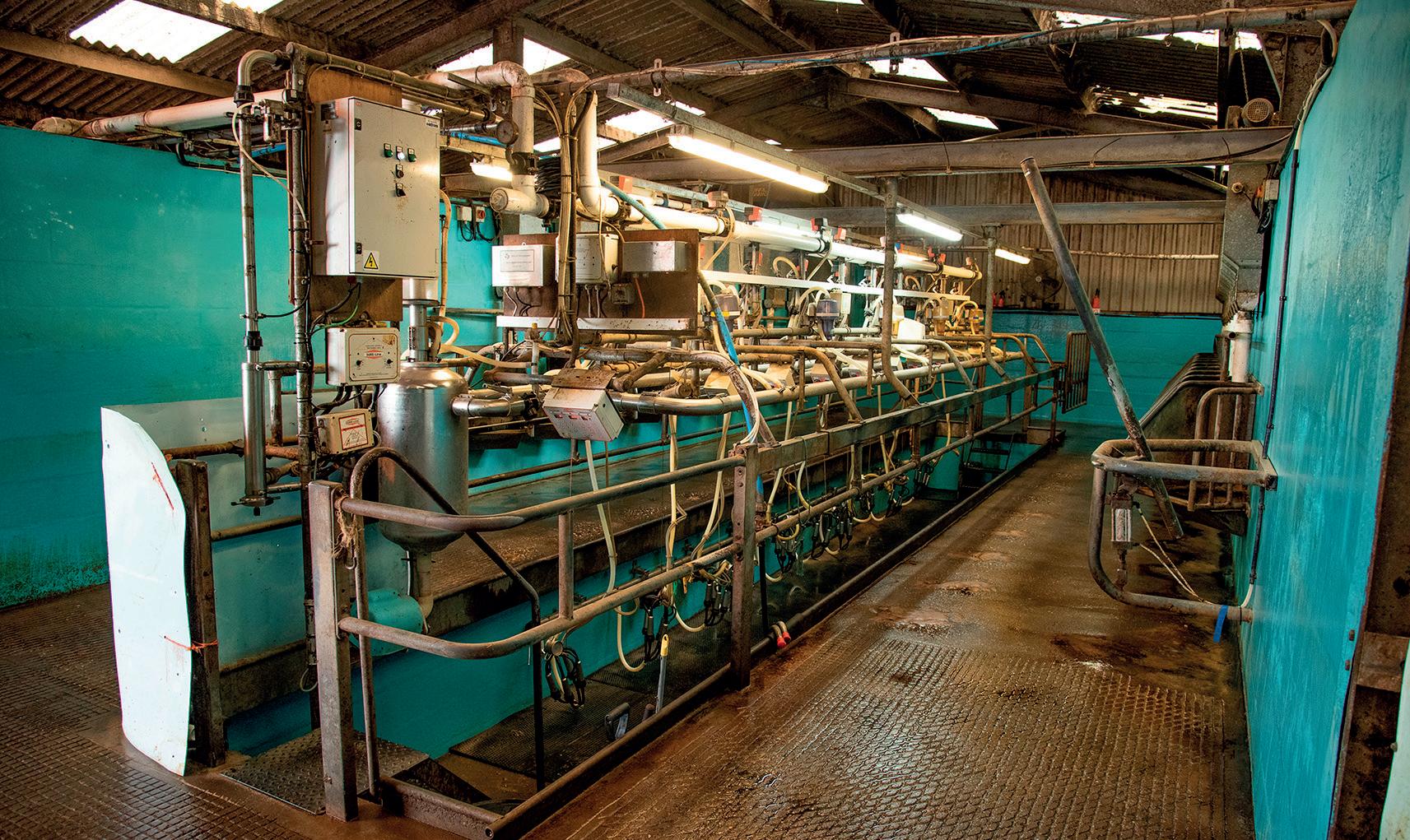



cows to select from, but now we have much more choice and we are really happy with the replacements coming through.”
Sexed semen from both genomic and proven bulls is used, and Tom says some of the genomic progeny has been brilliant.
The family has successfully tackled Johne’s disease in the herd by carrying out quarterly individual milk tests on all cows over many years and are now seeing consistently clear results.
It is a similar picture with the six-monthly bTB tests, with herd numbers increasing as a result.
Mr Knight says: “The milking herd currently stands at 120 cows, including dry cows, with a further 80 heifer and 30 beef followers, so we may be in a position to sell some animals.
“This is not a priority for us though, as our chief aim is to breed excellent replacement cows for our own herd.”
Attention to detail has been key to producing healthy replacements and Mrs Cotton has refined the calf rearing on-farm.
She says: “We have worked hard to eliminate Johne’s and are diligent in continuing to manage any risk.
Calves can now stay on their mothers for 24 hours and are fed their milk for up to 48 hours after birth.

“Our heifer calves are fed milk powder thereafter and we feed a 17 per cent calf rearing ration from birth.
“By the time they are six weeks old they are usually eating about 2kg per day of this.”
Calves are weaned at six weeks old





with the amount of milk they receive reduced gradually the week before weaning. Calves then move on to an 18 per cent protein rearer nut at 10 weeks old.
Mrs Cotton says: “Our aim is to serve heifers at 15 months old if they have reached target size, but we do not want to calve them before they are 24 months old. Our average age at first calving is 26 months.”
Managing the dry cows carefully means metabolic diseases are almost non-existent in the herd. The dry cow ration is largely haylage, although after last year’s wet summer, this was substituted with silage.
Bolus

future. Next year we plan to grow more maize as the cows milk so well off it. We would like to bring the high yielders in a little earlier so we can get them on the maize ration because we want to try and get that autumn milk.”
The family have maintained a strong reputation for their beef calves, regularly securing high prices at Leek Market for British Blue crosses.
Mr Cotton says: “We recently purchased a Piemontese bull to use principally on the heifers due to his smaller size and heritable easy calving attribute.”
He says an added benefit has been the demand for the bull’s progeny in suckler herds, with the Montbeliarde cross giving the females more milk and showing markedly improved growth rates.

Dr. Laura Tennant
Young Animal Feed Technical Adviser


“Hydration of calves with OsmoFit is easy and key to maintaining health, performance and growth.”
Mr Knight says: “All dry cows are given a high iodine bolus, treated with a flukicide and foot trimmed as soon as they are dried off. They receive 2kg of dry cow roll for three weeks before calving and are always given an energy drink when they calve.”
Diet has also been a focus for the milking herd, and nutritionist James Thomson of J.T. Nutrition has delivered results, according to Mr Knight.
He says: “He has simplified the milk cow ration and maize now makes up almost half of the total mixed ration [21kg] and we add slightly less grass silage [19kg] and 3.2kg of a bespoke protein blend to balance out the high starch content of the maize.
“We feed to yield in the parlour and this has allowed us to better target the individual. The highs will be given up to 9kg of an 18 per cent protein dairy nut which they are matching with milk yield and it is maintaining their energy levels.
“We have seen fantastic results in terms of milk yield as the cows have settled into the winter diet and we expect it to increase further in the
Mr Cotton says Mr and Mrs Knight have taken on more responsibility since joining the partnership, with himself and Mrs Cotton planning to step back more in the future, as the young couple take on the farm and continue to develop the Montbeliarde herd.
Our aim is to serve heifers at 15 months old if they have reached target size, but we do not want to calve them before they are 24 months old TERESA COTTON

With feed costs still relatively high this year, SAC Consulting dairy expert Lorna MacPherson says it makes sense to maximise the potential of homegrown forage, which is the cheapest and often largest part of the ration.
She says: “This is a good time of year to decide how you will manage your silage. If by making some small, considered changes, you can reduce bought-in concentrates and fertiliser but produce the same or more milk through higher quality silage, you offset both costs and related emissions.”
Ms MacPherson advises looking at the different factors which will influence silage quality. Firstly, she recommends cutting grass earlier to improve digestibility and energy

value. While overall yield will be lower with earlier cutting, it is a good option for those who currently have ample forage stocks or cereals to wholecrop.
“Silage cut even a week earlier
can improve the digestibility [D-value] by 3.5 per cent points and increase the energy: an uplift of about 0.5 MJ/kg dry matter [DM] can increase the milk yield by one litre per cow per day [assuming a 12kg DM intake from silage],” she says.
“In addition, raising crude protein in silage from 13 per cent to 14 per cent would save 0.4kg of rapeseed meal. This could see an overall saving of 72kg concentrate per cow over a six-month period for the same level of milk output.”
Ms MacPherson also advises farmers to know the status of both their soil and slurry. She says a difference in silage quality can be seen by continuously improving the farm’s soil status combined with annual analysis of slurry to check that applications are suited to the
phosphorus and potassium in the soil, using bought-in fertiliser only when needed.
She says: “By getting slurry analysed, you can adapt slurry applications appropriately and save unnecessary spending on buying in artificial inputs. For early cut silage, adding sulphur – which is not naturally available in the soil at this time of year – can boost yields by 10-15 per cent, as well as its nitrogen use efficiency, which will improve the protein level.”
Ms MacPherson says it is also a good idea to set aside fields for making silage specifically for dry cows which do not receive any slurry. She says K from slurry can increase the risk of milk fever at calving when dry cows are fed a predominantly


Making some small, considered changes can reduce bought-in concentrates and fertiliser but produce the same or more milkLORNA MacPHERSON
grass silage-based diet. In addition, the grass can be left to mature, with stemmier silage being more suited to the lower energy requirements of dry cows.
While none of this is new advice, Ms MacPherson says it is good to think ahead of cutting to see where gains can be made, taking an environmentally conscious approach and being able to demonstrate that the business is contributing towards climate change goals.
Having been involved in the Farming for a Better Climate initiative run by SAC Consulting, and part of SRUC, Ms MacPherson says trials on the project’s focus farms have shown that making changes to reduce the farm’s environmental impact usually positively correlates with improving financial gains for the business.
“In the case of improving silage quality, this directly translates to economic benefits for farmers, as it enhances animal nutrition, reduces feed costs and increases productivity,” she says.
“In turn, increasing production efficiency by producing more milk from fewer and more targeted inputs will lead to less emissions per kg of milk output.
“Reducing bought-in feeds, including soya, helps reduce the farm’s carbon footprint, and focusing on nutrient management to maximise soil health and productivity locks carbon into the farm to help offset emissions.”
Long-term factors for achieving good silage quality include ensuring good drainage, reducing compaction, and considering newer grass varieties which will benefit grass crop quality without compromising yield.
Improvements in feeding management, along with better fertility, genetics and herd health, can also play a part in improving both profit margins and environmental efficiencies.







Grant funding is available to help farmers protect herd health and water quality against cryptosporidium contamination this spring. Farmers Guardian talks to Severn Trent agricultural adviser Mark Biddulph.
To try to tackle the spread of cryptosporidium, water company Severn Trent is working closely with farmers in priority catchment areas to ensure their livestock are provided with safe

A HERD outbreak of crypto can be significantly damaging, so it is important for dairy farmers to put measures in place to prevent and control the spread of the disease.
Mr Biddulph says that crypto is a waterborne faecal pathogen that is spread by infected animals shedding oocysts into the environment.
He says: “Not only can crypto spread rapidly from calf-to-calf, but it is also a zoonotic disease that can spread to humans too.
“When transmitted into water, this becomes contaminated and

TO minimise the potential of dairy herds being a source of water pollution, Mr Biddulph advises it is important to restrict livestock access to watercourses when preparing spring turnout pastures.
“The smaller the distance between livestock and the watercourse, the greater the pollution risk,” he says.
and clean areas to drink when turned out to pasture.
The Severn Trent Environmental Protection Scheme (STEPS), which has been running for 10 years, provides match funding for on-farm initiatives, that can help improve water quality and benefit animal health.
For farmers in cryptosporidium catchment areas, the scheme also covers the full cost of installing items such as watercourse fencing, to help reduce the risk of contamination.
Mark Biddulph, Severn Trent agricultural adviser and a third generation Staffordshire dairy farmer, explains how taking measures to minimise the spread of cryptosporidium can make a fundamental difference to herd health and water quality.
requires additional treatment to ensure it is safe for drinking.”
Mr Biddulph explains young calves under six weeks old are particularly vulnerable to crypto and more obviously clinically affected, usually with severe scours, which can soon lead to potentially fatal dehydration.
“Although older animals may not show clinical signs of infection, they could still be carrying crypto and spreading the parasite, with infected cows also producing lower milk yields,” he says.
“If your herd has direct access to a river or brook, there is a heightened risk of water contamination from nutrients, bacteria and parasites such as crypto, so installing robust watercourse fencing is a good way to bolster your on-farm biosecurity management.”
FENCING off watercourse access to help stop the spread of cryptosporidium may result in the need to install additional drinking troughs to maintain water supplies to the field.
Mr Biddulph says: “Having plenty of water troughs ensures several animals can all drink comfortably at the same time if they choose to and maintain a high enough level of water intake for milk production.”
He says ensuring a flat, level surface around drinking areas will encourage uptake and maintaining the condition of gateways will help encourage herds to travel to pasture.
“Farmers can see when cows are reluctant to pass through boggy or rough gateways, so it is important to invest in the upkeep of these areas to encourage pasture access and optimal grazing activity.
“Not only will this help prevent lameness, it will also help prevent the gateway area sprawling and creating more damage to the pasture,” he adds.
Mr Biddulph says this initiative will not only protect water quality, it will also help maintain soil health.
“Over time, riverbanks being frequented by cattle can gradually turn into a shallow gradient towards the bank, opening up a large, poached surface area.
“The erosion will result in soil and nutrients being lost into the watercourse, along with sediment pollution that damages water quality,” he says.
A robust fencing barrier will help restrict cattle and prevent this from happening, helping to retain valuable nutrients in the soil to benefit pasture productivity in the future.
n To help prevent the spread of crypto, minimise pollution and protect herd health, Mr Biddulph recommends farmers explore the STEPS funding options on offer
n You can find out more on the support Severn Trent provides to help farmers protect and improve water quality, and check which catchment area you are in by visting: stwater.co.uk/about-us/ environment/working-withfarmers-and-land-managers/ farming-for-water/
n Check you are in a priority catchment area
n To increase your chances of a successful application, seek advice from your local Severn Trent agricultural adviser on what options would best suit your farm and make the greatest positive impact on the environment
n Fill out your application online at stwater.co.uk/steps before November 30, 2024

The HBC Biocell transforms slurry into comfortable and hygienic pasteurised bedding



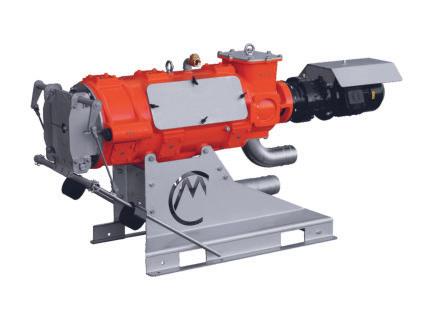





The


After losing the original dairy herd to foot-and-mouth in 2001, the Pratt family, who farm in Bellerby, near Leyburn, North Yorkshire, have been dedicated to rebuilding their pedigree Holstein herd ever since. Katie Fallon reports.
Richard and James Pratt farm alongside their parents Alan and Edith, milking 140 pedigree Holstein cows and 130 followers, under the Studdah prefix at Studdah Farm in Bellerby, North Yorkshire.
Originally milking 50 cows, Richard and James’ grandfather bought
Studdah Farm in 1964. The family then built the new greenfield site in 2003, after the herd was taken out by foot-and-mouth disease.
Comprising a total of 91 hectares (225 acres), including 61ha (150 acres) of grassland, 12ha (30 acres) of permanent pasture, 12ha (30 acres) of wholecrop and 6ha (15 acres) of woodland, the farm has continued


to expand over the past 21 years, alongside the herd’s re-establishment.
Currently averaging 34 litres a cow, at 4.45 per cent butter fat and 3.51 per cent protein, the cows are milked twice a day through a 24-unit GEA herringbone parlour, with all milk supplied to Wensleydale Creamery.
The herd is split into two groups of 60 high-yielding cows and 80 low-


yielders, with a new shed built in 2019 to house the high-yielding group all year round.
The low-yielders graze outside between April and November, depending on the weather and in-calf heifers and dry cows graze the permanent pastures.
Paddocks are strip-grazed with cow tracks leading to all grazing pastures,
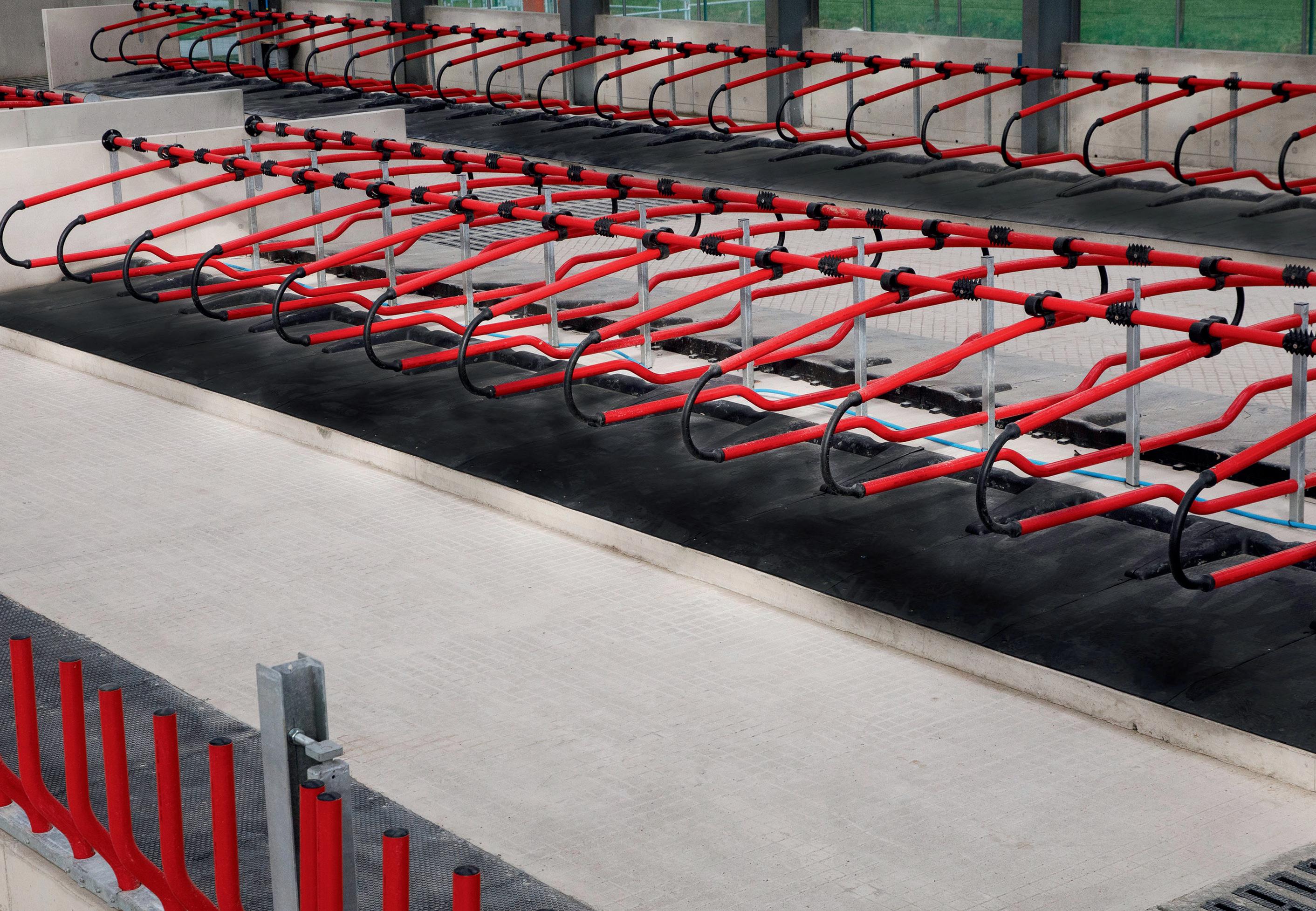




“I would not look back after making the switch to EASYFIX Dairy Housing Solutions, just seeing how comfortable & content the cows are, a picture paints a thousand words"
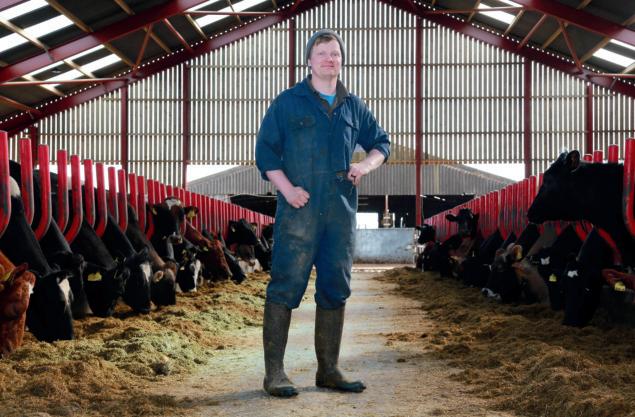

which were installed with the help of Countryside Stewardship Mid-Tier capital grants.
Automated footbaths have also been installed at both parlour exits to help improve foot health.
James says: “We got the footbaths with the help of Defra’s farm productivity grants and the cows go through them twice a day after each milking.”
The cows are compact fed a total mixed ration of silage, wholecrop including peas, oats and barley, a concentrate blend, molasses, rumen buffer, minerals and 15 litres of water per cow. No concentrates are fed in the parlour, with the low-yielding group buffer-fed after each milking.
The brothers say they initially started compact feeding eight years ago to try and reduce sorting issues in the feed. Richard says the ration is blended in the feeder wagon and left to soak overnight.
“It increases the cow’s water intake without them even realising and it has also helped with milk yields and milk quality,” says James.
With the Holstein having always
been the breed of choice for the Pratt family and the herd holding its pedigree status since the 1970’s, James and Richard say there are some specific cow families which have played a key role in the herd’s success.
“In 2002, after Foot and Mouth we bought 50 cows from the Tarnbrook herd in Lancashire, as well as 25 cows from a farm in Bishopdale, Wensleydale, and 25 in-calf heifers from Cumbria to set our stock again,” says James.
Most of the cows bought from the Tarnbrook herd belonged to the highly admired Dream cow family, says James, with their progeny becoming one of the best cow families within the Studdah herd to date.
He adds: “It is one of the original families we restocked with and is the one that has probably done the best.”
The Anna family is another influential cow family which has helped re-establish the herd, which Richard says was introduced several years ago after they bought a heifer from Northern Ireland, at Carlisle’s Black and White sale.


The third family which the brothers say has made significant progress within the herd is the red Lucy family, originally a black and white Holstein family from the Aireburn herd, Skipton.
“We have bred the red and white line of the family, and it has kept developing and is a good all-round family,” says James.
Currently milking 12 cows from the Lucy family, the brothers originally bought one cow from the Aireburn herd’s reduction sale in 2006.
James says: “It seems to be the up-and-coming family.
“They took time to get established, but there are now four generations currently milking in the herd, and they are doing really well for us.”
Undoubtedly, these cow families have helped James and Richard achieve a string of admirable results over the years, in regional herd competitions and in the local showring.
The herd was recently placed champion in the North Eastern Holstein Club’s winter group of six class,
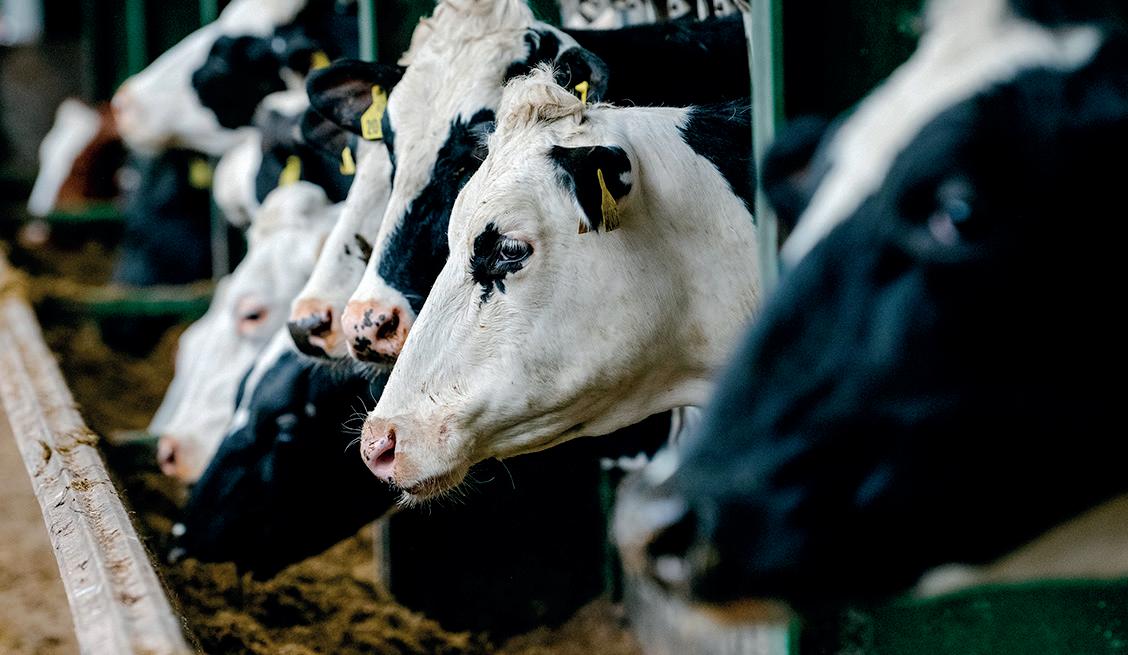
Cows are compact-fed a total mixed ration.
Trust Ecosyl 100 additive to help conserve your silage. With its 1 million beneficial ‘MTD/1’ bacteria applied per gram of forage treated and 30-year track record, it’s been independently proven to boost ‘milk from silage’. www.ecosyl.com

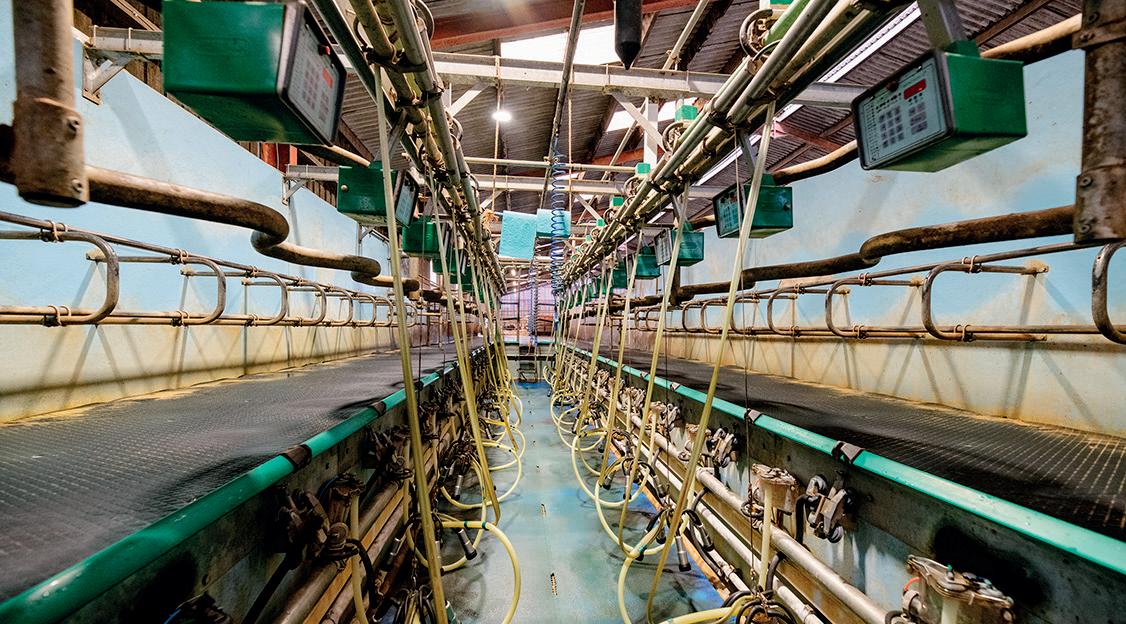
a result they have previously won five times consecutively. It was also placed third in the Yorkshire County Milk Recorded Herds Competition, averaging more than 11,000 litres, with a calving interval of 386 days.
Having won the award twice, in 2008 and 2011, the herd has regularly been placed first in a range of classes over the years, including first in the female family group with the Dream family, and first in the progeny group.
After years of exhibiting at the Great Yorkshire Show, the Pratts now only attend their local Wensleydale Show, winning the overall championship last year with a VG88 second
calver, Studdah Kingdoc Dream 10.
Not only do the family have an eye for Holsteins, but they have also had success with the Jersey breed, after buying one Jersey calf to ‘try something different’.
James says the calf, Studdah Endeavour Casinos Glamour EX93, eighth generation EX, is a descendant of the original calf purchased in 2010 and placed second in its class at last year’s Dairy Expo at Carlisle.
Having built up a reputable herd over the last 20 years, establishing cow families and continually striving to breed good all-round pedigree cows, James and Richard say the herd
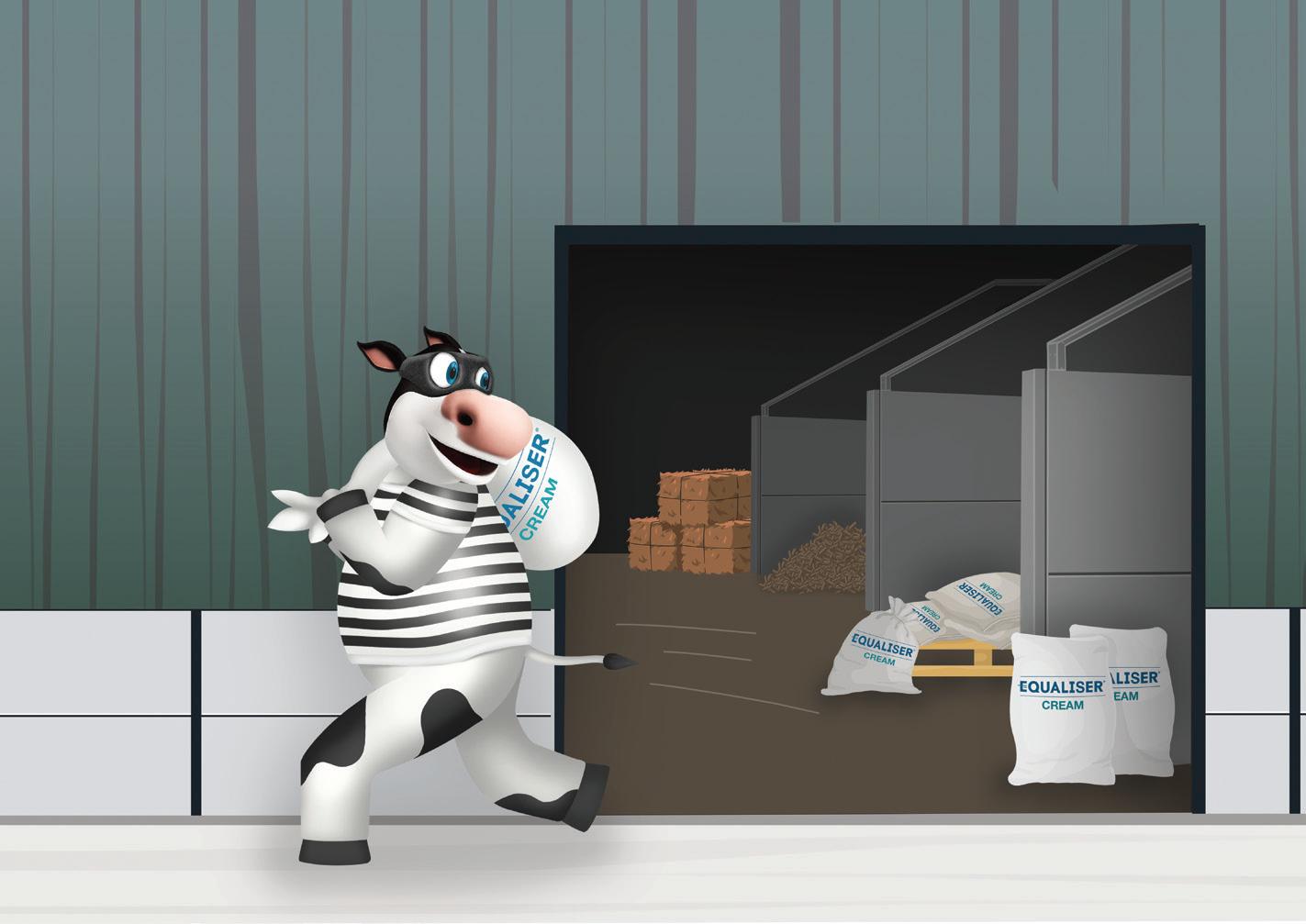
In 2021-2023 feeding Equaliser® Cream improved milk income on UK farms by £2412 per month, with an average uplift in milk butterfat of 0.33% within 7 days and 0.51% within 1 month of feeding.
Contact us today to get the full potential of milk solids from grazed grass this spring!
T (01845) 578125
E customerservices_dalton@cargill.com
@CargillAnimalUK
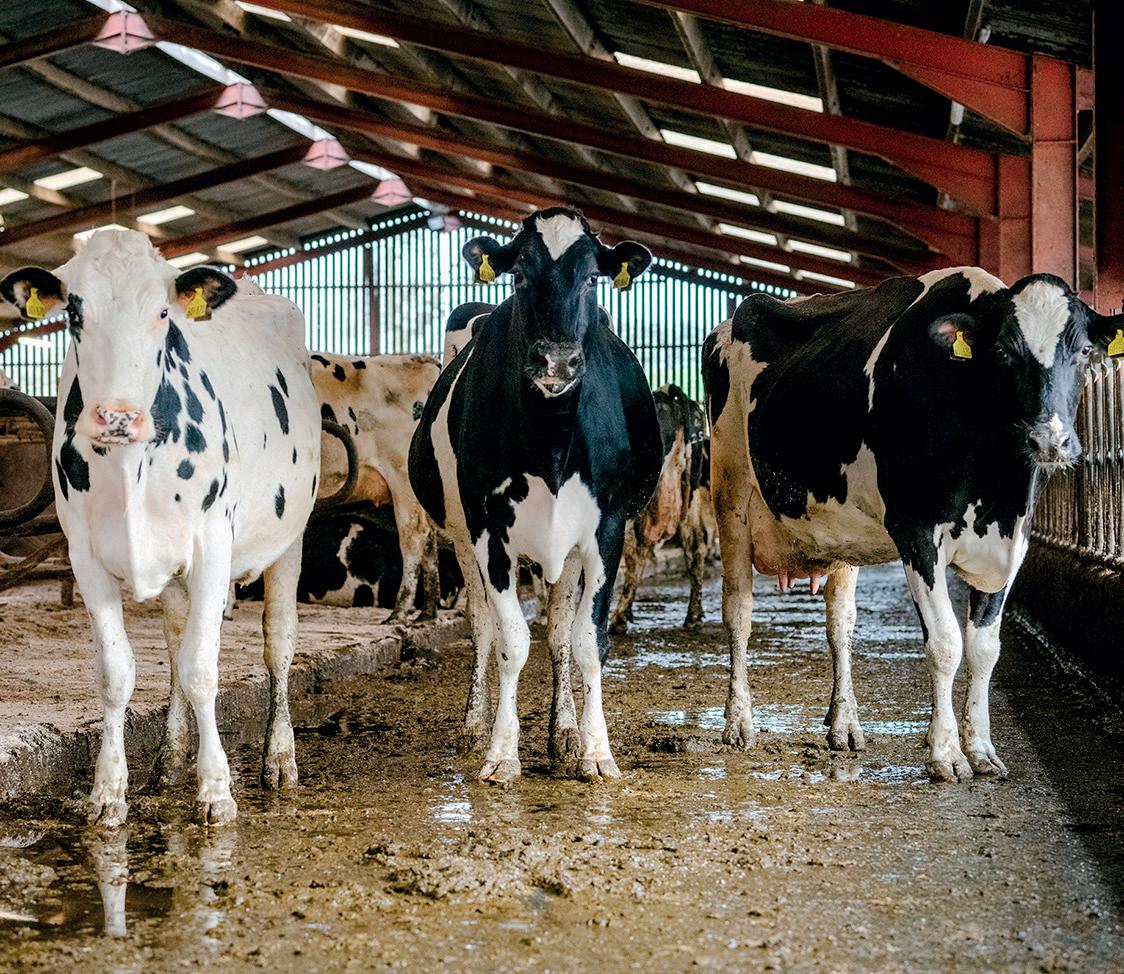
currently comprises 32 ‘excellent’ classified cows, 65 ‘very good’, and 34 ‘good plus’ classified cows.
Previously, most heifers were retained as replacements to help reestablish the herd, however, since cow numbers have increased, the brothers are now more selective when making breeding decisions.
The top 60 per cent of the herd is put to sexed Holstein semen, with some embryo transfer work carried out when looking to introduce a new family.
The remaining 40 per cent is put to a British Blue or Aberdeen Angus beef sire, with most beef calves sold through Leyburn auction mart between eight and 10 weeks old.
Around 60 heifers are retained annually for breeding, most of which are artificially inseminated, with an Aberdeen-Angus sweeper bull also used to catch anything not in calf.
Richard says: “We tend to serve heifers at 13 months old and they calve down at 24 months on average.”
Any surplus heifers are sold freshly calved privately or at Carlisle. The brothers have also been genomic testing all heifer calves for the last year, with calves tag tested for bovine viral diarrhoea at the same time.
“When we were growing the herd, we just bulled everything with the black and white bull, but now numbers are up we are more selective and genomic testing calves to choose the best replacements,” says James.
To support the herd’s growth, a new calf shed was built in 2011 with a focus on improving the calf environment and ventilation.


“It is so much fresher in the new shed, and we lift the blinds in summer to improve the ventilation when it is warm,” says James.
Calves are kept in individual pens in the calf shed for the first few days before being transferred to one of the six calf hutches outside, where they are put into groups of four and transferred on to milk powder and ad-lib concentrate feed.
Calves are weaned between eight and 10 weeks old, when they are transferred back into the calf shed and into larger pens, where they will stay before moving to the heifer cubicle shed at around 12 months old.
“Once weaned, heifers are fed big bales of haylage for the first year, before going onto a bulling heifer ration of fourth cut silage, hay and straw, with an 18 per cent rearing nut,” says Richard.
Looking to the future, the brothers say they are keen to keep fine tuning the herd’s breeding programme and continue to breed quality pedigree Holsteins, while improving the farm’s efficiency with a focus on automation.
Farm
■ 61 hectares (150 acres) of grassland, 12ha (30 acres) of permanent pasture and 12ha (30 acres) of wholecrop
■ Cows are compact fed a total mixed ration
■ The herd is split into a group of 60 high-yielding cows and 80 low-yielding cows
■ The herd averages 34 litres per cow, with 4.45 per cent butter fat and 3.51 per cent protein

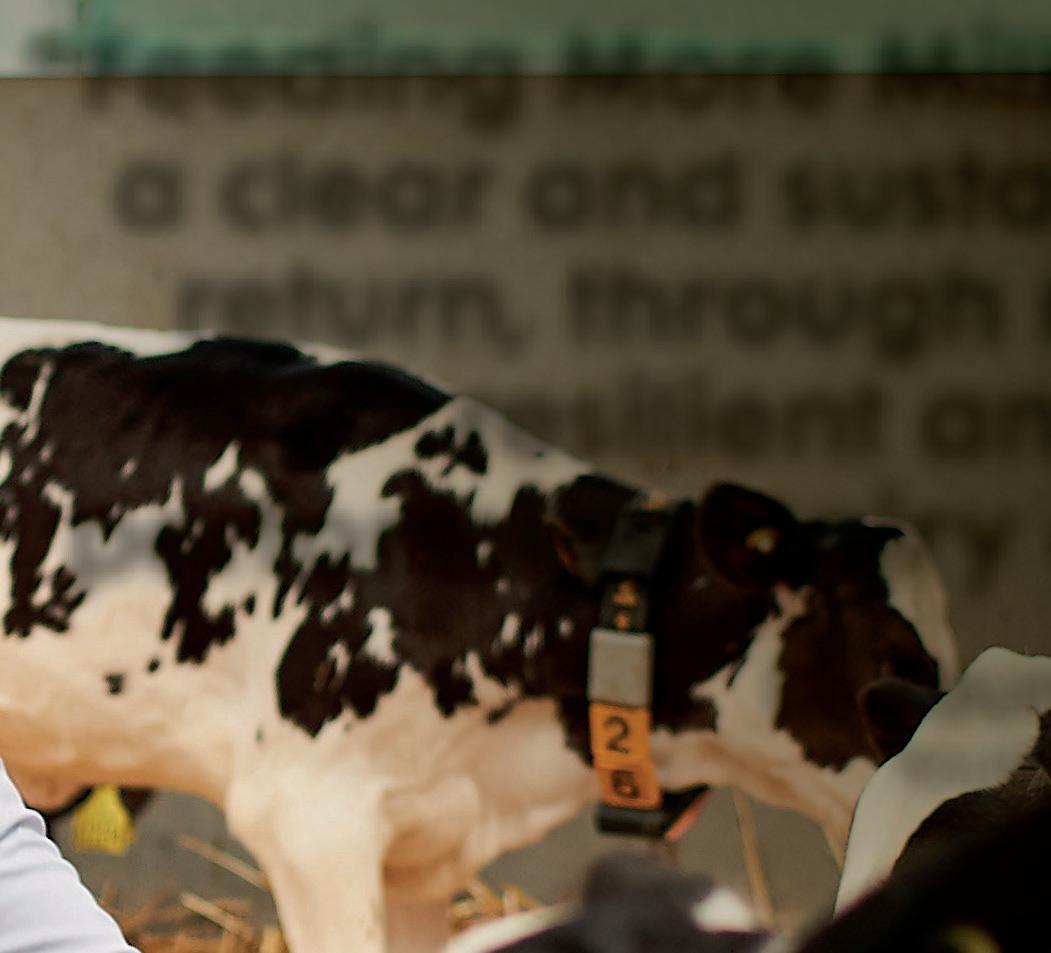

“Feeding More Milk gives a clear and sustainable return, through robust, resilient and high performing dairy cows.”
Dr. Laura Tennant



With most dairy farms in the UK over supplementing diets with at least one mineral, achieving a mineral balance across each stage of production is key to productivity. Katie Fallon reports.
Independent mineral consultant and business development manager at the Centre for Innovation Excellence in Livestock (CIEL), Dr Annie Williams, says over supplementation in the UK’s dairy industry is a key issue.
And with costs to cow productivity, farm profitability and the environmental impacts of mineral excretion,
COPPER: Whileneededforgrowth, fertilityandimmuneresponse,most dairyfarmerswillbeoversupplying copper.
DrWilliamsadvisesfarmers shouldmakesuretheyarenothaving anegativeimpactonperformance duetoover-supplementation.
Selenium: Asanantioxidant,its primaryroleistoremovetoxinsfrom thebody:“Seleniumisoneoftheways whichwecanhelpthecowtocope withthatlevelofstrainandallowher tohavesomelevelofresilienceto disease.”
Iodine: Alackofiodineinthe dietwillresultindopeycalveswhich donotwanttogetup.DrWilliams explainsiodineispassedfromcow tocalfduringpregnancytodevelop thecalf’sthyroid,includingthethyroid hormonesthatcontrolmetabolism.

getting the mineral balance right within dairy diets is crucial. Therefore, Dr Williams advises completing a mineral audit, to ensure there is a balance between the cow’s mineral requirement and the supply of minerals on-farm.
She says macro and micro minerals (trace elements) are the two groups of minerals which should be looked at to achieve a mineral balance.
Shesays:“Ifacalfisbornwith lowiodineandthereforelowthyroid hormones,ithasgotalowmetabolic rateandwillnotgetup.”
Cobalt: Adriverofgrowth,cobalt isimportantinyoungstockdiets.
“Iteffectshowtheycanuseenergy fromtheirdiet,somakesurethereis enoughcobaltintherationsotheycan effectivelyextractenergy,”sheadds.
Manganese: Importantforskeletal developmentduringpregnancy.
“Iflevelsinthecowarenotrightand itcannotpassmanganesetothecalf, wewillseelongboneissueswhere calvesarebornwithoneleglonger thantheotherorthebottomjawisnot formedcorrectly,”DrWilliamssays.
Zinc: Importantforskinandhoof healthandplaysaroleintheimmune system.Deficienciesarerarelyseen on-farm.
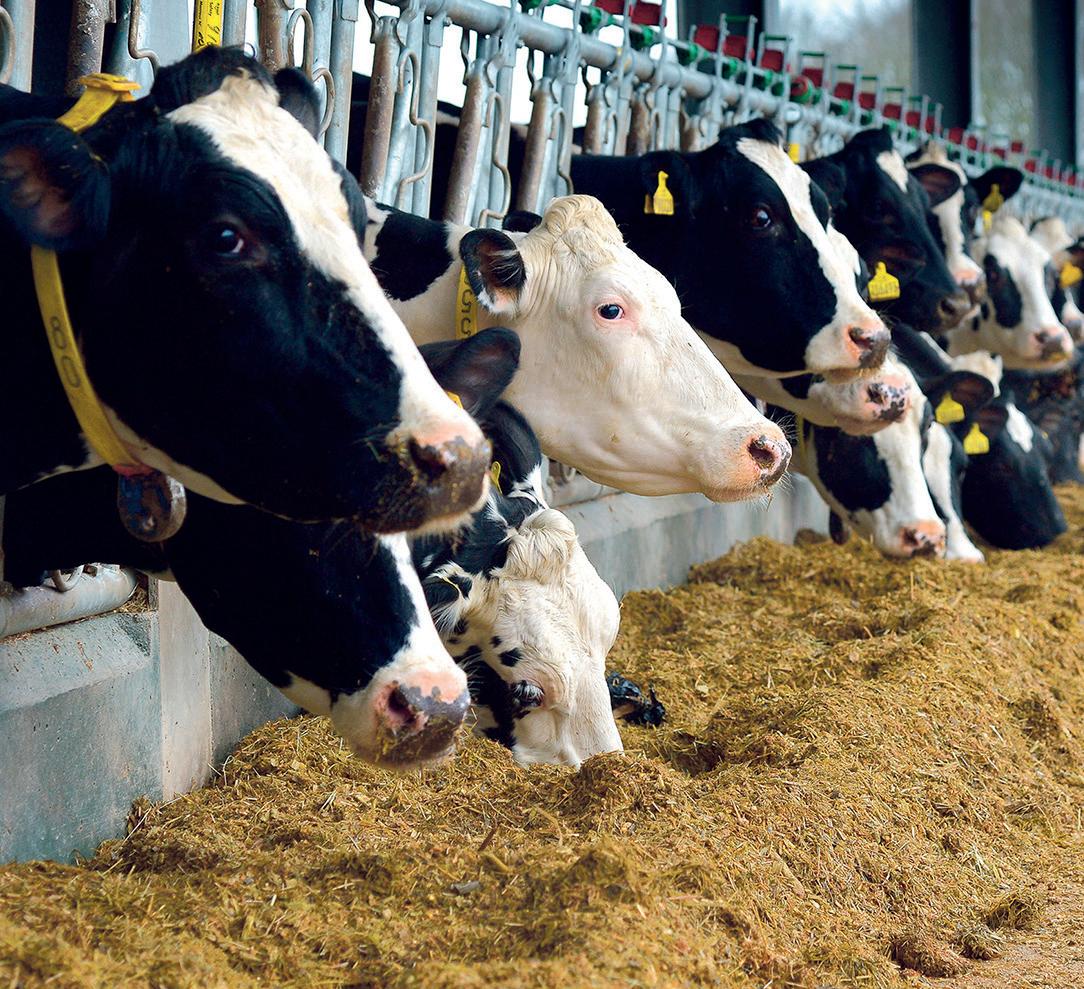
CALCIUM and phosphorus: Primarilyrequiredformilkproduction, calciumalsocontributestobone healthandmetabolism.Ifcalciumis outofsyncwiththephosphorusratio, DrWilliamssaysitcancauseskeletal issuesincowsandunborncalves.
“Yourphosphorusneedstobe aroundhalfofyourcalciumlevel. Ifthisratioiswrongitcaneffect cowperformance,butalsocause excretionofminerals,particularly phosphorus,intotheenvironment,” saysDrWilliams.
Theratiobetweenthetwominerals becomesmorecomplicatedwhen lookingatdrycows,becausethen, thedemandforcalciumisseverely reducedcomparedtowhenmilking.
However,becausecowshave beenbredtoproducesuchhigh milkyieldsassoonastheycalve, theirrequirementforcalciumrapidly increasesandtheyhavegottoswitch onallthemechanismsintheirbodyto sendcalciumintocolostrumandmilk.
“Theyhavetwowaysofdoingthis. Wewantthemtoactivatethepathway thatincreaseshowmuchcalciumthey canabsorbfromthegutandactivate thecalciumfromthebone,”shesays.
Ifcalciumisrestrictedinthelast

twotothreeweeksbeforecalving, itcanhelpthecowtoturnonthe mechanismsgraduallybeforecalving andincreasingcalciumnaturally.
“Ifyougetitright,itdoesworkwell, butitisdifficulttoachieveintheUKas onewaycowsrecognisetheneedto turnoncalciumisfrompositiveions inthebloodstream.However,another positiveionispotassium.”
“BecauseforagesintheUKare naturallyhighinpotassium,itishardto getthebalanceofionsrighttoenable thecowtodothejob,”sheadds.
Magnesium: Themostcommon issueseenwithincorrectmagnesium levelsisstaggers.“Assoonaswe getrapidgrowinggrass,wewillhave afairlyhighstaggersrisk,soit isimportanttoensurecowsare consumingenoughmagnesium tomitigatethatrisk.”
Sodium: Theonlyminerala cowwillactivelyseek,itisadvised thatcowsareofferedfreeaccessto sodiumastheywilleattoappetite.“If youdonotsupplyenoughsodium,the feedintakewilldropaswillmilkyield.”
Sulphur: Neededforsynthesisof somerumenproteins.Ifoversupplied itactsasanantagonisttoselenium andcopper,impactingtheirsupply.

















Calves are an expensive commodity nowadays, and to successfully rear healthy calves, prevention of disease is a better financial bet than firefighting clinical outbreaks and attempting expensive treatment.
Boosting of the general immune system together with avoidance of calf scour and calf pneumonia is of paramount importance to avoid a negative financial impact.
Provita Protect POM VPS is the only veterinary probiotic to be authorised and licensed by the VMD. Over 400 calves were used in various field trials. Amongst the key findings were the following:
• 83% less incidence of scours in calves
• 50% less incidence of respiratory disease
• +10% live weight gain weaning
• +31% average daily weight gain
• Provita Protect was at least as effective as antibiotics in scouring calves (together with electrolytes)
• 89% of the Provita Protect treated calves remained healthy throughout the trial compared with 52.5% of control calves
• 5% of Provita Protect treated calves were treated for pneumonia/ respiratory disease compared to 17% control calves
Provita Protect is an oral supplement that infuses commensal bacteria into the gut to populate it with beneficial bacteria and essentially crowd out the pathogens. Probiotics are a source of beneficial bacteria which populate the gut of calves, thereby crowding out and displacing pathogens such as E. Coli. They also have antitoxin effects as well as preventing the binding of E. Coli pathogens to the wall of the gut. Thus, given shortly after birth Provita protect will ensure a healthy gut which repels
infection. In addition to maintaining a healthy gut, probiotics also have another very important effect. Recent science has now shown that there is what is called a ‘cross talk’ between the gut, the lungs and immunity. It is now known that a healthy gut, or microbiome, not only governs gut health, but it also governs immunity. The commensal bacteria of the gut act as an immune signalling system to the other body compartments, thereby protecting them (e.g. the respiratory system). What is interesting here is that even in young calves that receive adequate colostrum, the passively acquired immunity antibodies deplete over a few days, and so by using Provita Protect, an extra layer of immunity kicks in and covers the immunity gap in the calf shortly after birth, thus protecting it from future disease. References available on request.
Written by Dr Tom Barragry PhD, MSc, MVB, MRCVS, Dip ECVPT. For more information call 0800 328 4982 or email: info@provita.co.uk

•





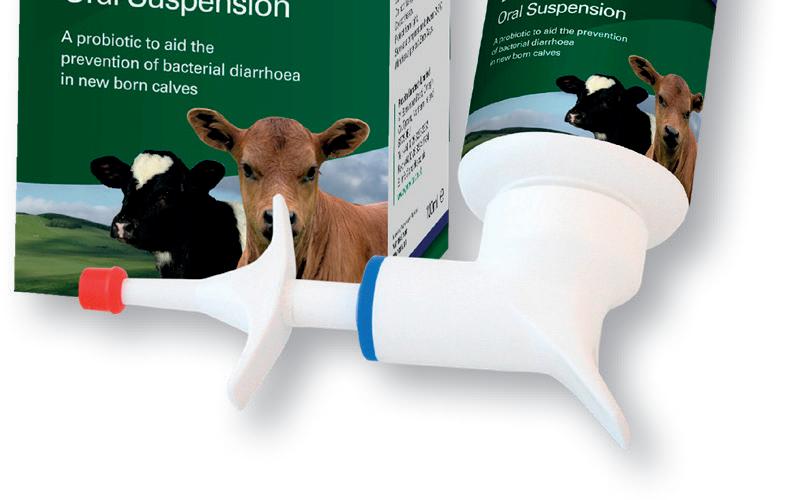
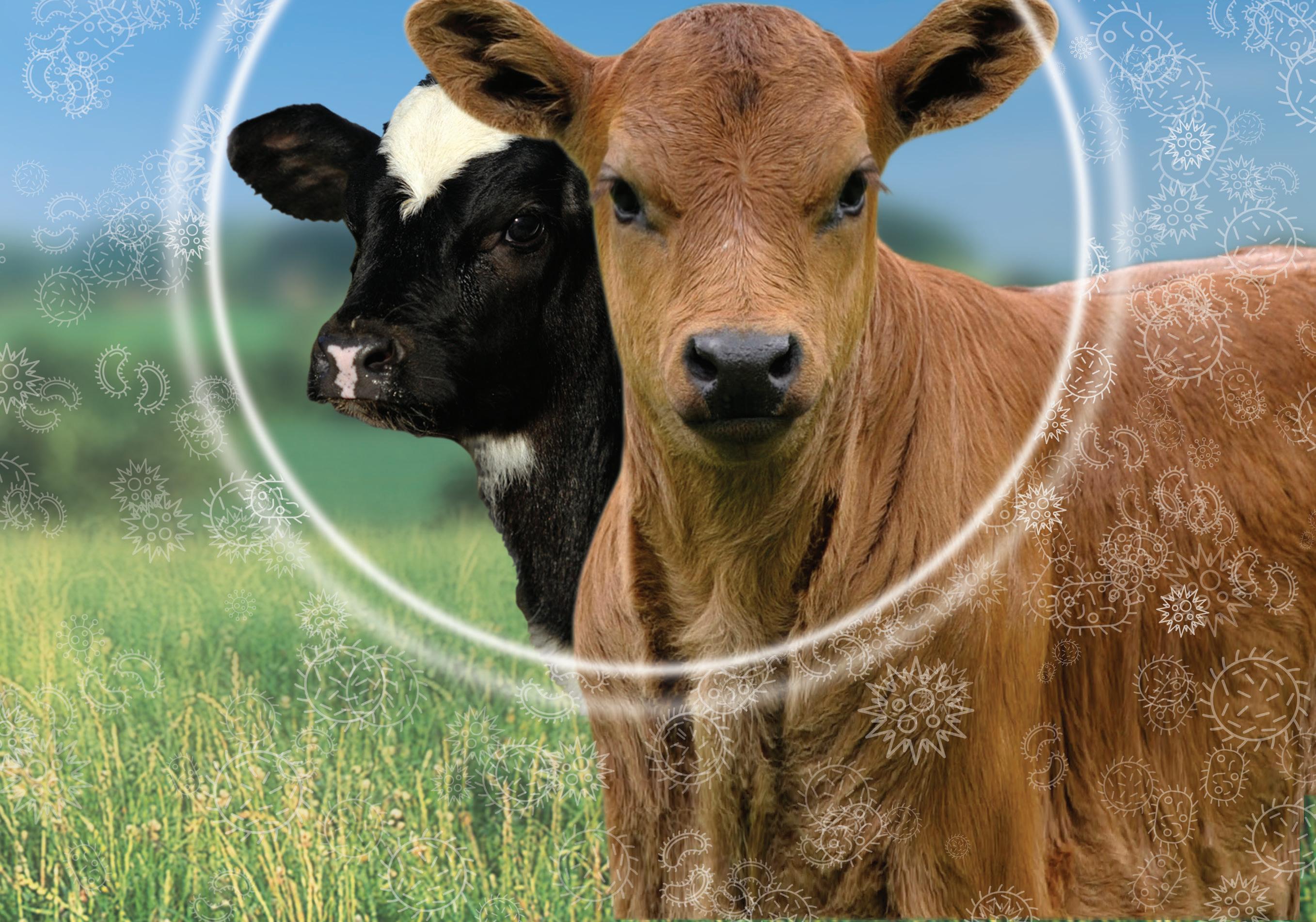
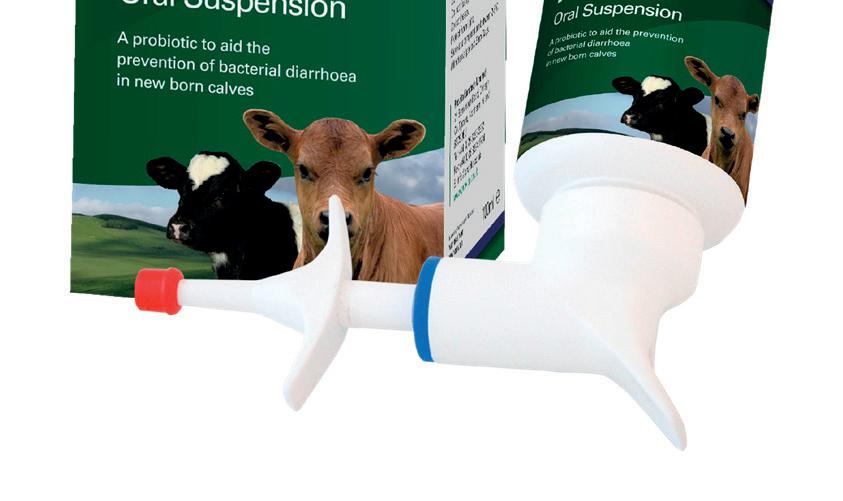
Recent studies have shown there is a strong link between genetics and the likely incidence of lameness within dairy cattle. Katie Fallon reports.
At a recent dairy discussion group meeting held by Bishopton Farm Vets, cattle vet and professor of cattle health and welfare at the University of Liverpool, George Oikonomou, posed the question whether the UK’s dairy industry could breed its way out of lameness issues.
While Prof Oikonomou said the short answer was no, as a combination of things including environment, housing and animal health were all at play, he did agree that genetics did play a large role within the industry’s fight against lameness.
Prof Oikonomou told attendees that a study which looked at the association between the genetic index for digital dermatitis and the presence of digital dermatitis within Holstein dairy cows, found the heritability of key hoof lesions, including digital dermatitis, sole ulcers and bruising, was higher than expected.
And therefore, it highlighted a link between lameness and genetics.
Prof Oikonomou said his research group collected lameness data from 2,400 cows involved in the study, with the animal’s genotypes used to calculate AHDB’s lameness advantage trait.
It was found an increased number of sole ulcers, bruising and white line disease was present in cows with a poor lameness advantage score, compared to those with a positive score.
“For every two-point reduction in the lameness advantage score, the risk of sole ulcers doubled. This shows we can use the lameness advantage trait to help improve lameness within our herds.”
It was also found that a one-point increase in digital dermatitis genetic index reduced the likelihood of developing digital dermatitis by



61 per cent. Prof Oikonomou said this highlighted the role which genetics, and therefore the lameness advantage trait, could play in reducing lameness, particularly hoof lesions.


“Selecting for feet, legs and locomotion might mean that cows will walk better but there is no association with a reduction in the number of lesions,” he said.




MARK Banham and Jon were the clear winners of the individual title, at Solihull, while the team trophy went to the Northern Association.
All 45 dogs had a fresh packet of five Welsh hoggs which were a good test. Over the morning they tended to be flighty, with some packets splitting up, but later they required a little more push.
Angie Blackmore and James Gilman judged the three heats, in which each of the fifteen teams from various regions of England were represented by one dog.
Each handler was hoping to be placed individually in the top ten and consequently go forward to represent England in the Four Nations Championship.
In the first heat, three dogs made the top ten. The one with the highest place ran at number nine, for Northumberland, Ruth Mitcheson and home-bred Mitch.
Born in September 2022, smooth coated Mitch was the youngest dog competing in the trial.
Mitch took all his commands well, hit the first drive hurdle, had a tight turn into the cross-drive and, after slight deviations, put his packet through the last obstacle.
Ruth and Mitch’s score of 142 held the lead for some considerable time

and ultimately earned them second overall placing.
Ricky Hutchinson and Chrissy ran early at three for Trawden.
Their successful run saw them complete the run to score 137 points which took fourth placing.
With run eight, Jane Drinkwater and Cassie, running for Northern, completed the course with one of only three clean pens to score 129 and take tenth placing.
Just two dogs qualified for the top ten in heat two. At seventeen Peter Ellis ran homebred Tip for Windermere.
Working from a distance Tip had a good, steady run before slipping four of her sheep at the handler’s side of the cross-drive obstacle. Tip was not the only one to miss that last hurdle
Winners Mark Banham and Jon.

March 9. FOUR NATIONS NURSERY FINAL, SlindonHouseFarm,Slindon,Stafford,ST216LX. 8amstart,entryclosed,contactGeorgeBonsall, tel:07749298682,refreshmentsavailable.
March 10. SOUTH YORKSHIRE OPEN, fundraiserfortheEnglishNational2024,Lower Eastfield,Sheffield,S357AY,9amstart,enteron field,entryfee£10perdog.
March 16. AVON VALLEY FARM, LE176DH, What3words,Foster.Vanish.Originals,bythekind permissionofFrankandDeeHodgkin,AMandPM sessions,30dogspersession,limitoffourdogs perhandlerpersession,thesamedogscanrun ineachsession,£8perrun,pre-entertoCaileigh, tel:07860716467,entriesareonlyacceptedon receiptofpayment,ifyouchoosetowithdraw yourruns,arefundwillbeissuedifwecanfill yourspace,hotandcoldcateringwillbeavailable throughouttheday.
March 9. LLWYNBEDW, Llwynbedw, Llanpumsaint,Carmarthen,SA336JU,8.30am start,spectatorswelcome.
which along with the line of the crossdrive was not easy to gauge.
Peter was asked to take the shed a second time and finishing with a very good pen scored 132 points to take sixth placing.
Five dogs qualified from the final round. At 32, James Burrow ran Hillside Roy. Between the two judges they lost just two points at the shed and only one at the pen giving a score of 137 and third placing.
The winning run came at 35 when, for the South East, Mark Banham went to the post with Jon.
Three points went in the shedding ring and with four points lost at the pen, their score of 159 gave them the individual title with a clear lead.
Next to the post, for Mid-shires, Sean Maynard and Winston had good
March 23 LLWYNBEDW, Llwynbedw, Llanpumsaint,Carmarthen,SA336JU,8.30am start,spectatorswelcome.
outfield work before losing only one point at the shed. Their shed was taken at the second attempt and with a few points lost at the pen they also scored 131 to take eighth placing.
The final dog to qualify ran next –Jane Drinkwater with her second dog for Northern, Gyp.
A few points were deducted at the shed and with a couple of breaks at the pen their score of 129 took ninth place and put Jane in the top ten with two dogs.
After team Northumberland was in the lead in the first heat and team Trawden in the second, the final scores gave Northern the team shield with just a four point advantage.
Scotland: Sine Robertson
A SMOOTH run from Fraser Shennan and Fred won the Scottish inter district nursery final at Stranraer, with a clear lead over of the field, and Fred’s little brother Nap in fifth place.
Fred worked outstandingly, starting cleanly, dropping only minor points on the course and completing the winning run with very good work at hand.
Although the fit Blackface hoggs showed spirit, good young dogs proved them manageable.
After a clean start, Fred had a good fetch and won the Jimmy McNeil trophy for best outbye
work. He had little trouble from there on and achieved a very good drive.
A good pen and a clean shed completed the winning run with a clear lead on 90 points.
Fred’s late run overtook Ian Brownlie’s Beck who had held the lead for most of the day.
The first leg did not flow, but Beck kept the sheep on the route and put them through the gate.
A clean pen followed, although the shed was off from the required location, but the run earned Beck second place on 86 points.
Beck’s run overtook the early
leader from the first round, Elinore’s Nilsson’s Dalriada Amy, the third run of the day.
Dalriada Amy was a little short on her outrun which impacted on her lift, but she fetched on a good line and had no trouble turning her packet on to the drive where she kept up the standard and made a good return to the pen.
She completed a first class run with a clean shed and finished third on 85 points.
Geordie Simpson’s Greiston Mick stopped short at the top and his hoggs took off, but he got control on the fetch and managed them very well from there.
Mick turned them on to the drive
without a problem and achieved a very good drive, earning the John Paterson trophy for best drive. A clean pen and a tidy shed completed the run on 83 pts, eventually taking fourth place.
Fraser’s Nap handled a difficult packet very well, and followed Fred’s pattern, until he took the reject pair at the shed and the error cost half the shed, with 81 points Nap finished in fifth place.
Inter-district nursery final, Stranraer (judge, D.McAuley)1,F.Shennan,Fred,90;2,I.M.Brownlie, Beck,86;3,E.Nilsson,DalriadaAmy,85;4,G.Simpson, GreistonMick,83;5,F.Shennan,Nap,81Outbye;6,M. Gallagher,DalriadaChief,81.Teams,1,NorthScotland, 374;2,Shetland,310;3,DumfriesandKirkcudbright,299.




















Source: MartEye/LAA
3/790.0 41/23.7 42/239.2 37/179.7 36/89.5 41/67.0 -/- -/- -/- -/- -/- 1/300.0 3/146.7 1/150.0
1/640.0 4/617.5 10/53.2 34/242.9 38/132.1 32/133.4 12/89.1
-/- -/- -/- 1/355.0 1/370.0 2/380.0
Source: IAAS/ScotEID


Source: MartEye/LAA
Primestock throughput, price and price change (p/kg). Week ending March 3, 2024.
AUCTION marts in England and Wales started the first full week of March with price increases in the livestock rings.
Young bull values grew by 7.2p/kg to 266.3p.kg, while steers had risen in value by 2.0p/kg to 278.9p/kg. There had also been an upward turn in heifer prices by 0.2p/kg to 280.2p/kg.
However, dairy-sired cull cows dropped in value by 1.4p/kg to 152.9p/kg.
Lambs were up by 11.8p/kg to 345.0p/kg, as were pigs by 11.5p/kg to 159.5p/kg.
As Farmers Guardian went to press on Wednesday (March 6), UK LIFFE Wheat prices for May 24 were trading at £161.40/tonne; a decline of £3.60/t on the previous week.




O/SdeadweightpricesfortheweekendingMarch2,2024.
Leek
DeadweightsheeppricesarecollectedfromasampleofGBabattoirs.Thesampleaccountsforabout one-thirdofdeadweightsales;pricesquotedp/kgareaveragesforallqualities12-21.5kg.



March 6, 2024
GOOSTREY: Mon,hay,squarebaleto£150/tonne,roundbaleto£76/t;haylage,roundbale to£114/t,squarebaleto£96/t;barleystraw,squarebaleto£135/t,roundbaleto£126/t;wheat straw,squarebaleto£120/t;wrappedsilage,squarebaleto£66/t,roundbaleto£48/t;loose grasssilageto£51/t.
Wednesday, March 6, 2024 (£ per
Source: AHDB
Last updated March 5, 2024
BPS ENTS English Deadline – Early 2024*
Price at Average deadlines prices (2023)
Non-SDA - £80.59
SDA - £99.41
Moorland - £24
BPS ENTS Welsh Deadline – May 15, 2024
Price at Average deadlines prices (2023)
£50** £65
BPS ENTS Scottish
Regions 1, 2 and 3
Deadline – April 2, 2024
Price at Average deadlines prices (2023)
Region1 £140** £149.47
Region2 £30** £40.34
Region3 £12** £15.44
BPS ENTS Northern Irish Deadline – May 3, 2024
Price at Average deadlines prices (2023) x1.0** x1.0
*FortradingDelinkagerefamounts;30p-80p**per £1ofDelinkagereferenceamount.**Estimates.
ENGLISH DELINKAGE REF DATA: averageof 2020/21/22claims.Seller’s2023claimnotneeded. Estimatedreturn£1.20/£1refamountwithbuyer’s delinkpaymentlessthan£30,000post-transfer. SubjecttoDelinkagevalues2025-27.
BIODIVERSITY NET GAIN: English:Defra estimates£25,000-£200,000/unitexcluding VATandassociatedfees,subjecttolotsize. LasttenderFebruary2,2024,nextMarch8,2024.
NUTRIENT NEUTRALITY: Long-termsales alltypesagricmanexcludingspecialisthabitat creation.Nitrates£3,000-£4,000/unit(£18,000£206,000/ha);phosphates£50,000-£65,000/ unit(£2,000-£169,000/ha). CARBON: Woodland Carbon>£35/WCU>£25/PIU.May2023WCG reverseauctionaverage£19.76. WATER: English abstractionlicenceslessthan£3-£15/cu.m.
Source: Townsend Chartered Surveyors




Last updated March 5, 2024
Source: AHDB/LAA/IAAS HOLSTEIN
Key:Allpricesinpoundssterling.Currency,£/$1.264;£/€1.71
Lanark
Stirling
1.Thiscontractwillreceivea1.33pplguaranteedminimumpayment.
2.Thiscontractwillreceivea0.50pplmemberpremiumpayment.
2.Thiscontractwillreceivea1.54pplTescocheesegrouppayment.
3.Thiscontractwillreceivea1.00ppldirectpremiumpayment.
4.Thiscontractwillreceivea0.40pplactual13thpayment.
5.FormerlyGlanbia-Llangefn.
Retailerpricesupplementsareincludedwhereapplicable.Supplementslistedareinadditiontolistedmilkprices.
UK milk deliveries in December 2023 were down 0.2 per cent on the year at 1,226 million litres. Cumulatively, this was 0.4 per cent down on the year to date.
December 2023 GB milk deliveries were down 0.4 per cent for the same period at 1,021m litres. GB milk deliveries for the year to date were 0.5 per cent down.
















Many in the farming community will have heard of Hannah Hauxwell, and even more will have been inspired by her way of life. In honour of International Women’s Day, Emily Ashworth takes a deeper look into her story.
Known as the ‘Daughter of the Dales’, Hannah Hauxwell is probably one of the most renowned women in farming.
Her life, farming solo out in the hills near Teesdale, caught the attention of the masses in the 1970s, when ITV documented her raw and ready rural existence in a TV programme called Too Long A Winter
It is easy to see why she became such a phenomenon; following such a lifestyle out on the vast moors with no running water or electricity is, to most of us, unthinkable.
Born on August 1, 1926, farming was in her blood, having been raised by William and Lydia Hauxwell in Baldersdale, a valley on the east side of the Pennines.
Hannah moved to Low Birk Hatt Farm – which rose to 305 metres (1,000 feet) above sea level – when she was three years old, and took over the farm when her parents and uncle passed away.
Part of the attraction was Hannah’s stoicism, although the abundant documentation of her life indicates it is probably not how she would have described herself. To everyone else though, Hannah’s life was somewhat wild, dictated by the seasons and the land around her.
In fact, the first scene in the ITV documentary shows her leading a cow into the shed in a blizzard; the camera crew apparently shielded their camera with sheepskin coats.
In the last documentary-style film by Barry Cockcroft, created to capture Hannah’s decision to leave the farm due to declining health, she said: “In summer I live, in winter I exist.”
She is certainly still held in high regard, although her legacy would probably come as a surprise to her if she could see the exhibitions, articles and words from the rural community and beyond.
To her, she was simply living; she was farming in a way those before her always had, running mainly cattle across 32.4 hectares (80 acres).
But she became known as a symbol of strength; an inadvertent trailblazer.
During the 1970s, when life was swiftly becoming modernised, Hannah was a lone woman, farming out on the Dales, self-sufficient and sustainable in every sense and doing it for one reason only: because she wanted to.
But there were some prejudices: it is said that, as a woman, she was
[Hannah] was as she appeared on the screen: independent, tough, unassuming and gracious RICHARD BAINBRIDGE
unable to attend the local mart to sell her stock, so a fellow male farmer took her cattle to sell on her behalf.
Her story, however, inspired many people.
Carol Harries, who grew up on a farm in South Gloucestershire and still farms there today, says: “I remember watching her on TV and subsequently reading the books about her life. As a farmer’s daughter, I remember being both inspired and touched by her story and fell in love with the land she lived on; a truly remarkable lady.”
Humble
Those who met her all say the same: she was humble, a true ‘Dalesperson’ and completely unfazed by the interest in her life at Low Birk Hatt.
Richard Bainbridge, whose in-laws lived in the same village, says: “I was fortunate to meet Hannah on several occasions. She was delightful and instinctively generous. A lovely lady – she was as she appeared on the screen: independent, tough, unassuming and gracious.
“She was a classic Dalesperson: very understated, matter-of-fact and down-to-earth. I think she thought her life was unremarkable. [She] enjoyed her time in the spotlight, but she was very happy with everyday life.”
Hannah sadly passed away in 2018, but her story still lives on.
A Durham Wildlife Trust conservation project has received a lot of attention, having taken some of Hannah’s land and turned it into a nature reserve called Hannah’s Meadow.
For years, Hannah farmed the
land extensively using no pesticides, so it has been listed as a Site of Special Scientific Interest and named as some of the most species-rich upland in Durham, with a plethora of wildflowers and grass dominated by meadow foxtail, sweet vernal grass and crested dog’s-tail.
After her death, Hannah’s grandmother’s quilt was bought by Bowes Museum in Barnard Castle. The artefact is a well-loved part of their internationally recognised North Country quilt collection which ran until 2022, although it is still on display for a short while.
Current curator of fashion and textiles Rachel Whitworth says: “Hannah Hauxwell is held in high regard among our visitors; the quilt is one of the most popular in our collection because of its attractive colours and patterns, and because of its association with Hannah.
“I do not feel I know enough about her to comment on what it was about her way of life that attracted so many, but I imagine it was because she lived in such an extraordinary way when the world was developing and changing around her.
“In the book that accompanied the North Country Quilts exhibition, Hannah is quoted as writing in her 1989 memoir of her grandmother’s prowess as a quilter. I suppose she appreciated the skill and the quilting heritage from which it came, especially as it was a skill she did not have and formed part of the memory of her grandmother.”
Low Birk Hatt Farm existed in its own capsule; for decades Hannah ran just a handful of animals, her only source of light came from the sun or an oil lamp, and food parcels were collected once a month, requiring her to venture across a couple of miles of fields.
Her unexpected fame saw her travel to new places, both in the country and far beyond, but her heart was at Low Birk Hatt. To exist in such a way could only be fuelled by an intrinsic love for the land.
And it is the following quote, from the film following her departure from the farm, which captures the existential connection she had to the place she called home: “A big part of me, wherever I am, will be left here.”
MORE INFORMATION
Visit farmersguardian.com/farm-life


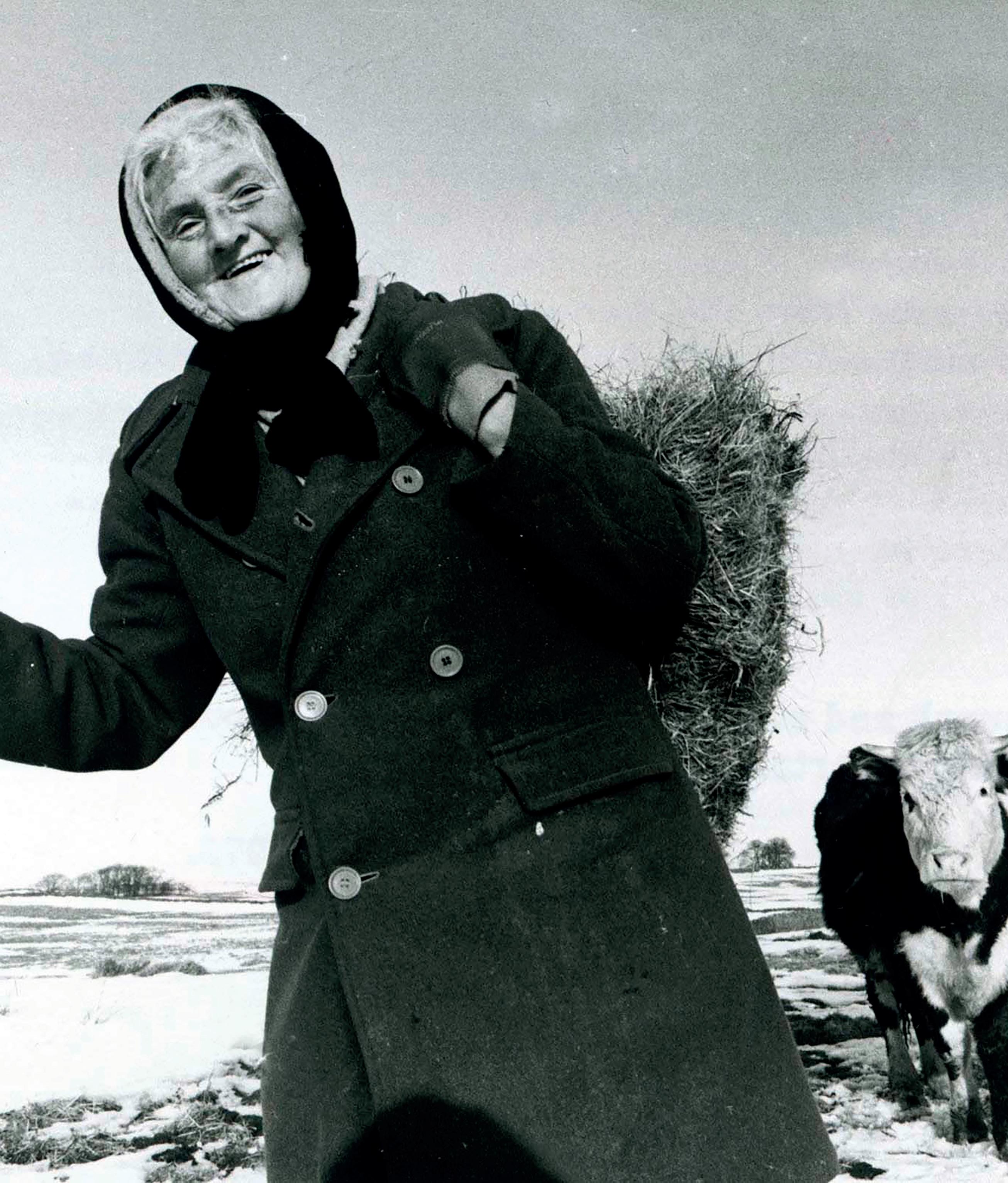

Every
PUTyourbestweatheranorakson please:Ihavebeeninreal‘weather nerd’modethisweekandIwouldlike youtojoinmeforthefewminutesit takestoreadthisweek’scolumn.
Therehasbeensomuchtalkrecently aboutartificialintelligence(AI)and whatitmightmeanforhumanity.Well, Icannotanswerthatquestion,butwhat Icandoistellyouaboutanexciting
AIdevelopmentinweatherforecasting.
Therearemanycompanies currentlyexperimentingwithusing machinelearningandAItoimprove traditionalnumericalweather modelling.Forexample,Googlehasan ‘atmosphericmodel’producedusingits DeepMindproject.Thesemodelsare nowavailableforalltoviewanduse, andthemostconvenientplacetoview
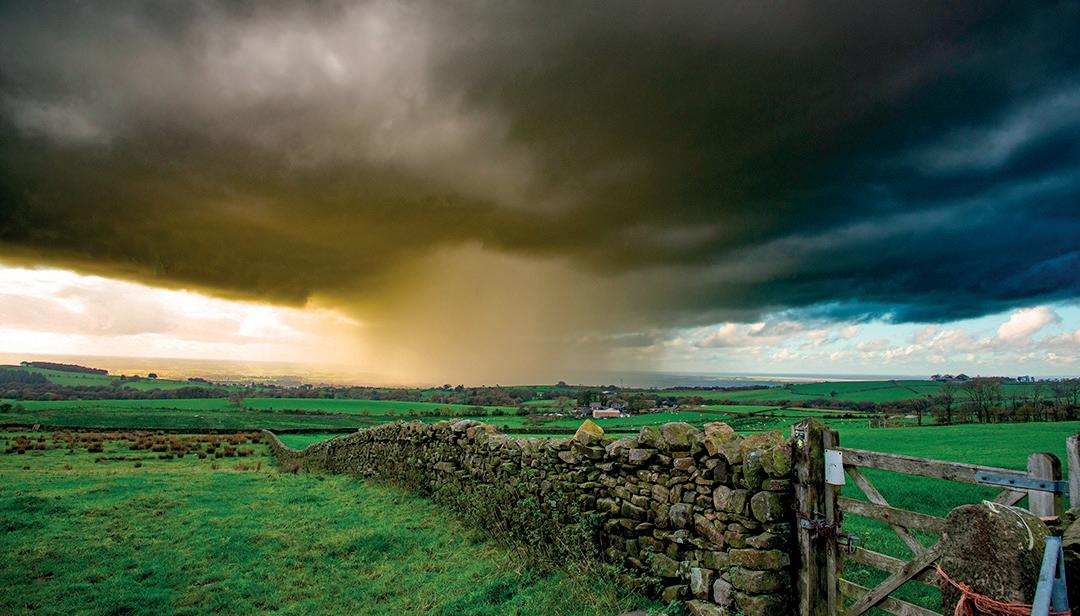



themisthroughtheEuropeanCentre forMedium-RangeWeatherForecasts (ECMWF)website.
ButECMWFhavegoneastep furtherandreleasedtheoutputof theirArtificialIntelligenceForecasting System(AIFS)modelforforecasters touseoperationally.
AIFSisdescribedasexperimental, butwehavebeenusingitandthe resultsareinterestingtosaytheleast.
Basically,AIFSusesthetraditional ECMWFmodel(whichisacknowledged asbeingoneofthebetterweather models)asastartingpoint;whatwe calltheinitialisation.
Itthenappliessomeveryclever machinelearningtechniquestoimprove theseforecasts,theresultbeingthe AIFS,whichcurrentlyextendsto10 daysahead.Itisveryfastandtake minutestoproduce.
TheresultsfromAIFSwhen comparedtotraditionalmodelling showasignificantimprovementon thesepreviousforecastsanditdoes


seemtobeaheadofthegame whenweatherchangesareafoot.
Iwillbemonitoringdevelopments ofAIFSoverthecomingweeksand monthsandwillkeepyouupdated, butthegoodnewsisthatforecasts couldbeabouttogetsignificantly moreaccurate.








Scottish Borders Kate Rowell
Lancashire Amy Wilkinson
Cornwall
Alan Carter farms in partnership with his parents, Paul and Christine, on a 162 hectare (400-acre), 400-cow dairy unit at Constantine, Cornwall, with 130 milking cows, supplying Saputo.
Alan, also a Parish Councillor, and his wife Sarah, have two children, Ross and Dana.
It has been raining. A lot. There is not much to add to that really, apart from the fields are sharing more characteristics with the ocean than the land now.
Water seems to be everywhere and spring turnout feels as distant now as it did in December.
I am guessing it will stop raining at some point and I am really looking forward to when that time comes.
Last month we sold 30 stores at the
bovine TB sale at Hallworthy Market. We sell one group in February and another in ummer.
This group sold well and achieved one of the best averages we have had selling Hereford crosses.
We will have plenty to sell for the next few years as a new Hereford bull has just arrived on the farm.
He is from the Hawke’s Hustyn herd at Wadebridge and has settled in well with the cows.
At the start of February, I attended the aspiration day at the village primary school.
The children were asked to dress up as the job they would like to do when they are older. The headteacher asked for parents to volunteer to give a talk to a class about their career and Sarah put my name down.
I was asked to speak to the Year 2 class (seven-year-olds) for about 20 minutes during the afternoon.
I took up some samples of the feed

that we give to the animals and a milking unit. But there was one definite star of the afternoon, Kellogg, our one-eyed rooster.
I thought about taking a calf up to show the children, but a risk assessment had to be filled out, so we decided on the rooster.
Kellogg was brought in to the vets that Sarah works at after he was abandoned in Penzance. He had an infected eye which had to be removed, and after a fortnight of not being claimed, he needed a home, and ended up here.
He behaved very well at school and the children loved sharing the carpet with a very large chicken.
The children asked some great

questions and one was dressed as a farmer – and he was not from a farming family – which I thought was quite encouraging.
I have been following the Welsh farmers’ protest at Cardiff and wish them well in trying to protect their farms and livelihoods. As the primary producer, it can feel like you are at the bottom of the pyramid, with the pressure put on you by everyone else involved in the chain weighing down on you.
And the weight feels mighty heavy right now. But I always try to remember that the bottom of a pyramid is the largest part of it, and without a strong and secure base, the pyramid falls.
Sendinyourcorrectentriestobeinwithachanceofwinning£20worthof Love2shopvoucherseverymonth.Sendto:CrosswordNo.1235,Farmers Guardian,Unit4,FulwoodBusinessPark,CaxtonRoad,Fulwood,Preston,PR29NZ.
1 Game, maybe and 7, 8, 10 and 12 (4,7)
7 Motoring organisation swindle takes in old masked dustbin-scavenger (7)
8 Work on outsize problem for this American marsupial (7)
10 Marsh grass turned over for ruminant mammal (4)
11 Lofty nest, see, with trimmed bird back inside (5)
12 Rear female deer (4)
15 Defer mail accepting US pressure (7)
16 Bizarre drunken rulers circling area (7)
17 Gap in old enclosure in front of garden (7)
20 Make firm points to clinch argument (7)
22 Bitterness of topped golf stroke (4)
23 Money for enclosure to keep stray animals (5)
24 Dress some of England’s aristocracy (4)
27 Pakistan nickel partly relating to tin (7)
28 Tolerate mostly massive tight embrace (4,3)
29 Comparing top performer, one shining after sunset (7,4)
1 We stick around these small gates (7)
2 Can name simple-minded person (4)
3 Irritated when anyone’s horrible about daughter (7)
4 Instances of humour that is found in clubs (7)
5 Star turns up in bard’s river (4)
6 In part assist in enhancing this chapel (7)
7 Again finds intricate Verdi scores (11)
9 Malicious slander - throwing dirt around (11)
13 I wept about little bird (5)
14 Gold coin put into circulation (5)
18 Deeply impress frenzied avenger (7)
19 Lacking touch of artistry, coaching differently, making mini dumplings (7)
20 Treat harshly way of protecting against floods (7)
21 Great achievement of the one indoors, maybe. Do this to one’s nest! (7)
25 Formerly concealed content (4)
26 Ultimate cobbler’s model of a foot (4)
Answers to crossword 1233: Across: 1 Banana skins, 9 Ascetic, 10 On the go, 11 Maple-leaf, 12 Nomad, 13 To-dos, 14 Collegian, 18 Solos, 20 Apple, 22 Emollient, 24 Amoroso, 25 Snarl-up,
armer protests have been ongoing in Wales for some weeks now.
The catalyst for this has been the details in the final consultation for the Sustainable Farming Scheme (SFS), requiring 10 per cent trees and 10 per cent habitat across all farms, projecting excessive job losses on farm (5,500 to be precise) and huge demand on gathering of farm data with no justification as to why or how much farmers may be paid
for this, let alone who will have ownership of this data.
But the issues are far deeper than SFS – bovine TB is taking more and more farms to breaking point, Nitrate Vulnerable Zone requirements are asking the financially impossible, and loss of Glastir (Wales’ environmental payment) which is currently being substituted by a fourth division counterpart ,are some of the compounding issues.
Added to this are continual inflammatory comments coming






from Senedd members that farm support ‘is going into farmers’ pockets instead of feeding people’, farmers have ‘no right to decide how taxpayer money is spent’ (not helpful while we are in a consultation period) and ‘this is what happens when farmers vote for Brexit’.
All this would leave anyone wondering what actual farming does Wales want?
What we really need now is for the Welsh Government to hit the refresh button.
Evolving farm support must provide three things.
Firstly, safe, affordable food must be top priority and absolutely this means it has to be British — and in this scenario, Welsh.
Why? Because world food supply is no longer a guarantee, and neither is safe, unexploited food.
Recent figures show 15 per cent of British citizens are in food poverty, this has to stop, and providing stability for farming businesses to ride the production rollercoaster and grow their businesses is paramount.
Secondly, it must be recognised that biodiversity and farming go hand in hand, it does not need to be a choice between one or the other.
Thirdly, farms can use their unique ability to sequester carbon to help combat global climate change commitments; but this can be done in a number of ways, trees are far from the only option.
This week NFU Cymru placed 5,500 wellies outside the Senedd as a visual representation of what these job losses will really mean.
Setting these wellies out at 6am was very moving. Volunteers from across Wales dragged more than 70 dumpy bags full of boots and set them out one at a time.
Some wellies had notes in memory of relatives, some came tied together and asked to remain so.
Many members of the public have stopped to enquire what we are doing, some have even been moved to tears.
Children’s wellies stand beside the adults, we all know the reason why. They stand silent and empty, but with steely determination. We are not done yet.


